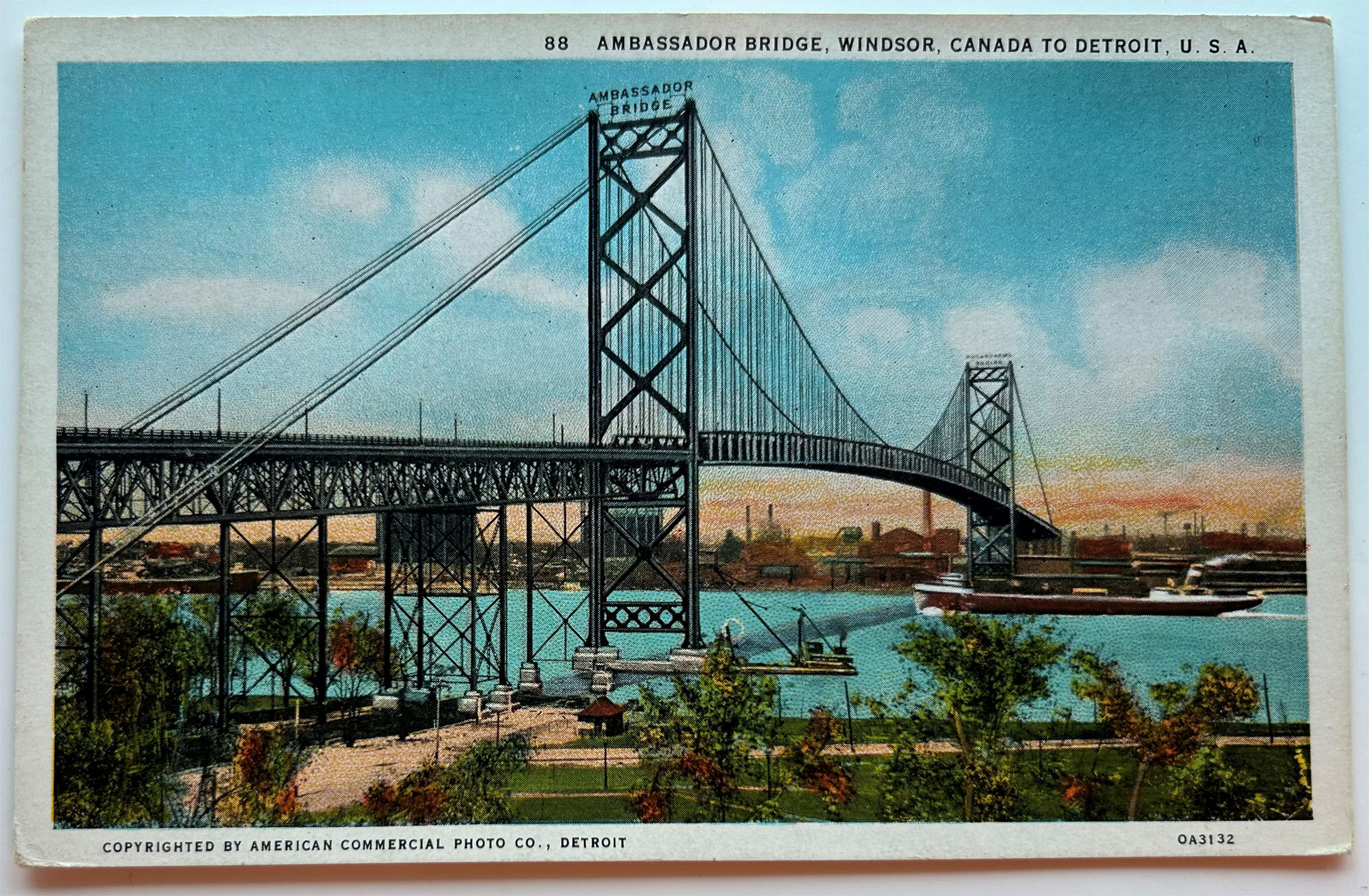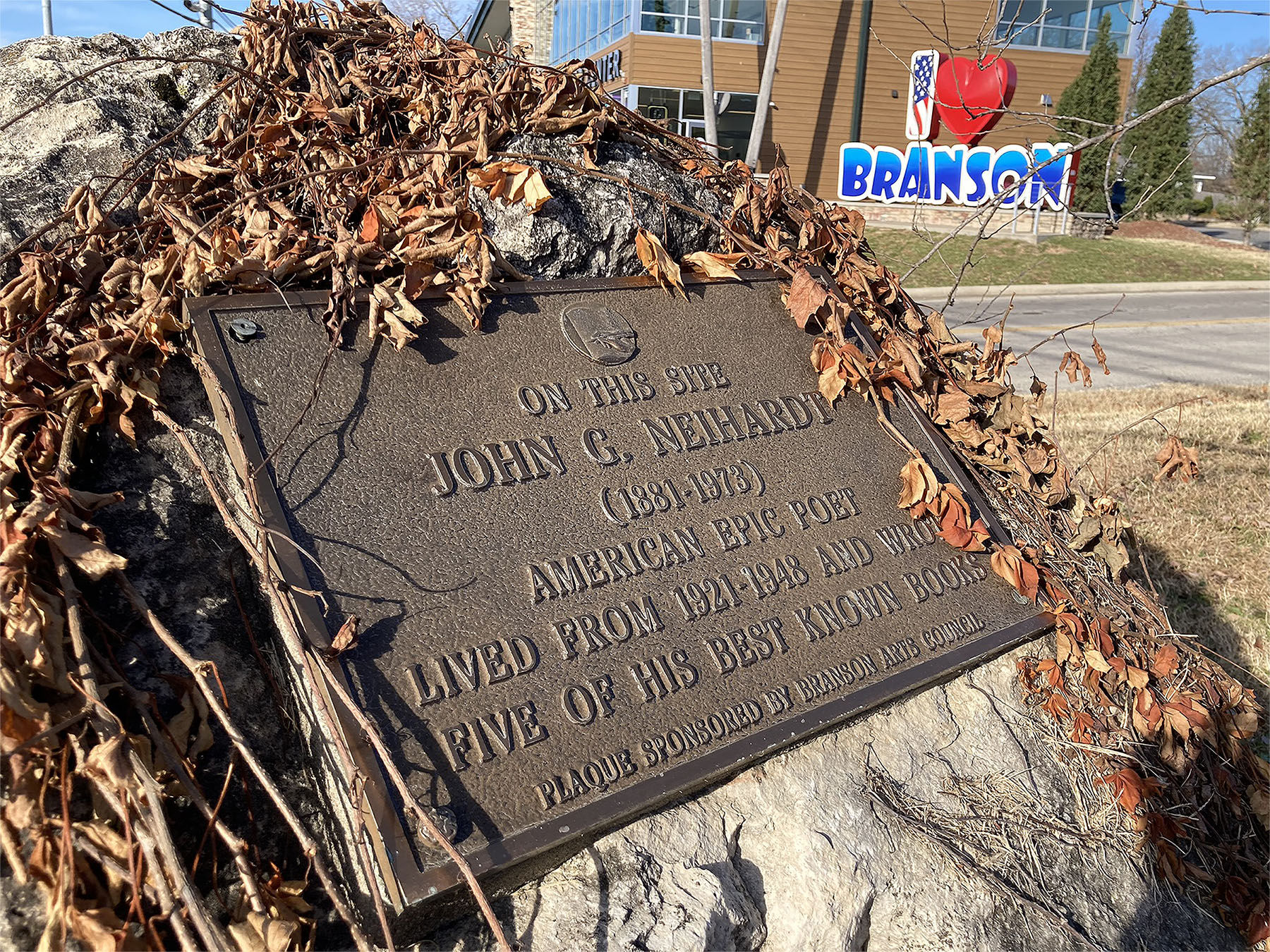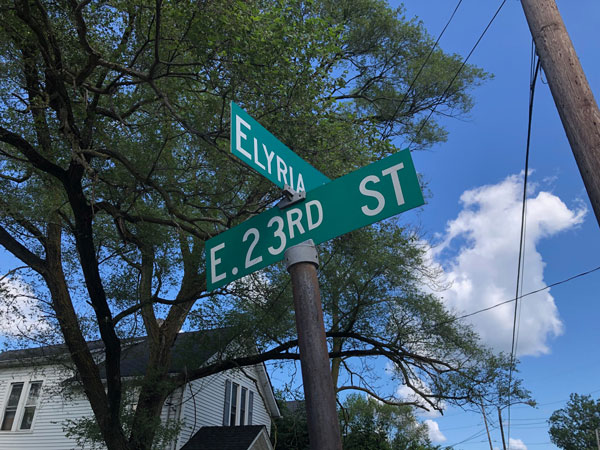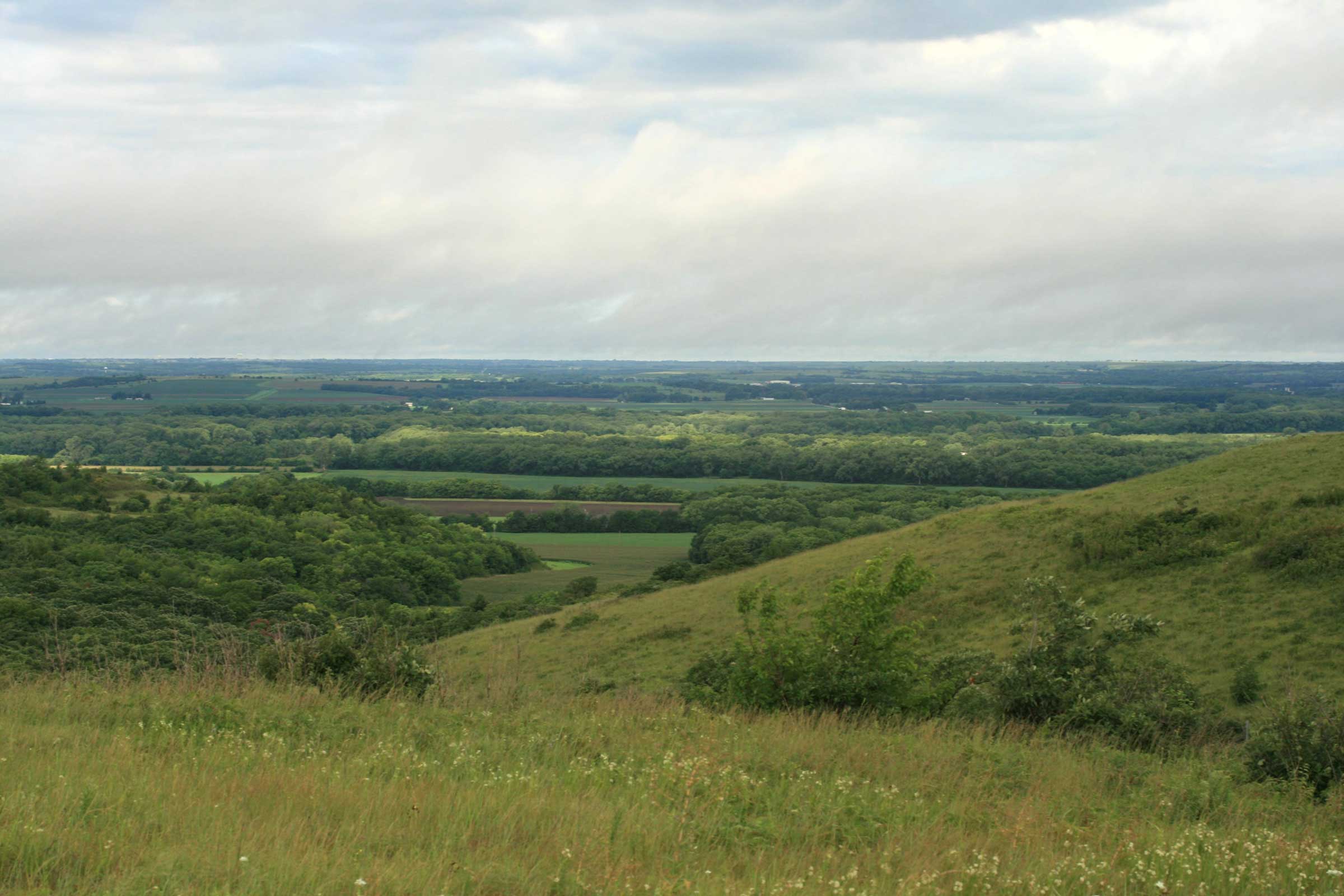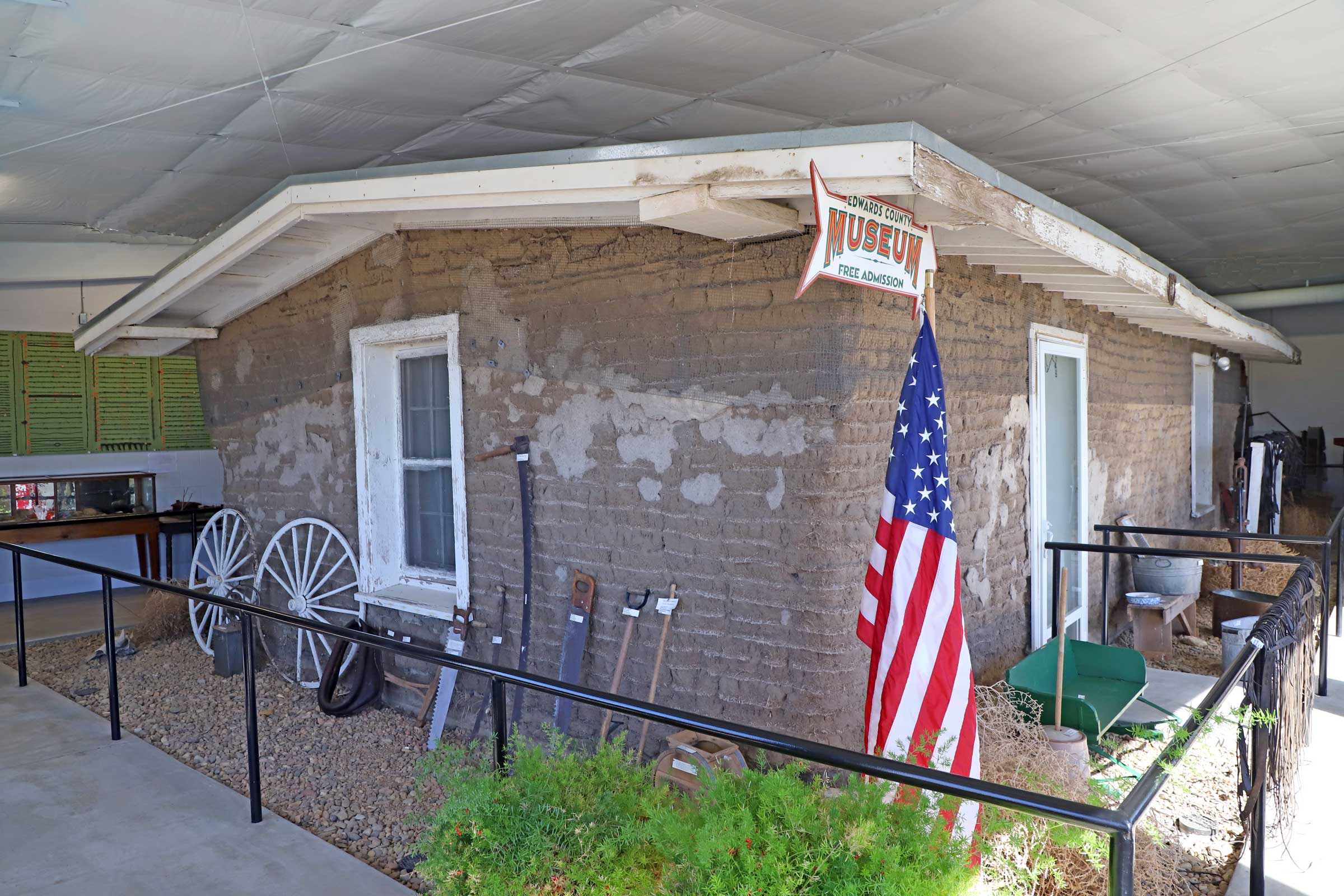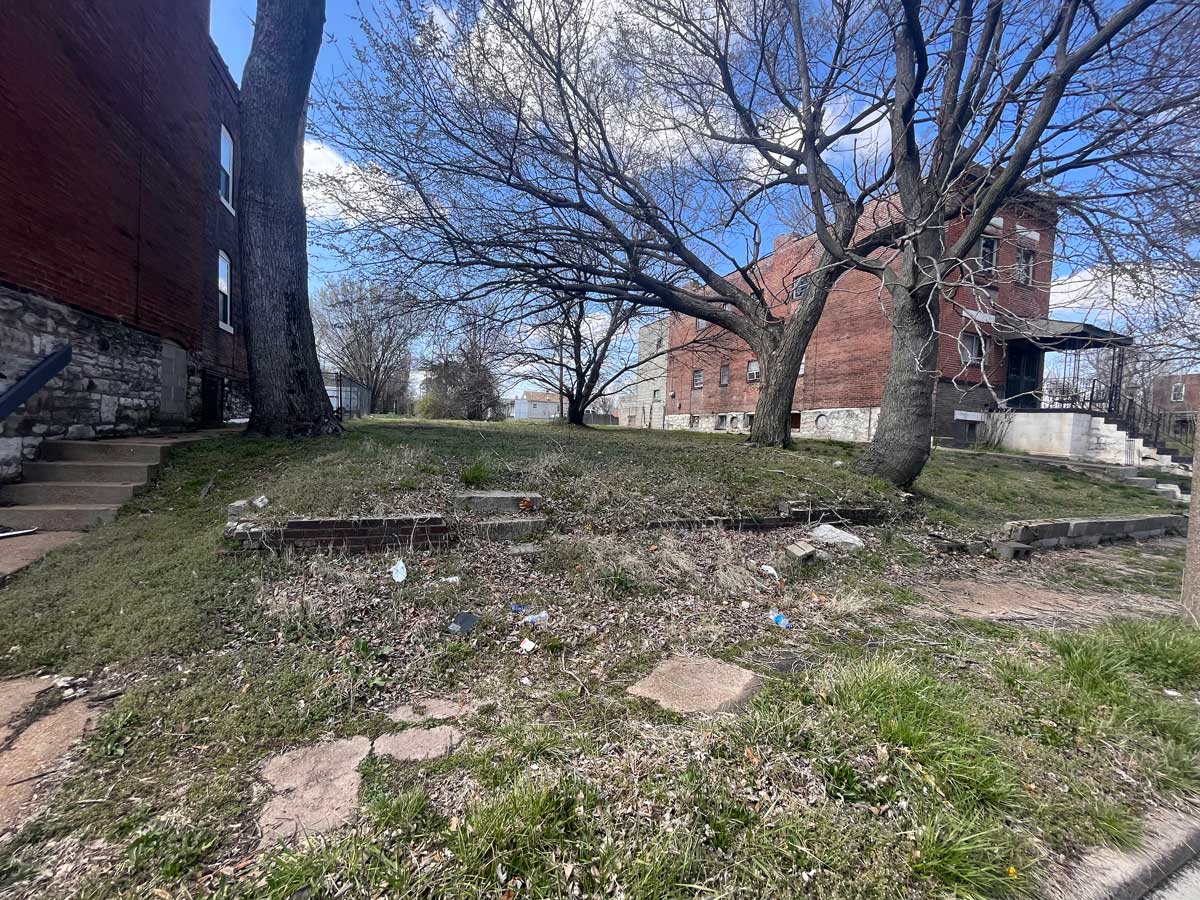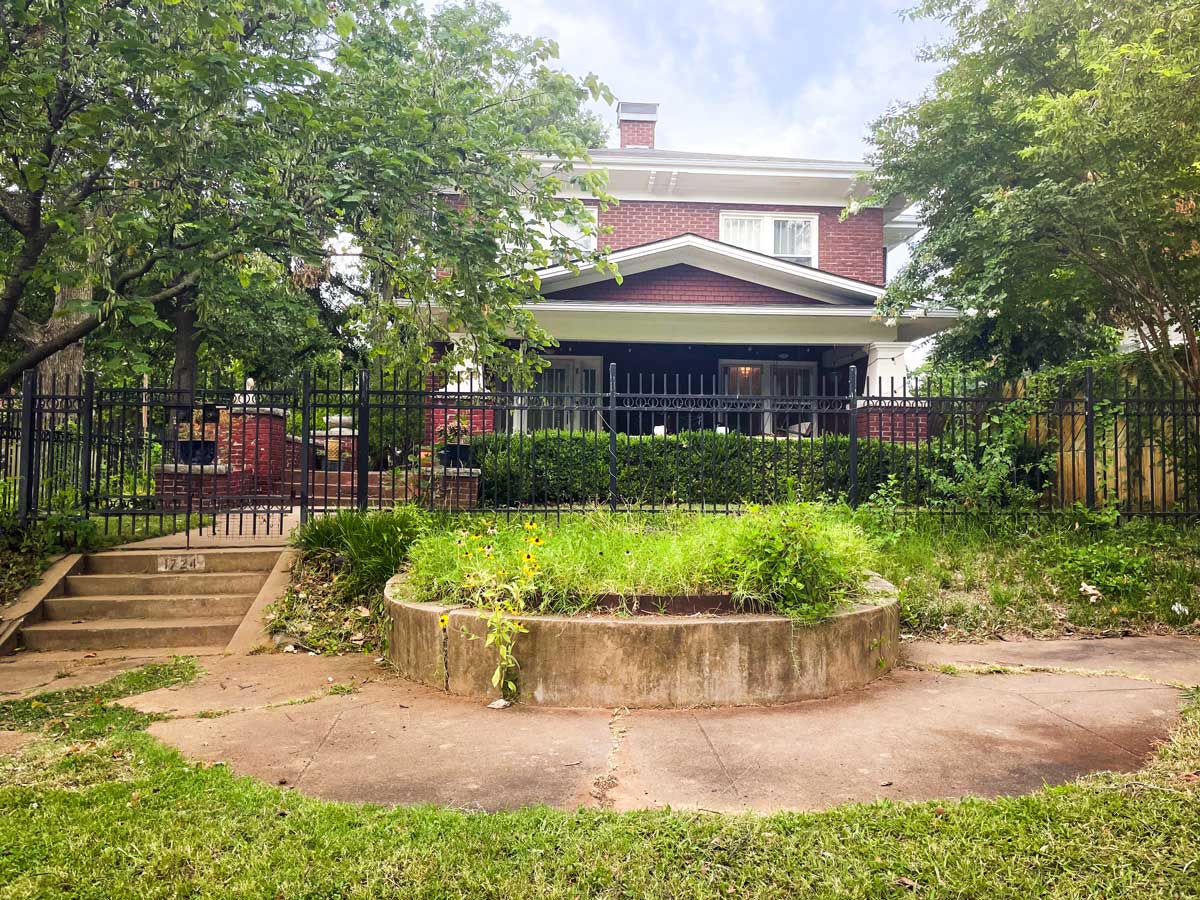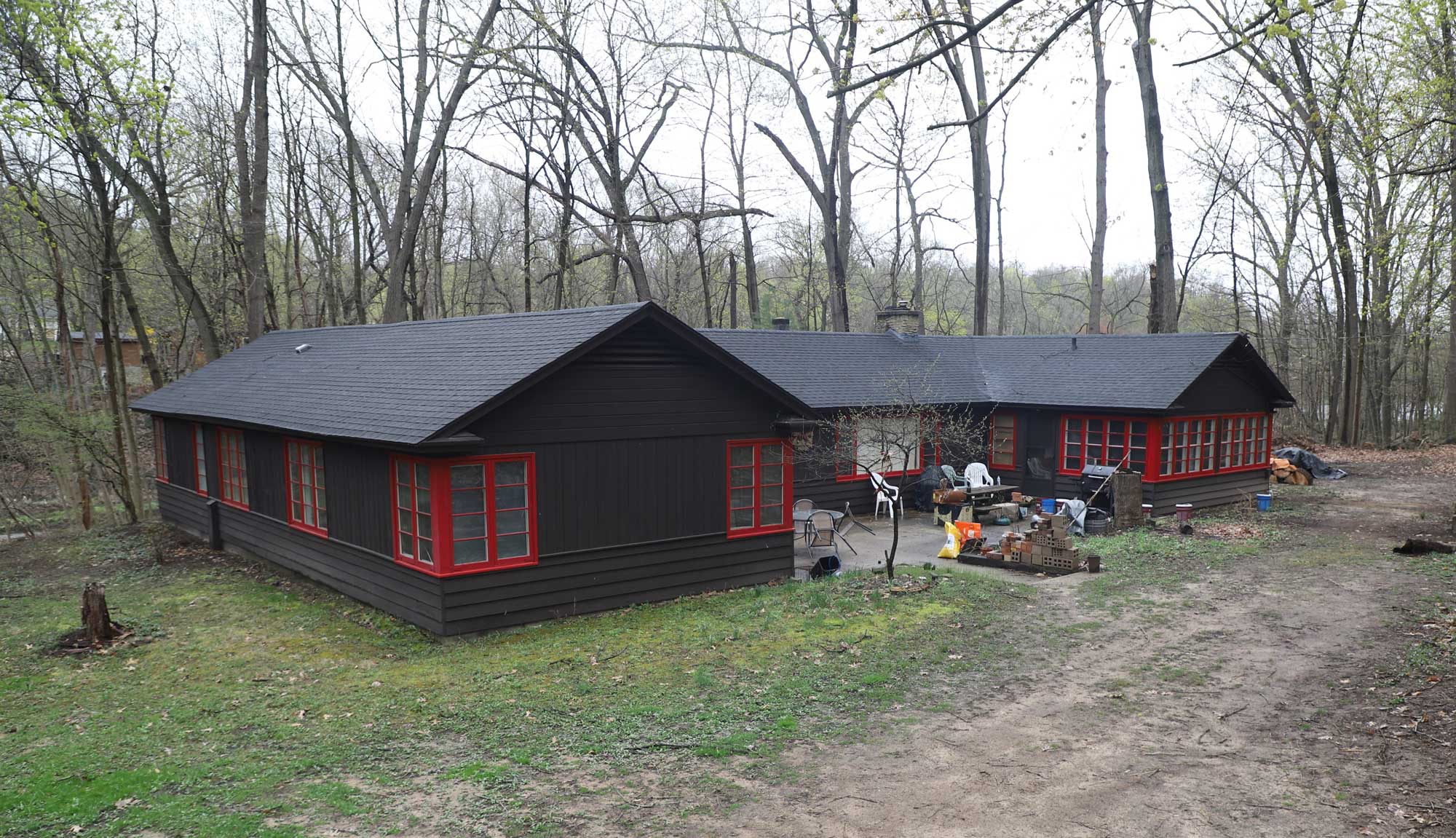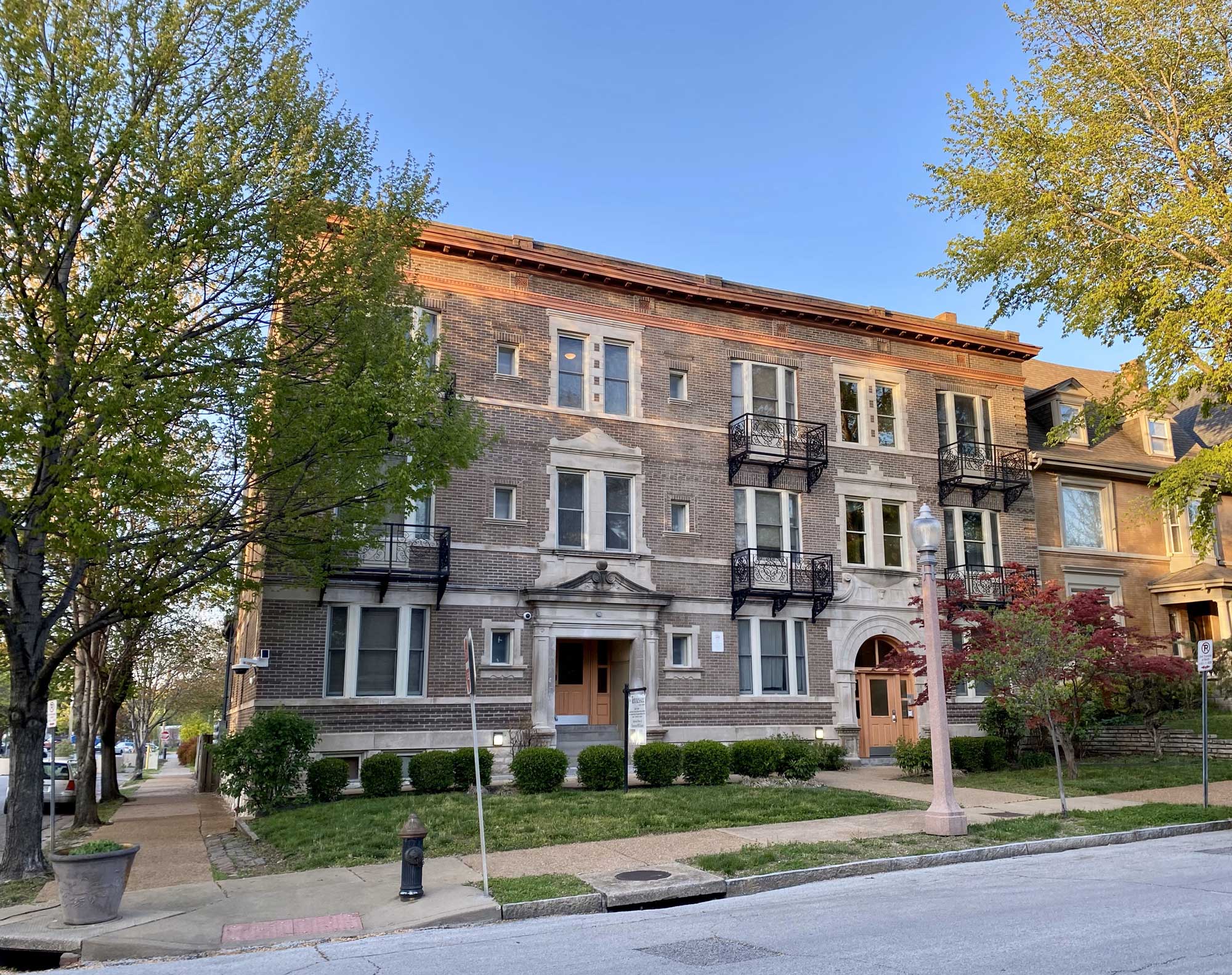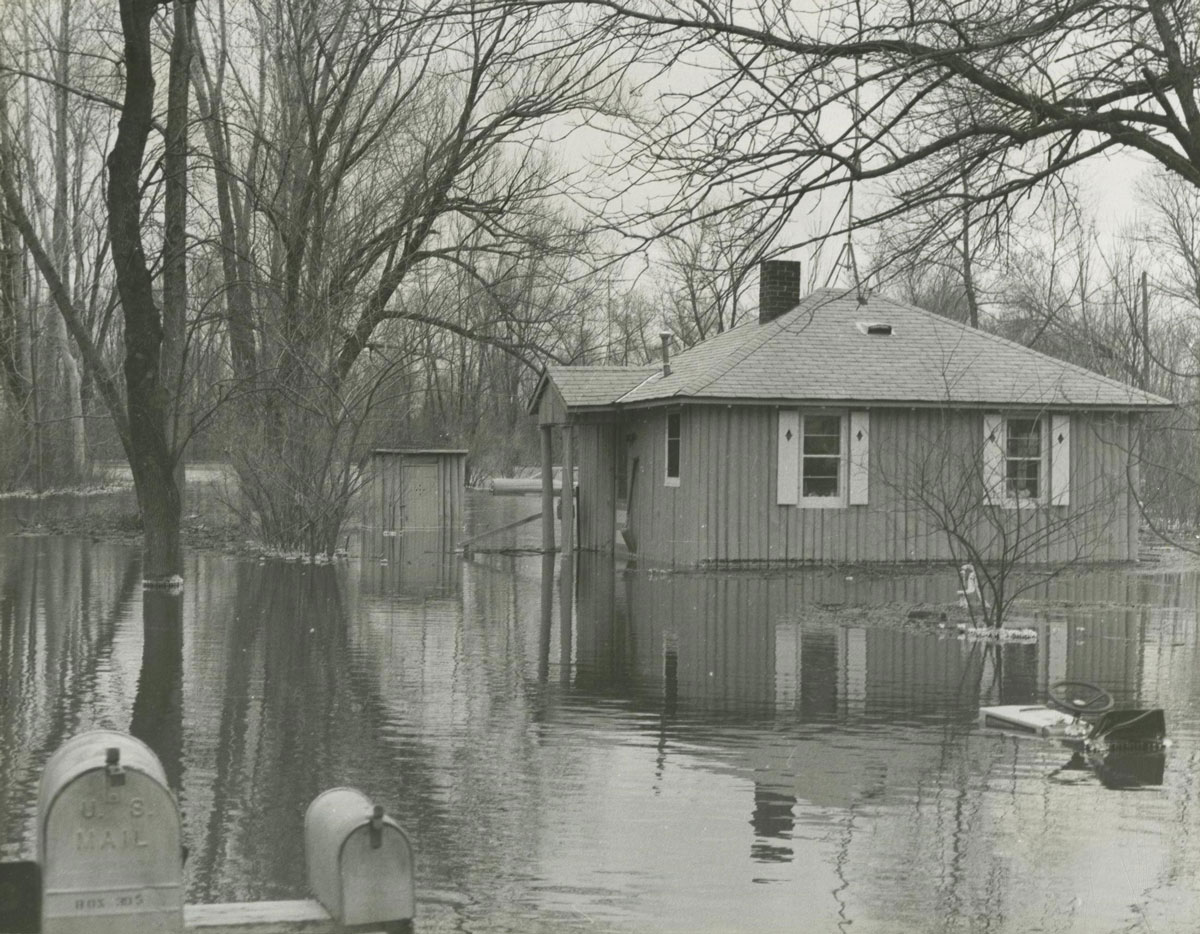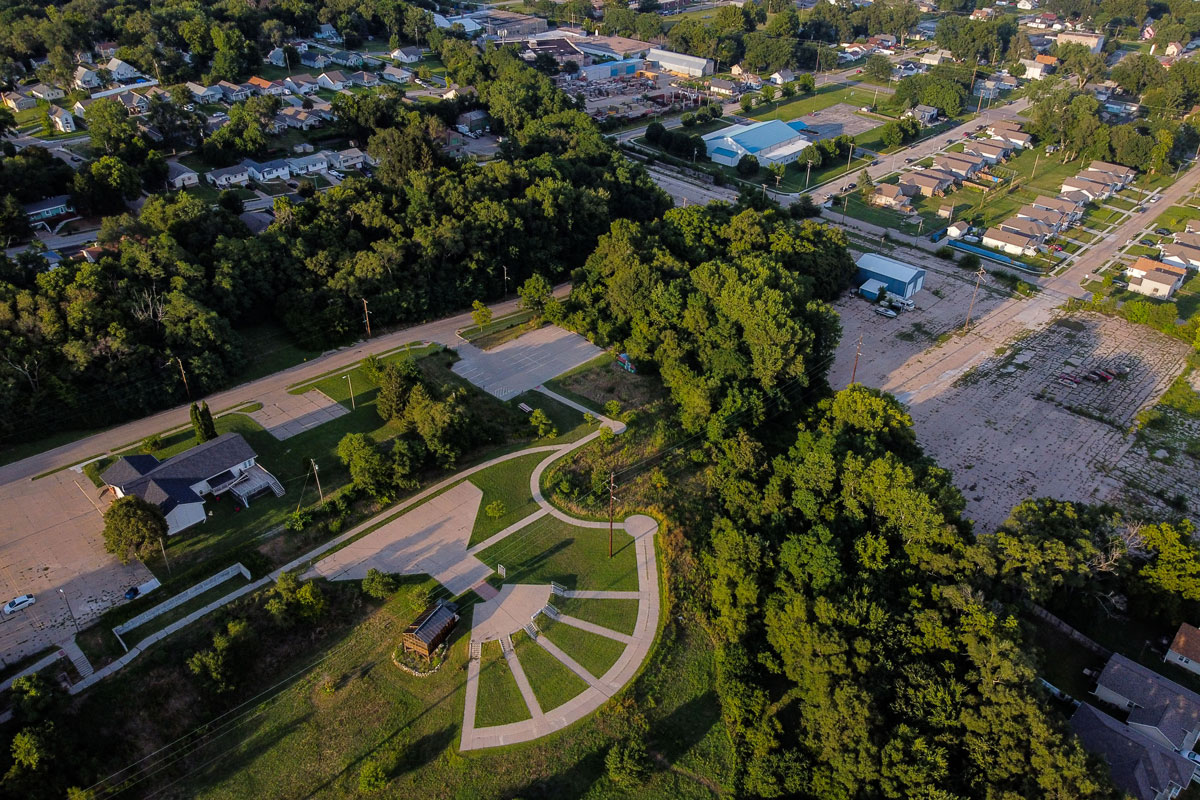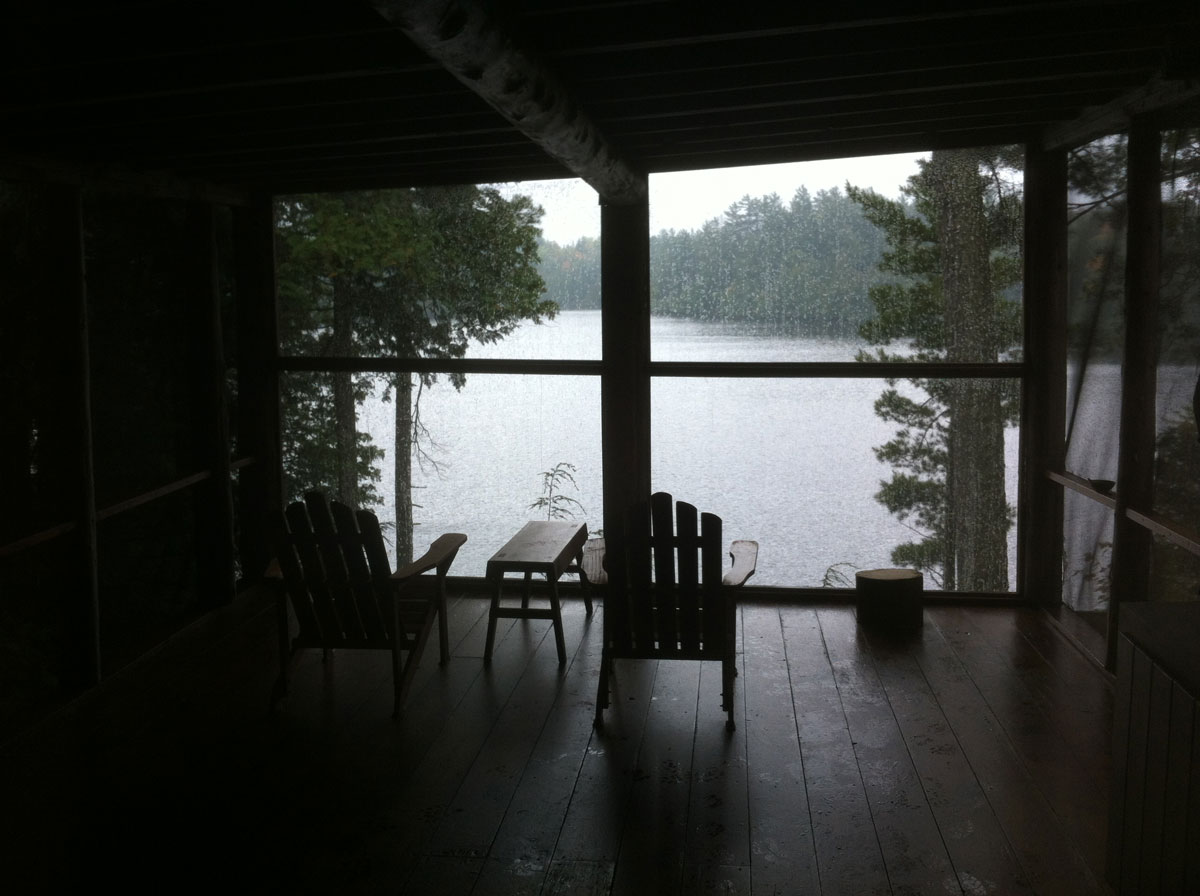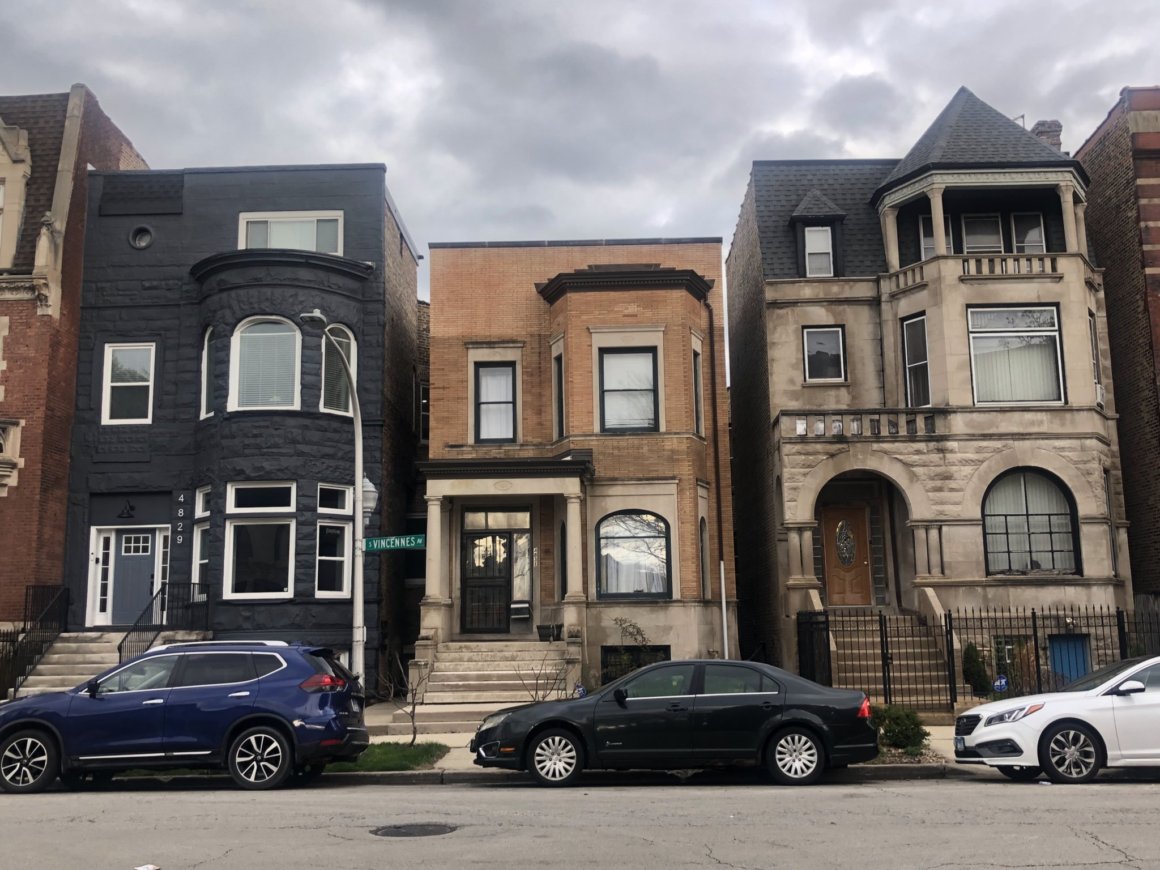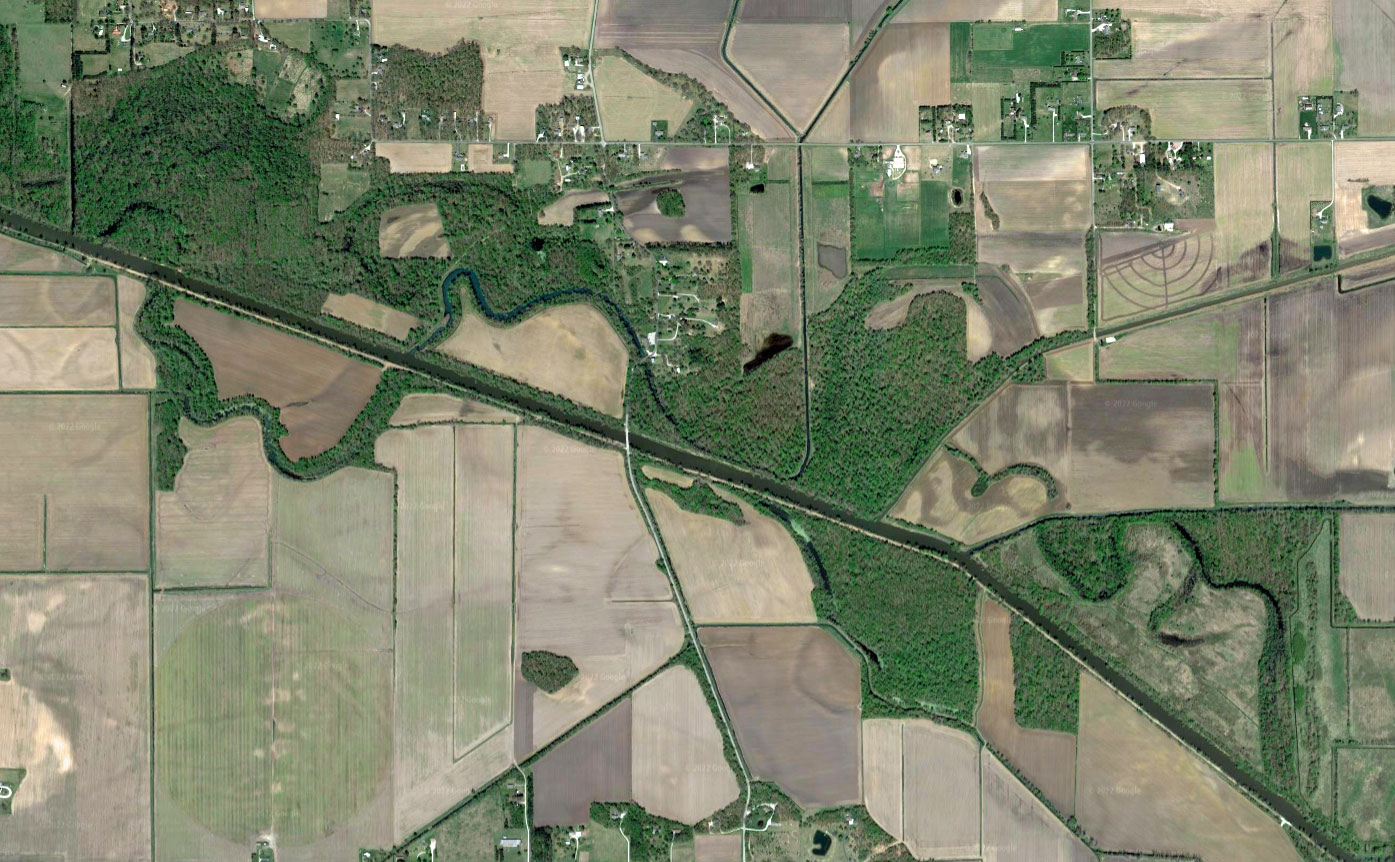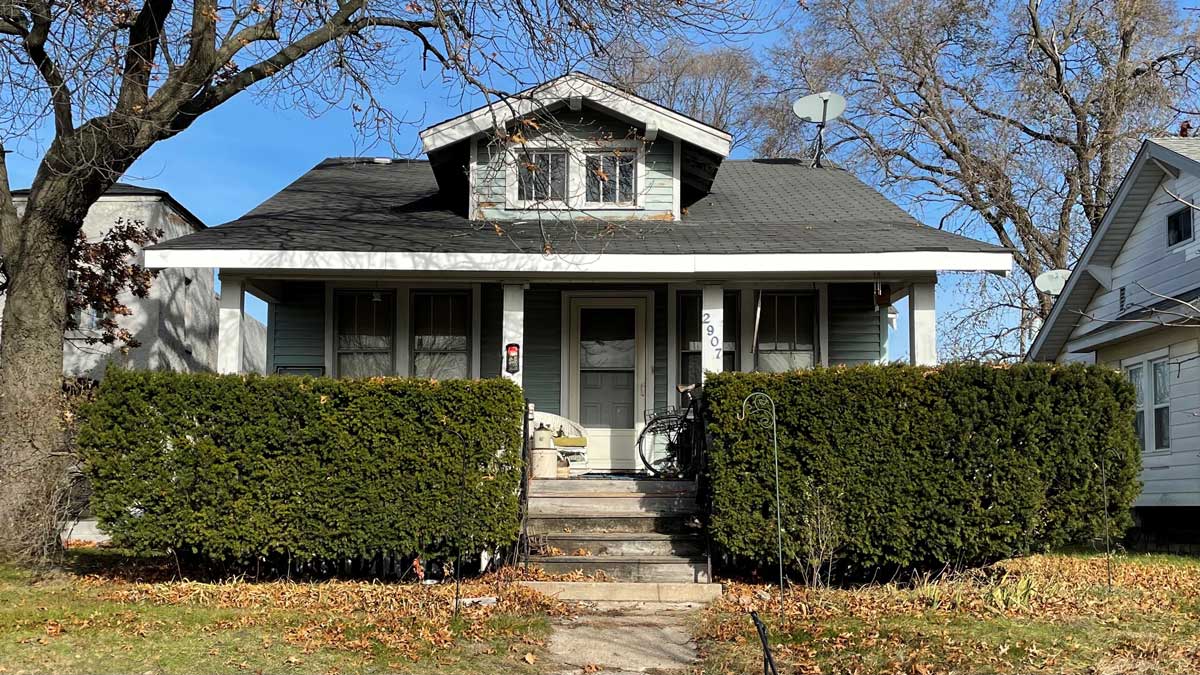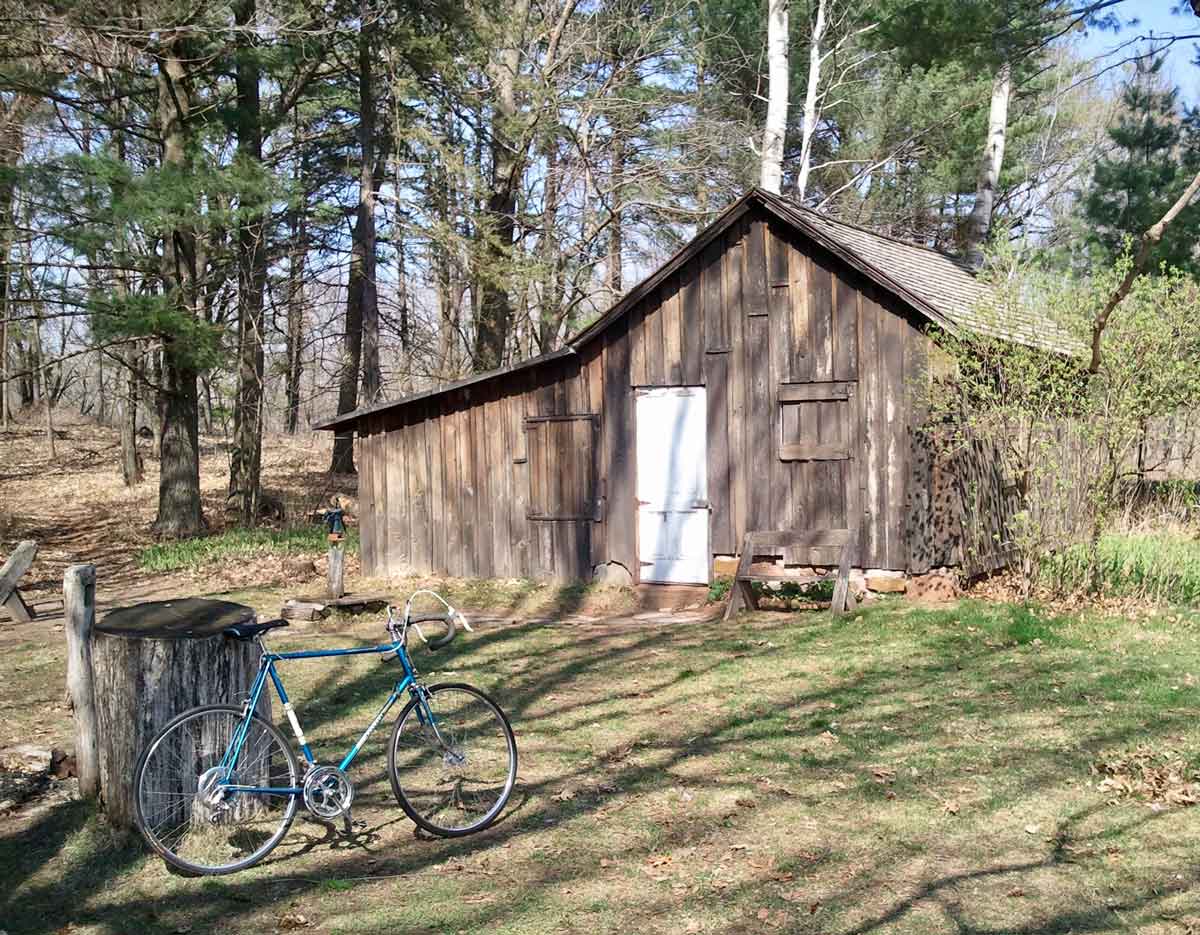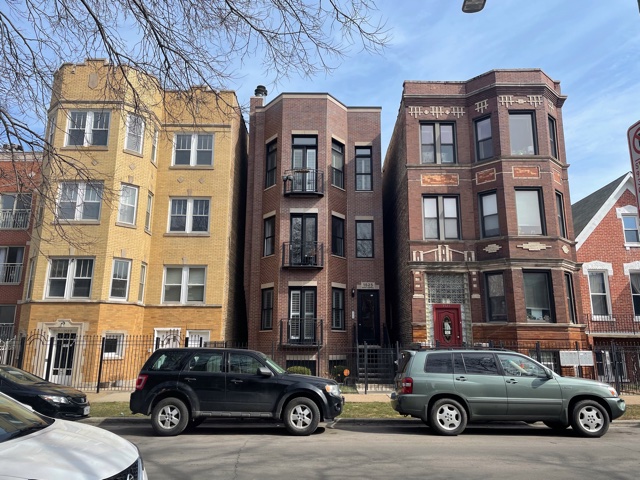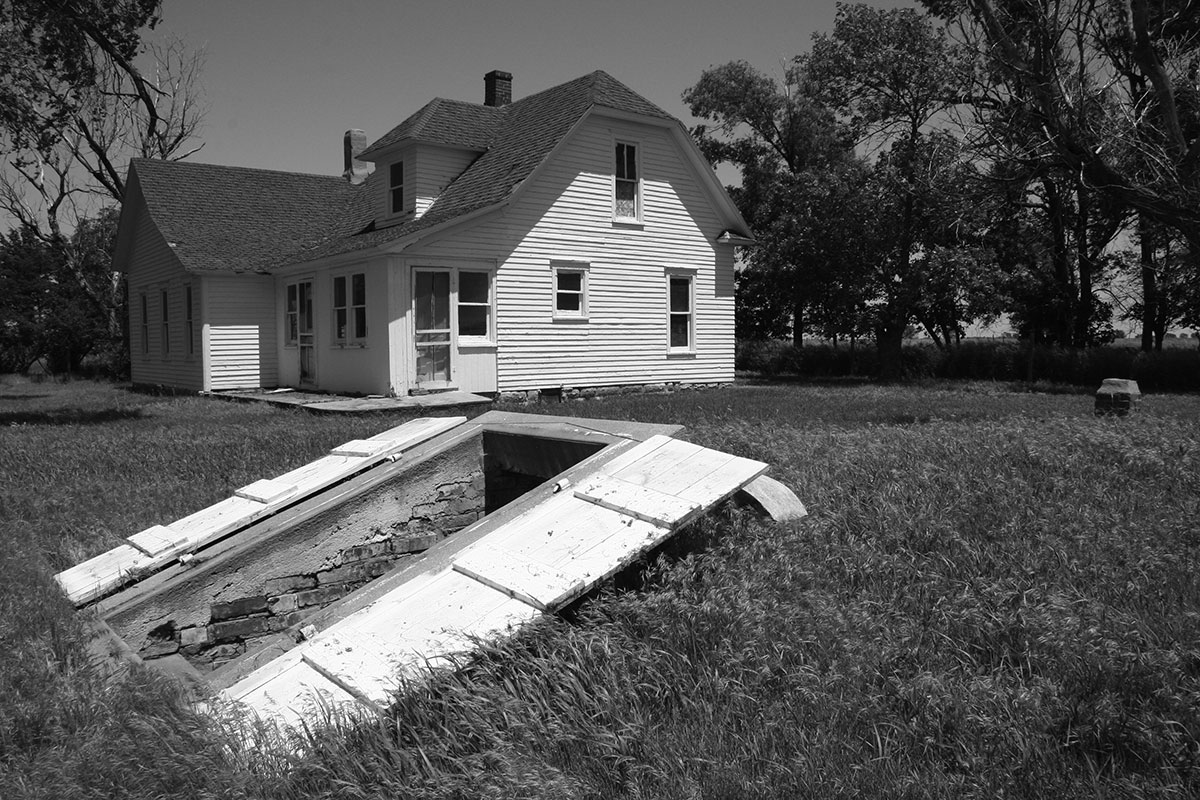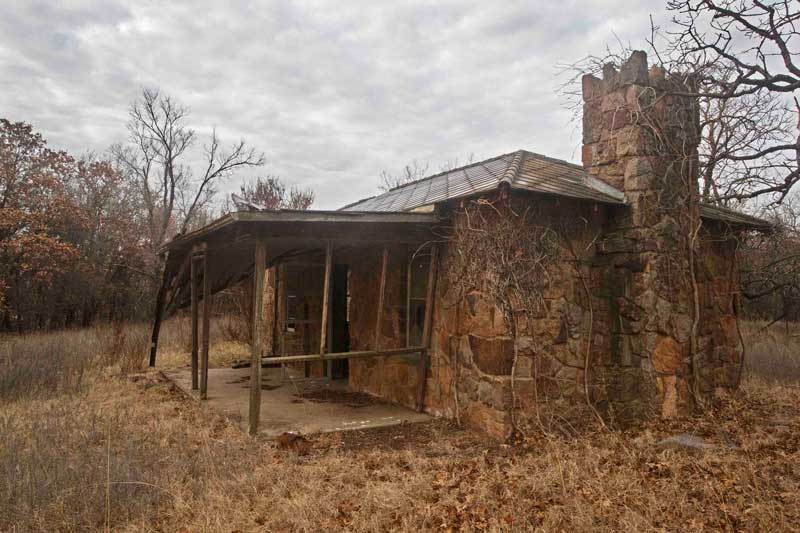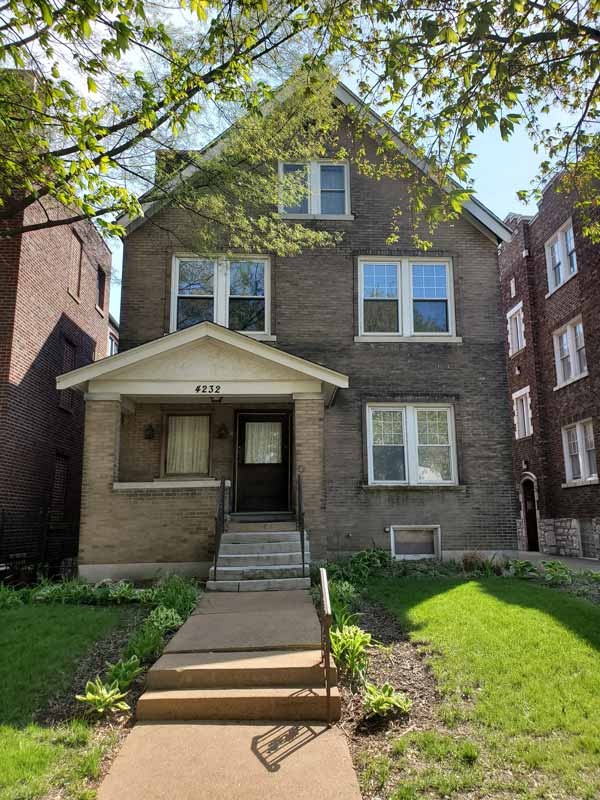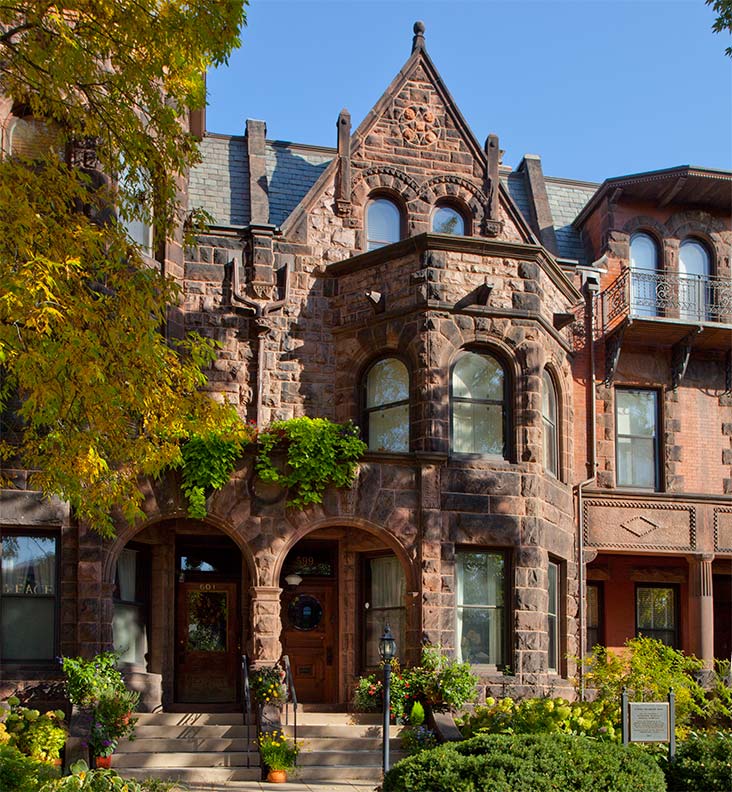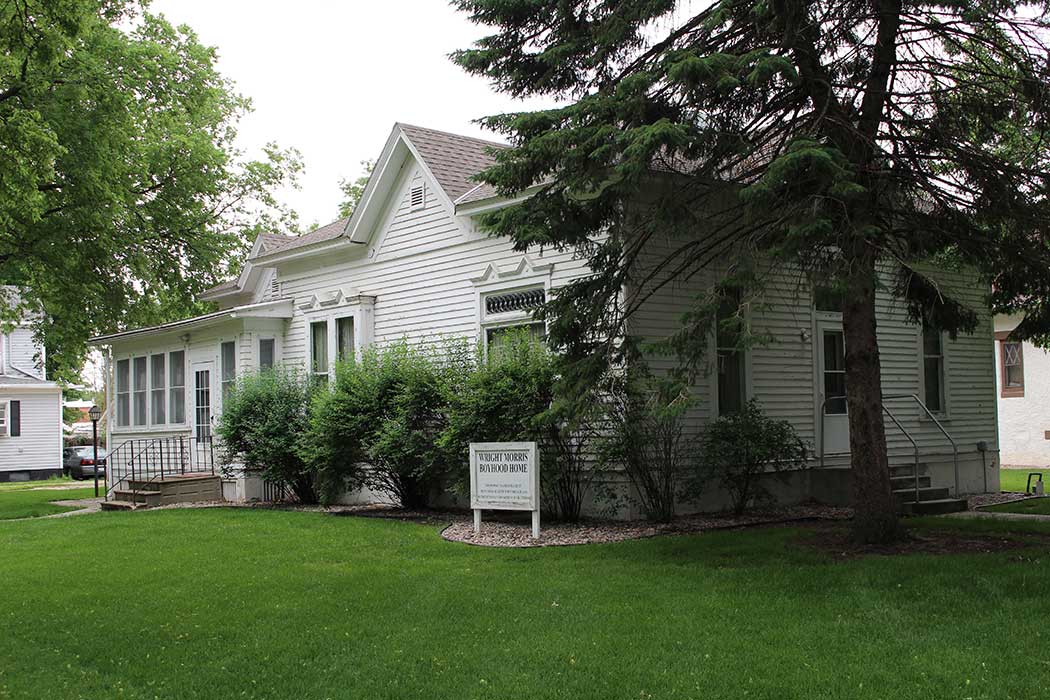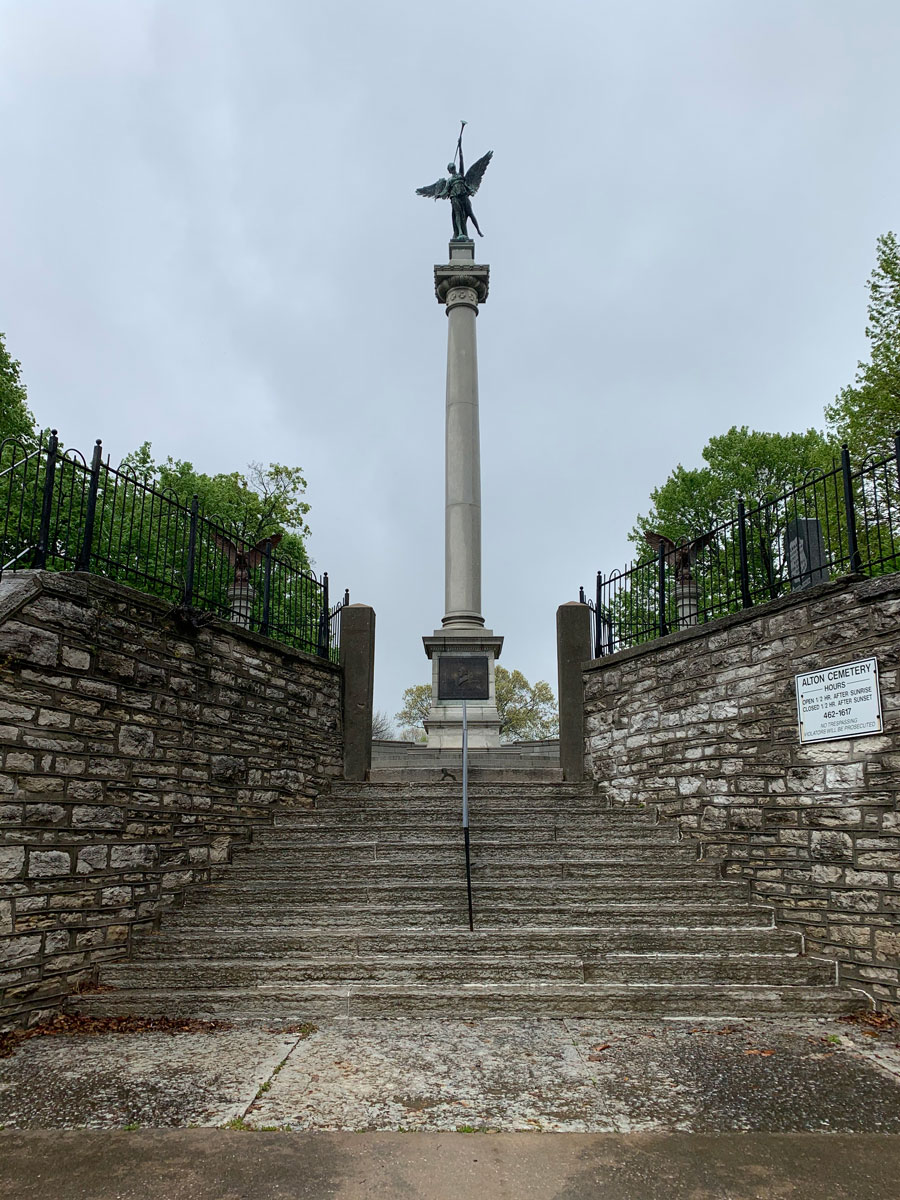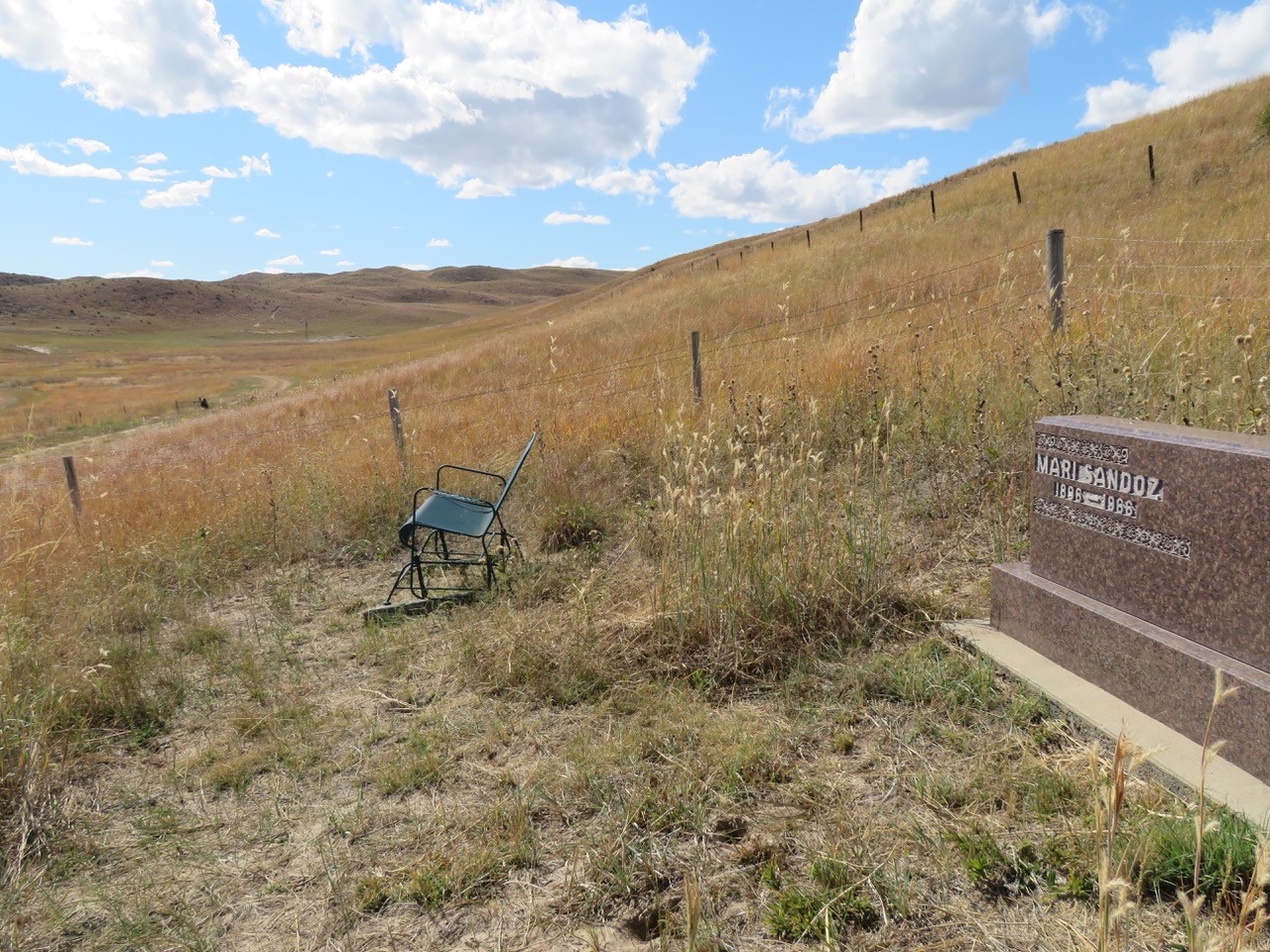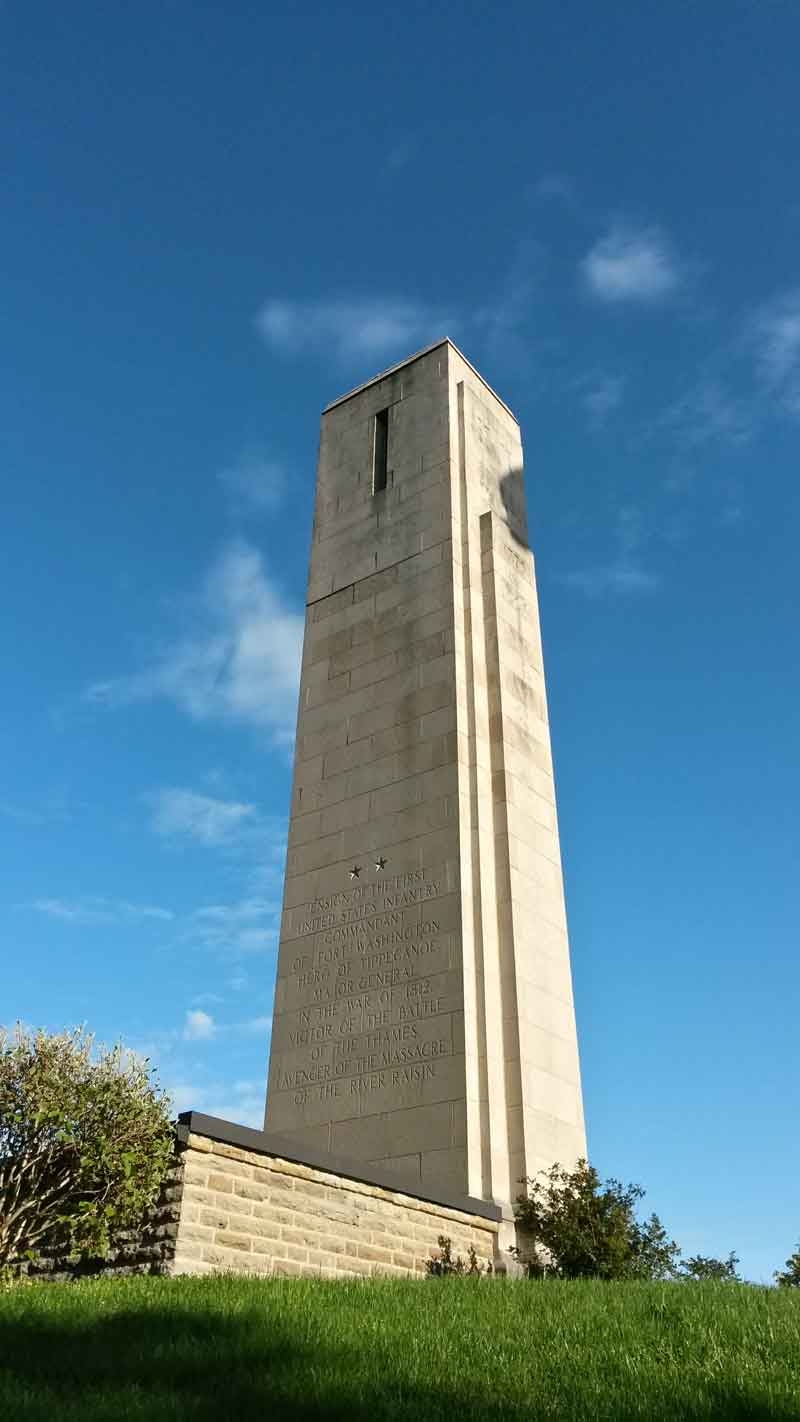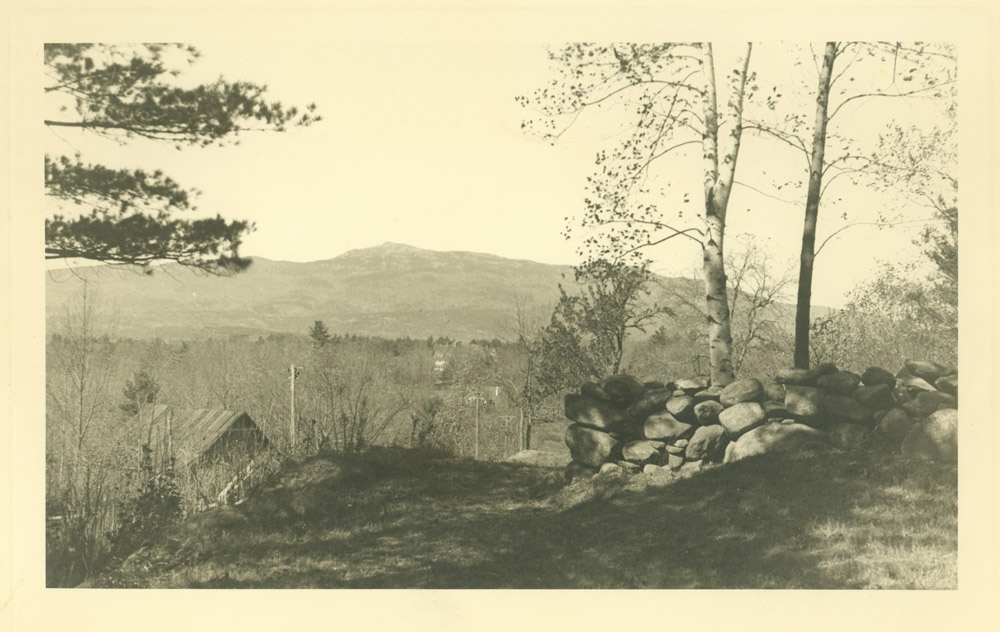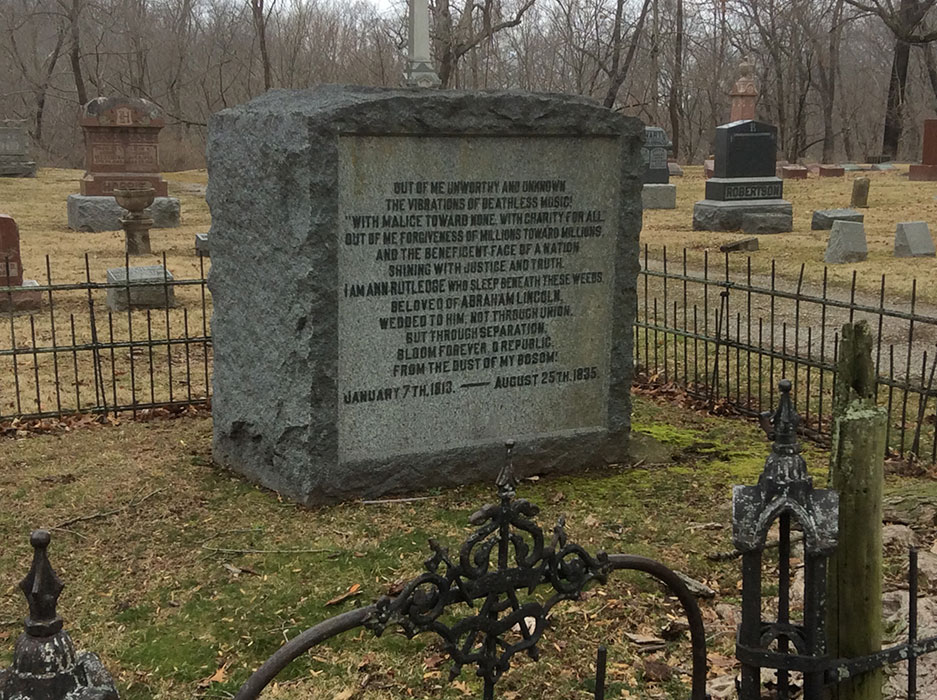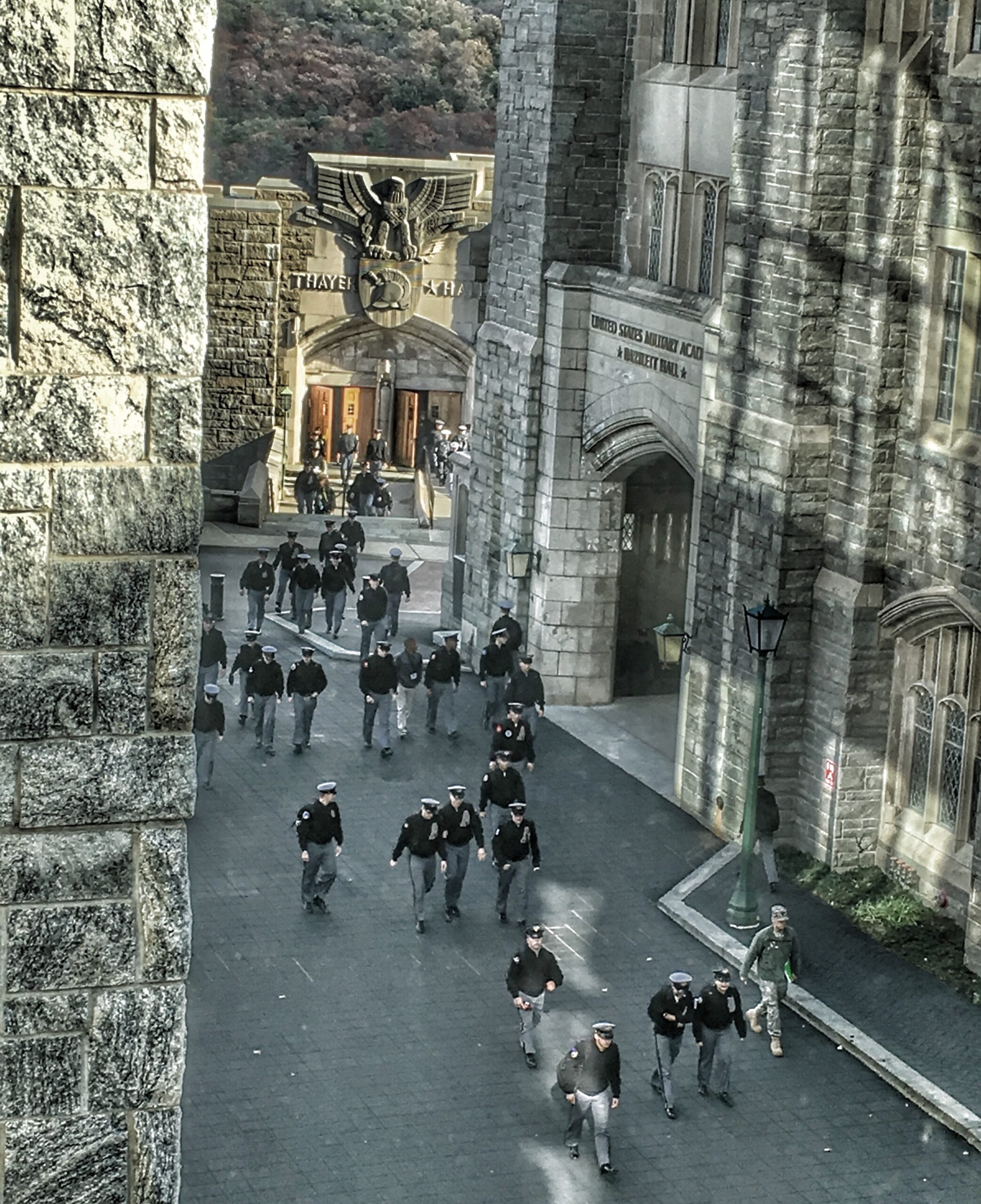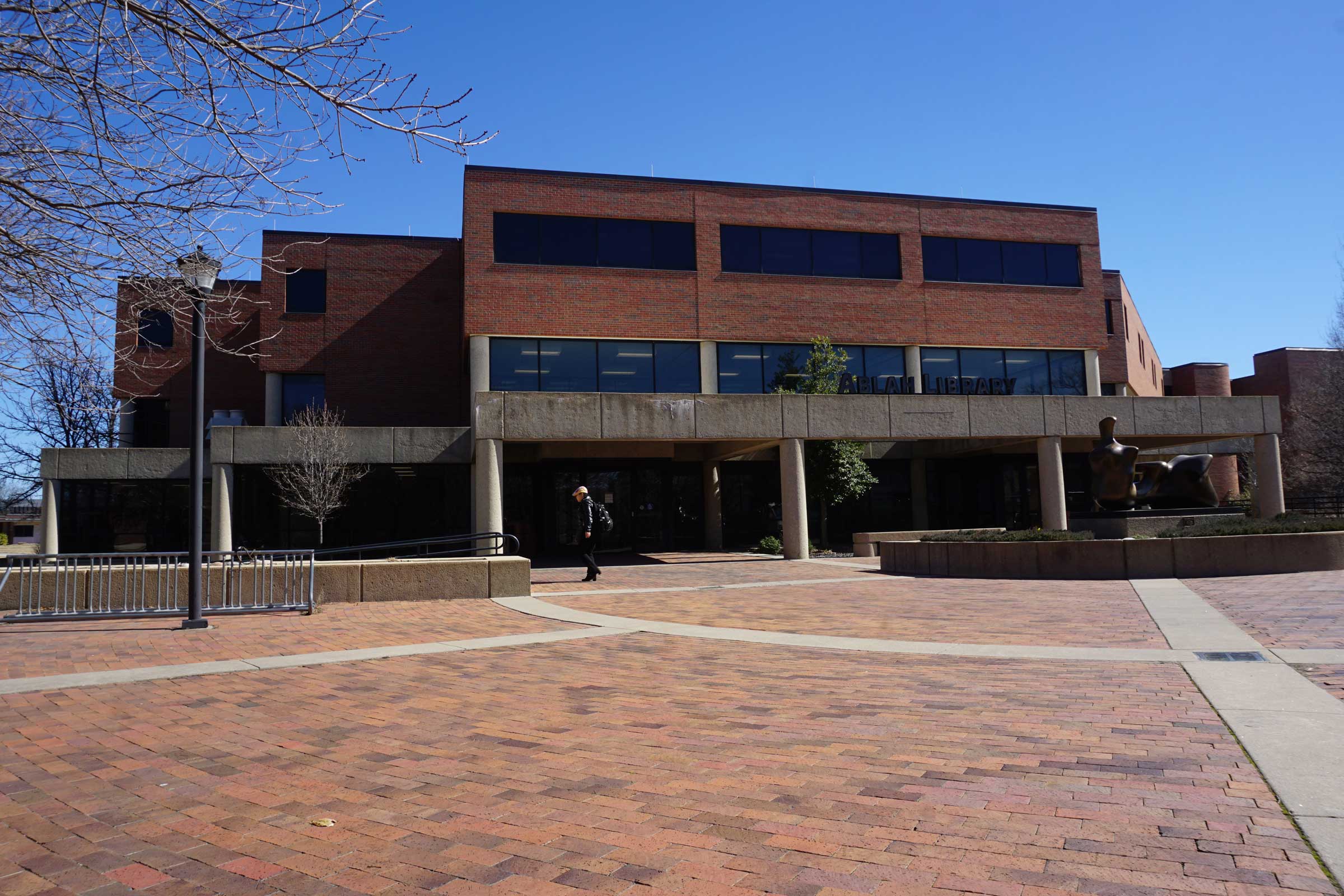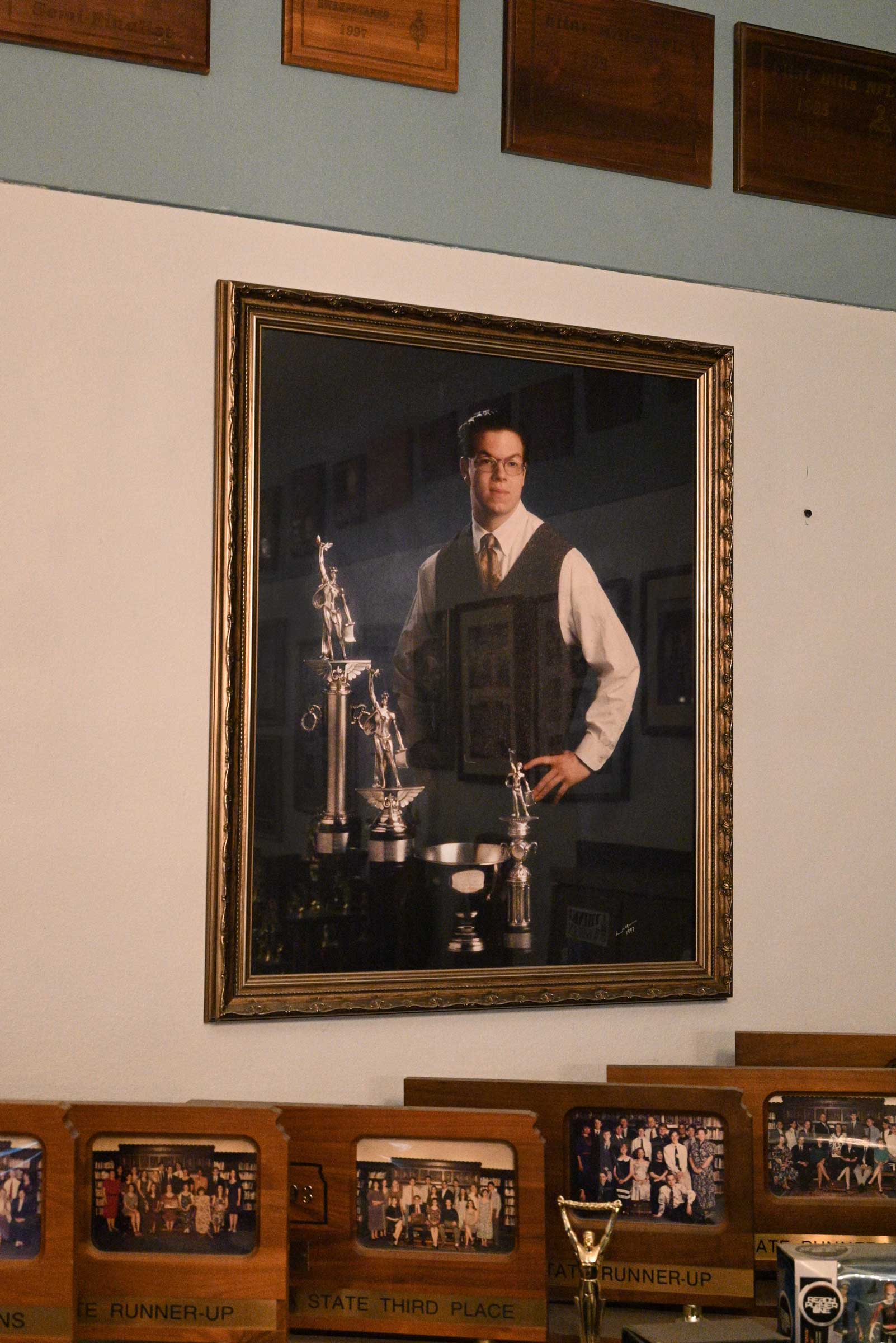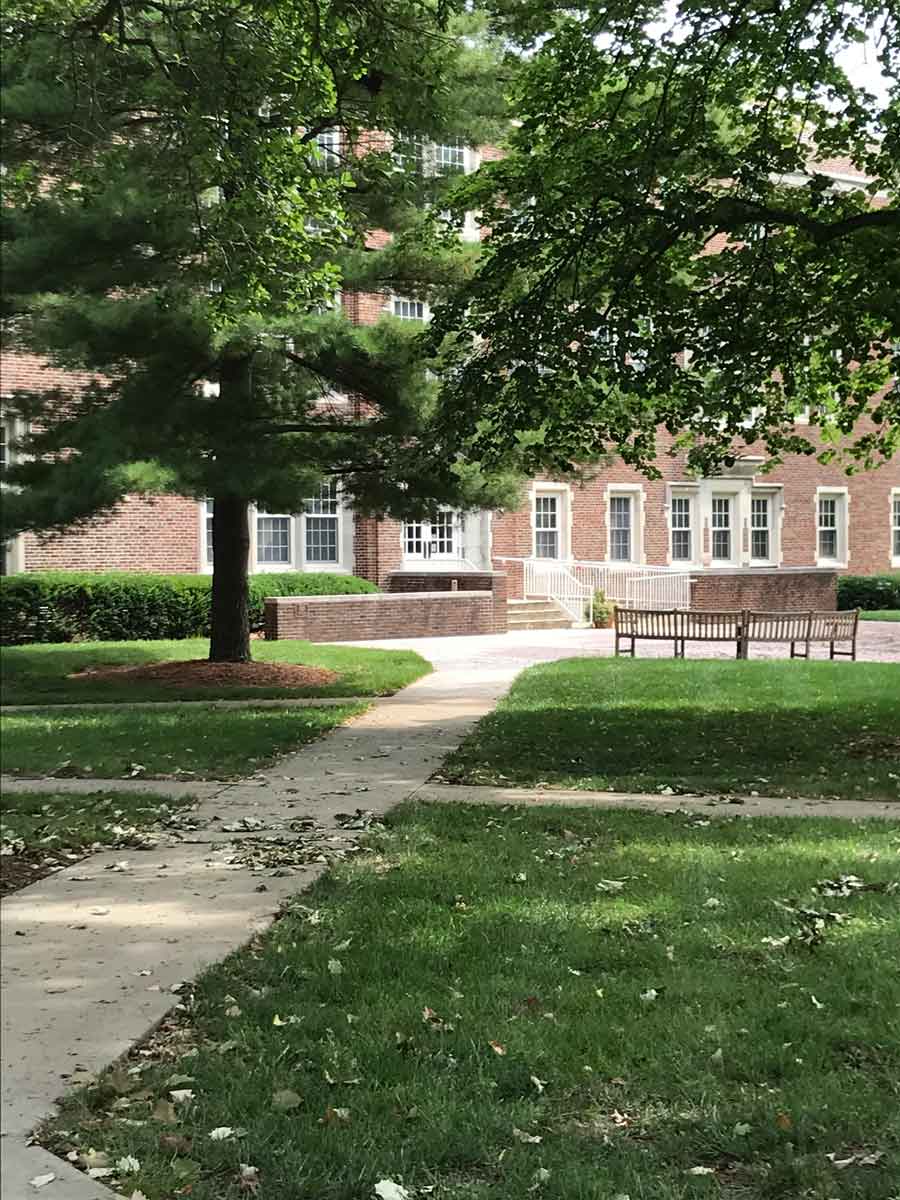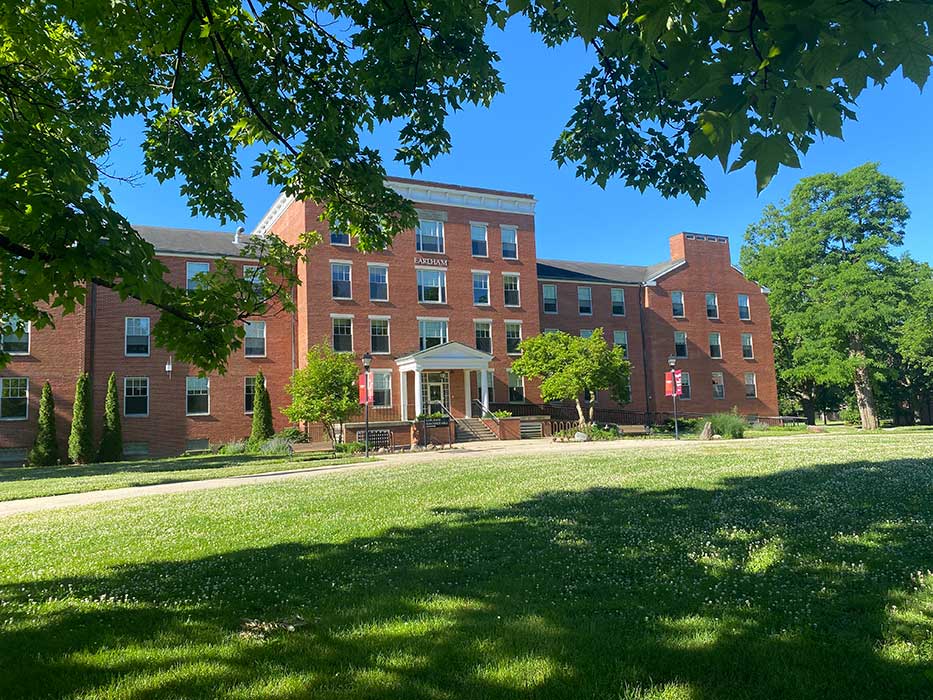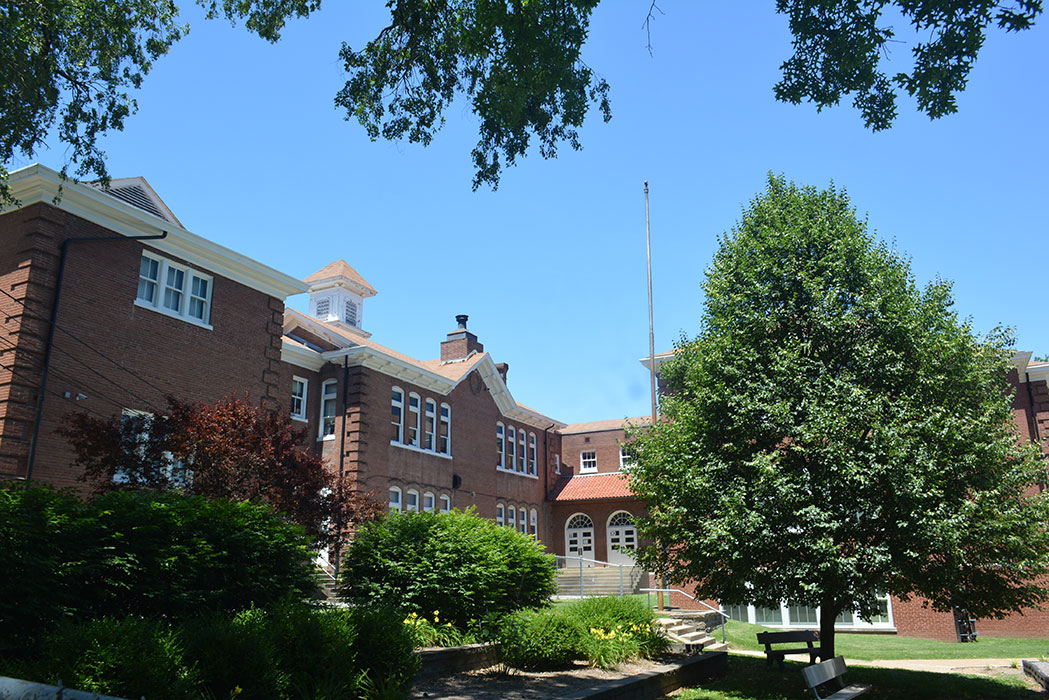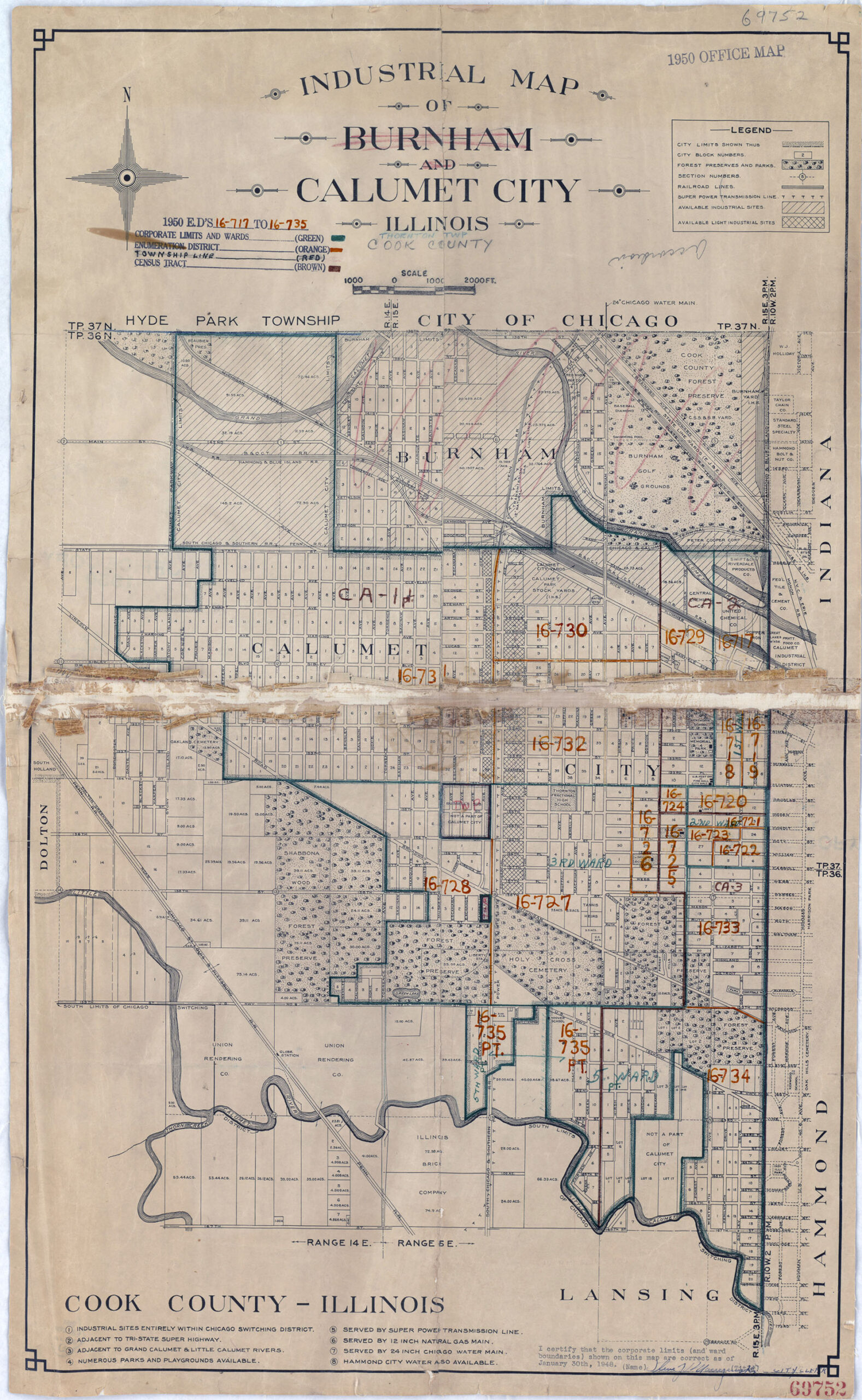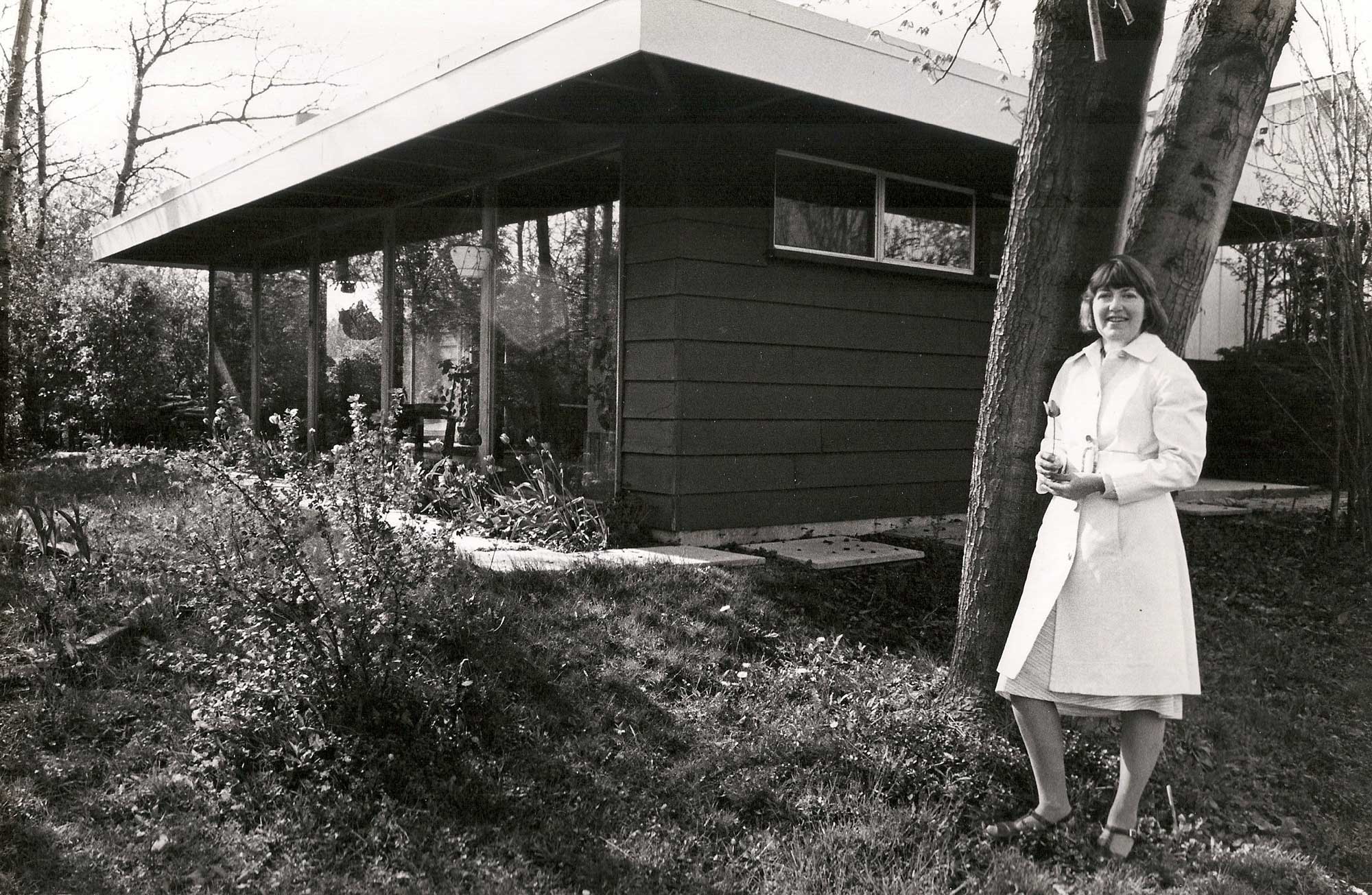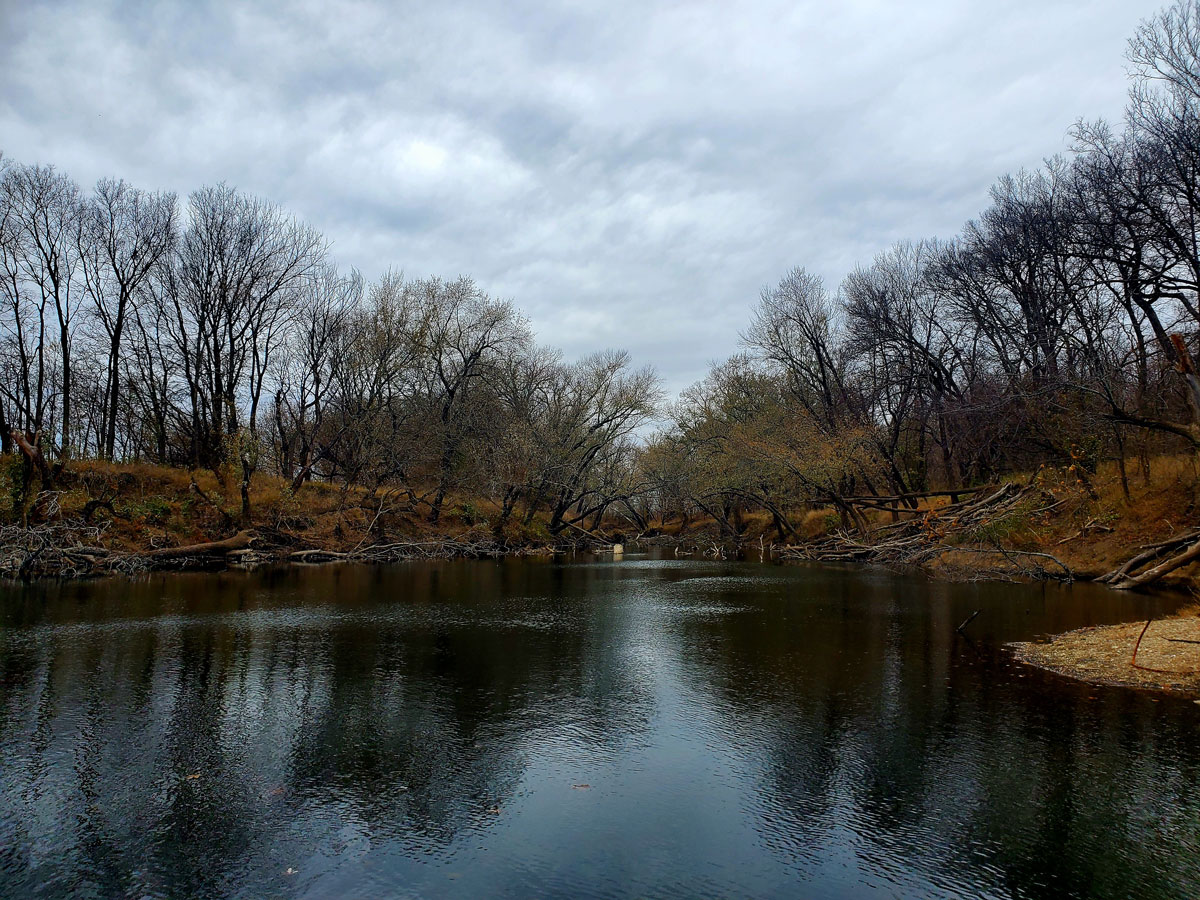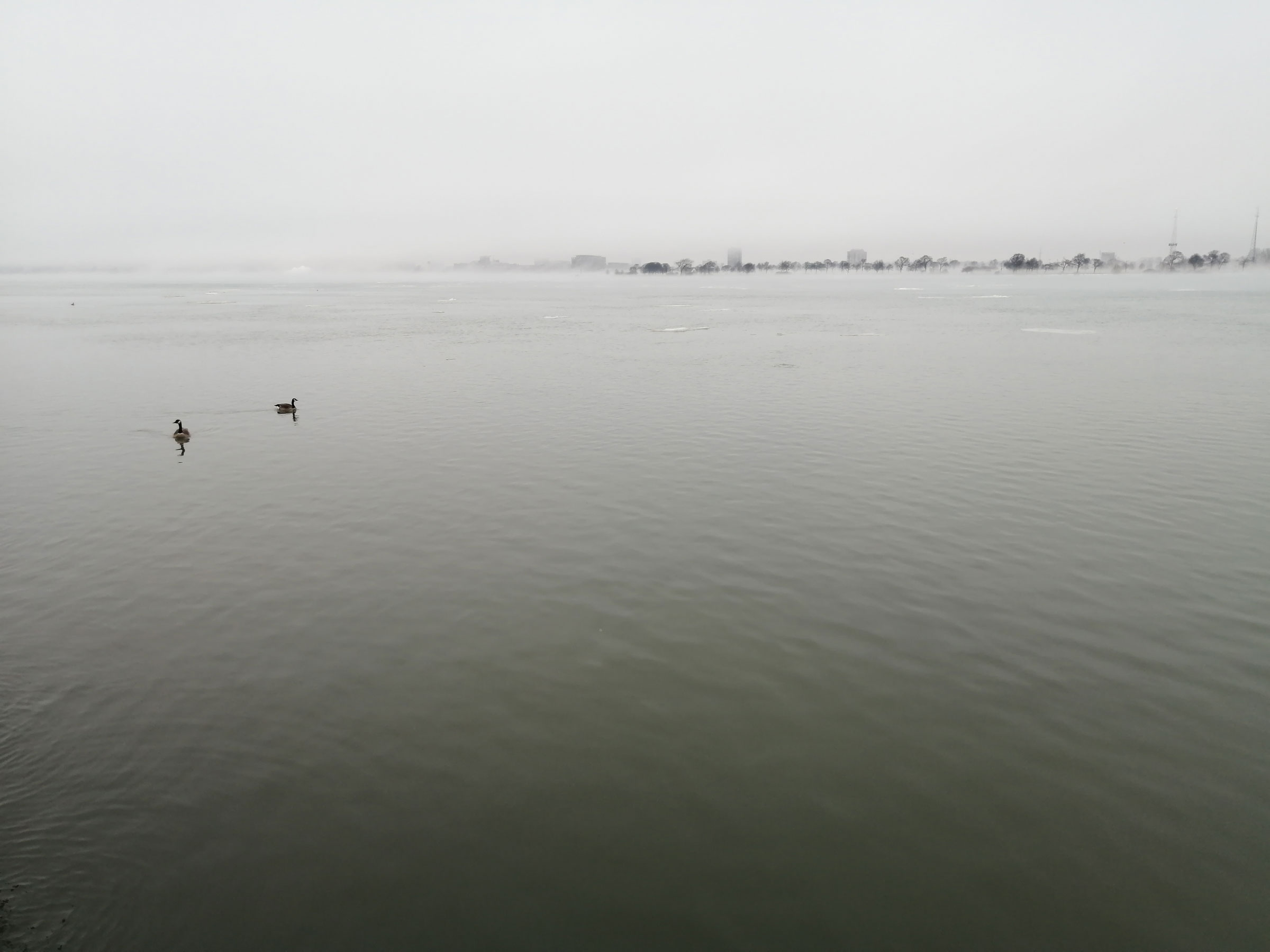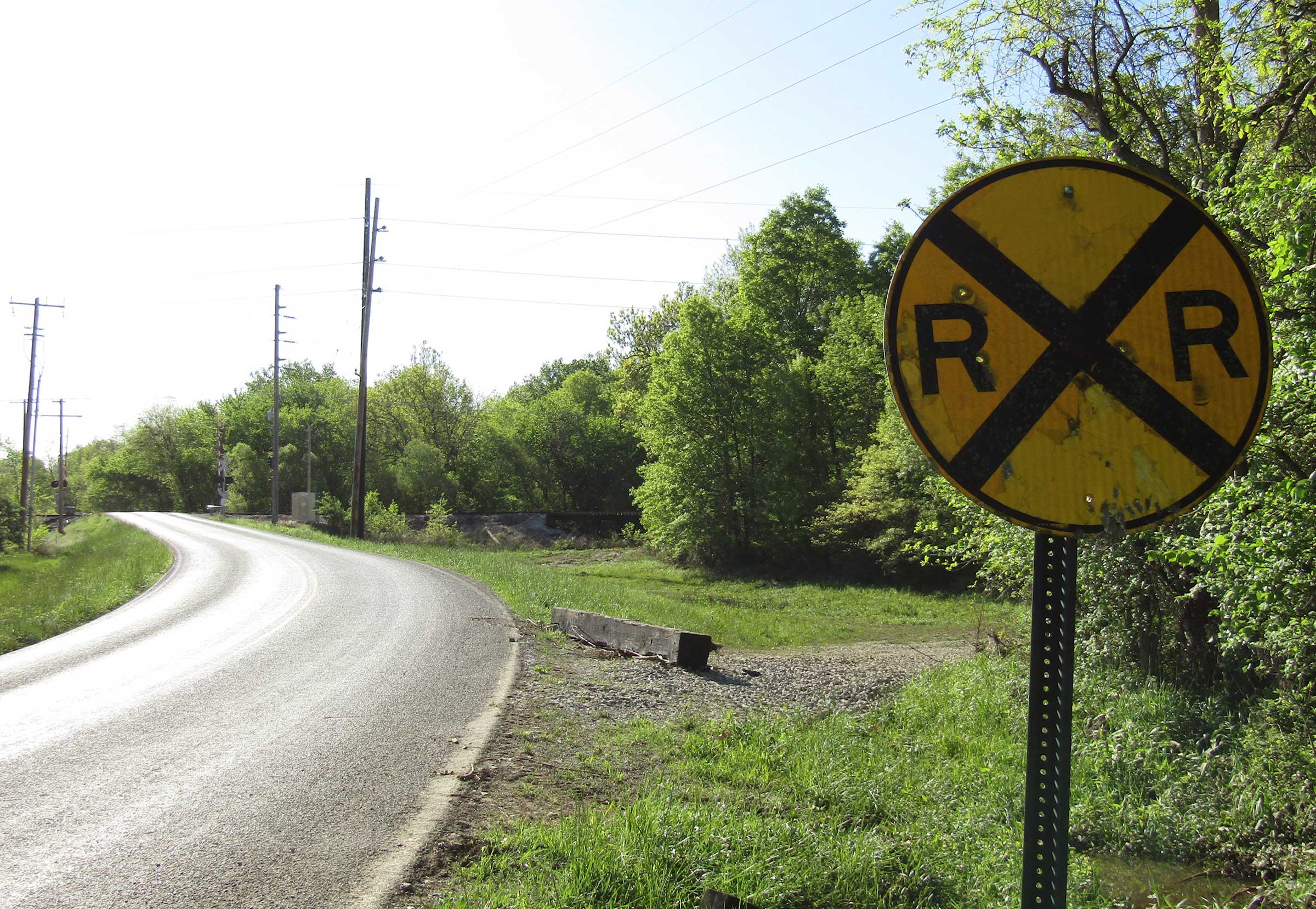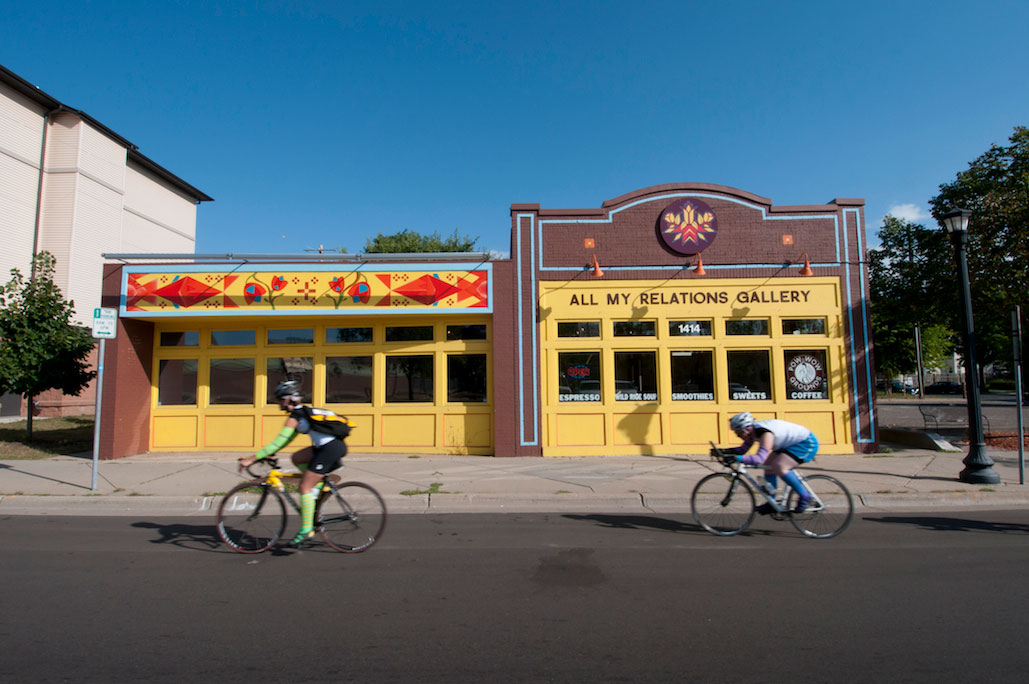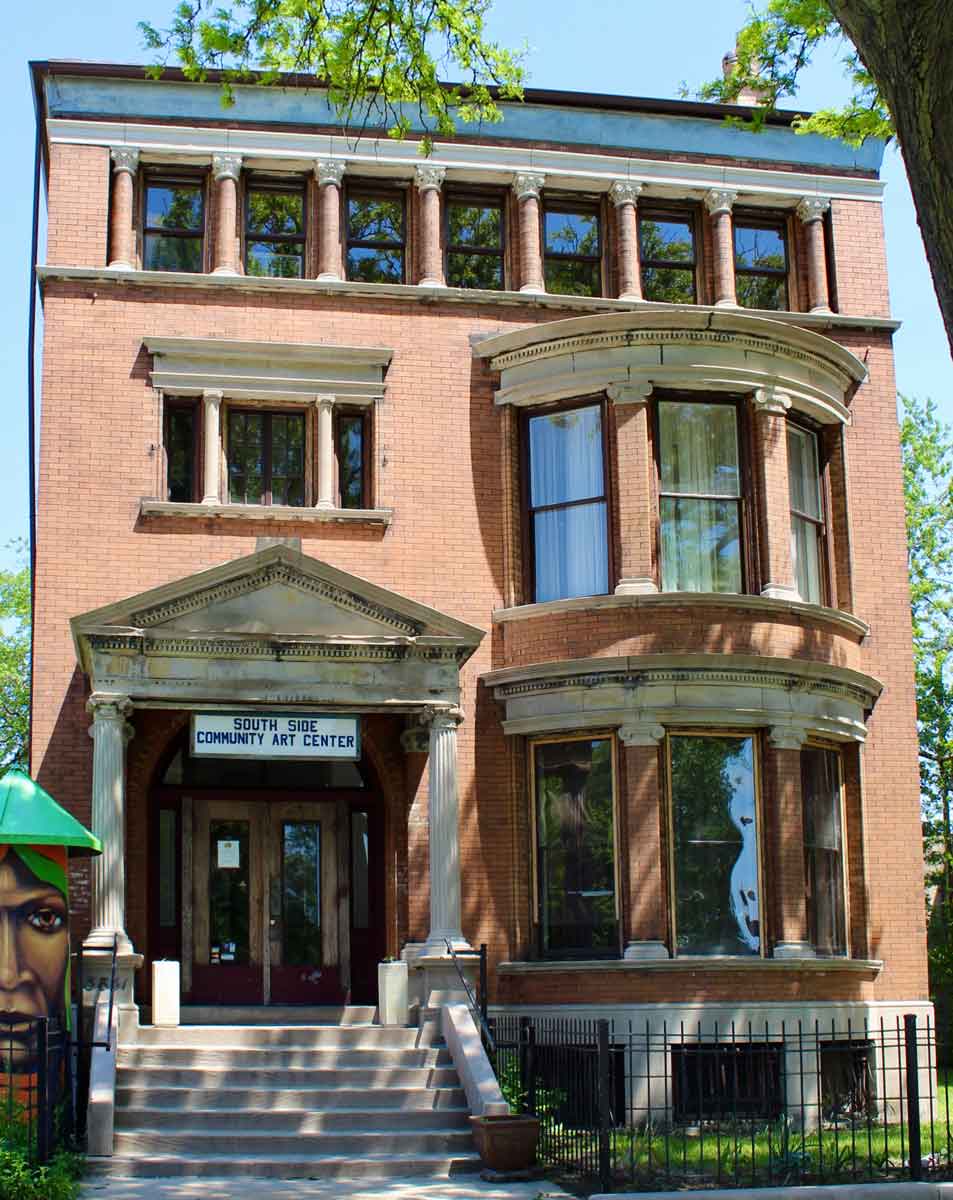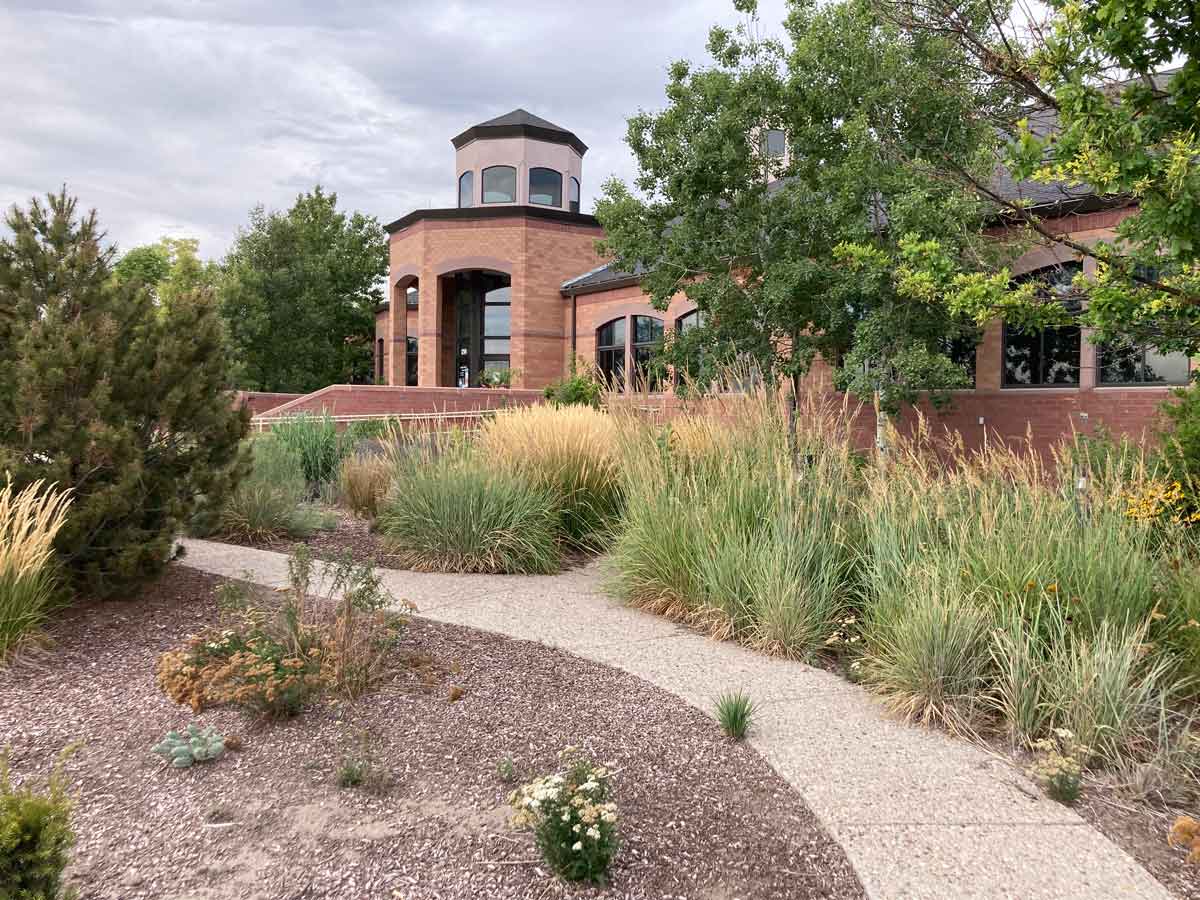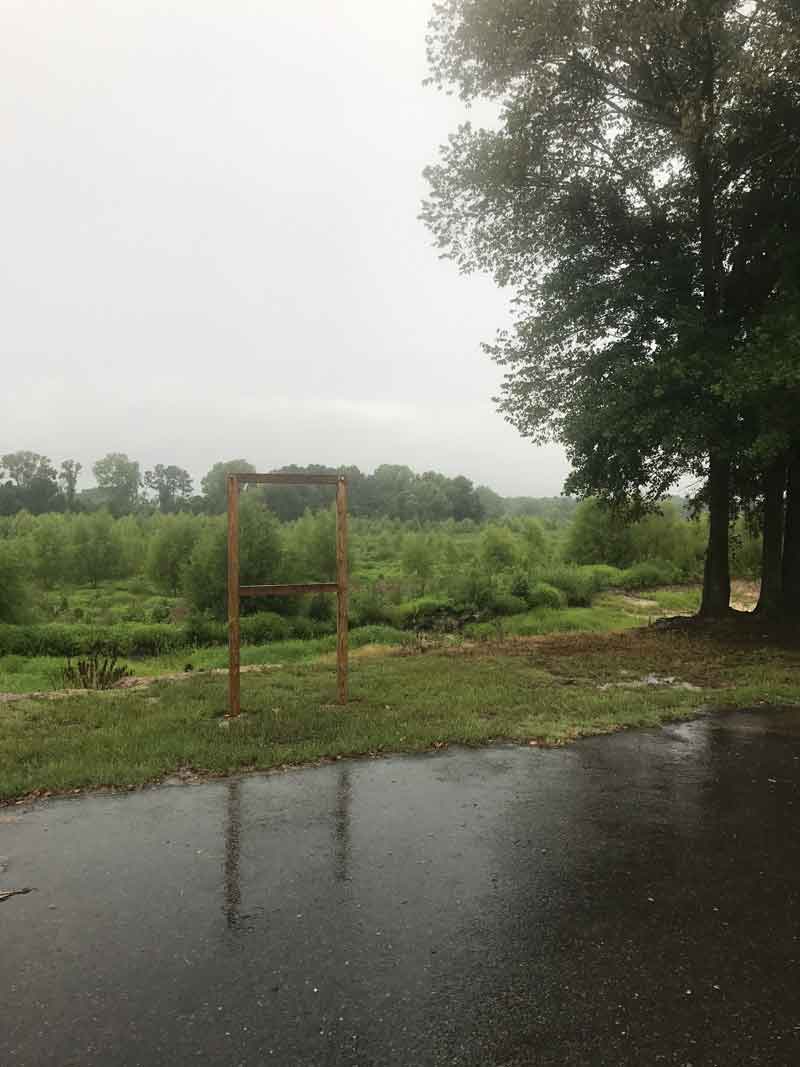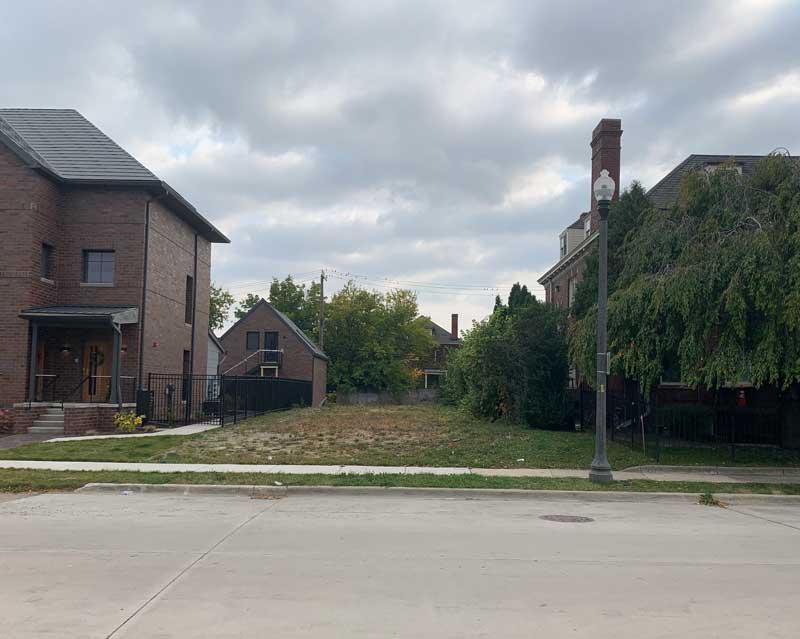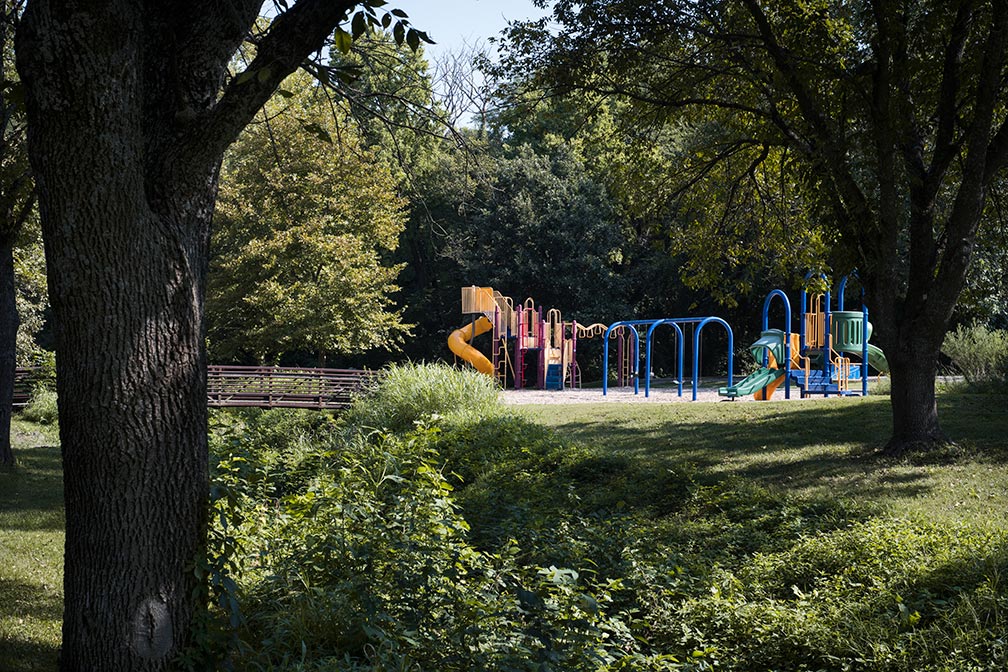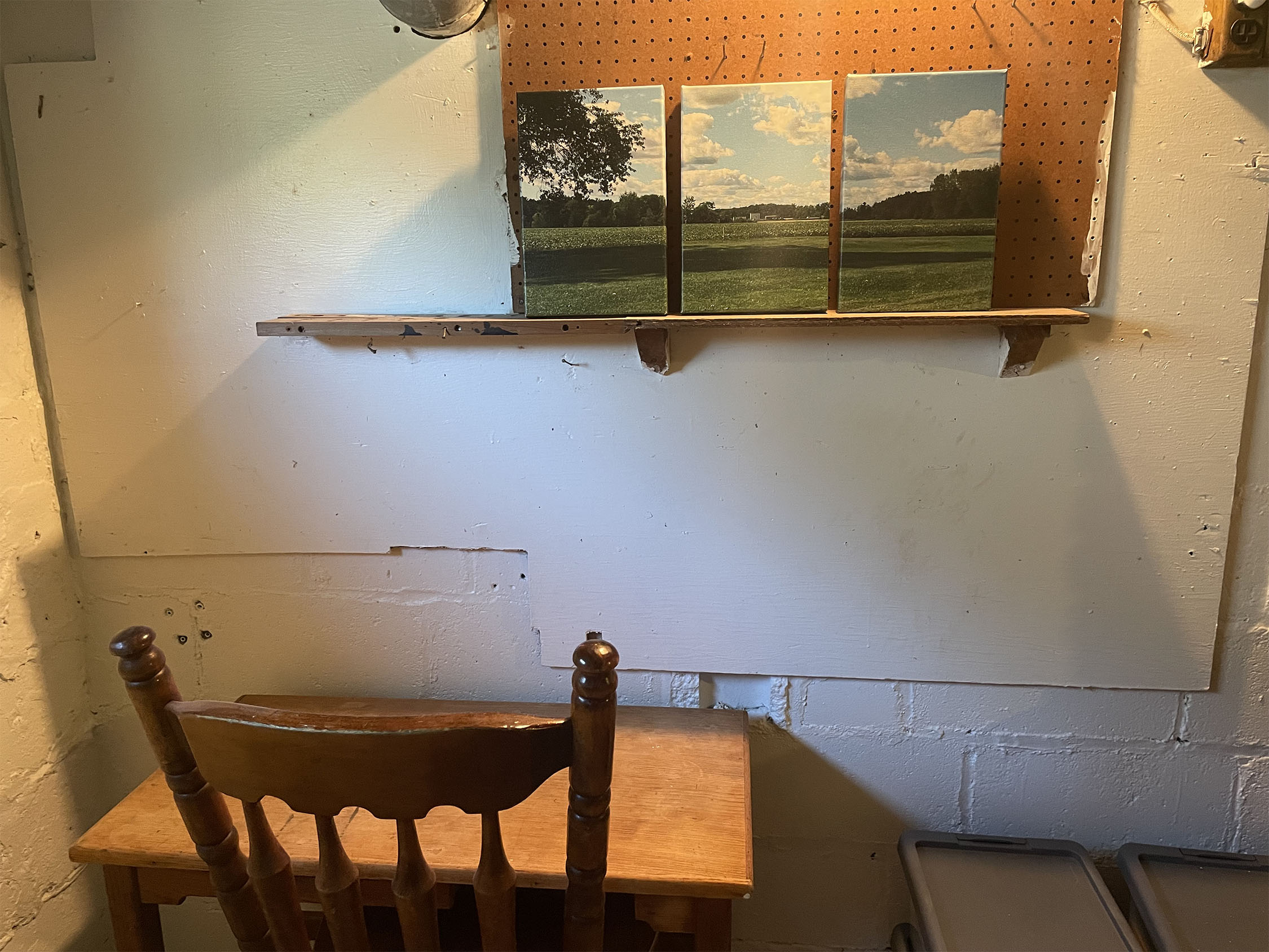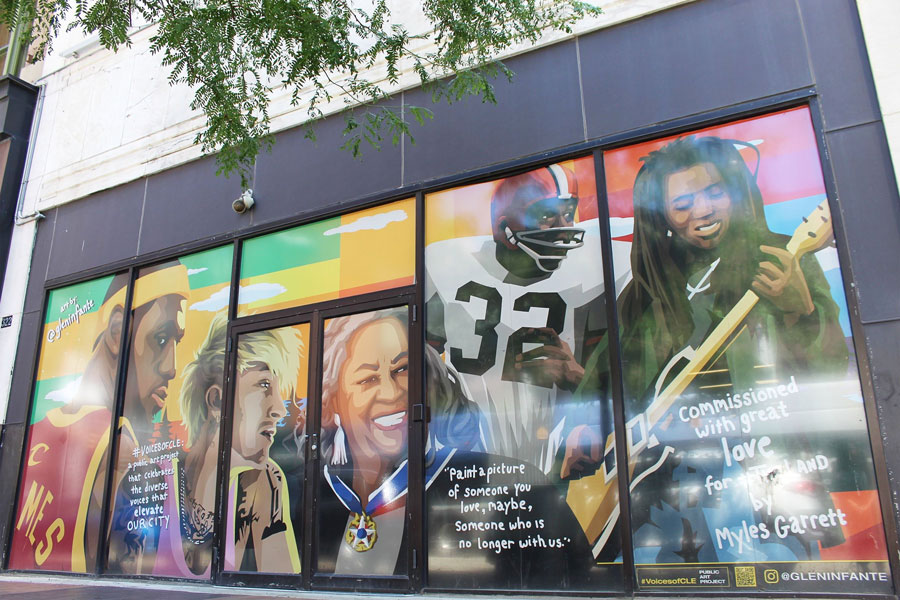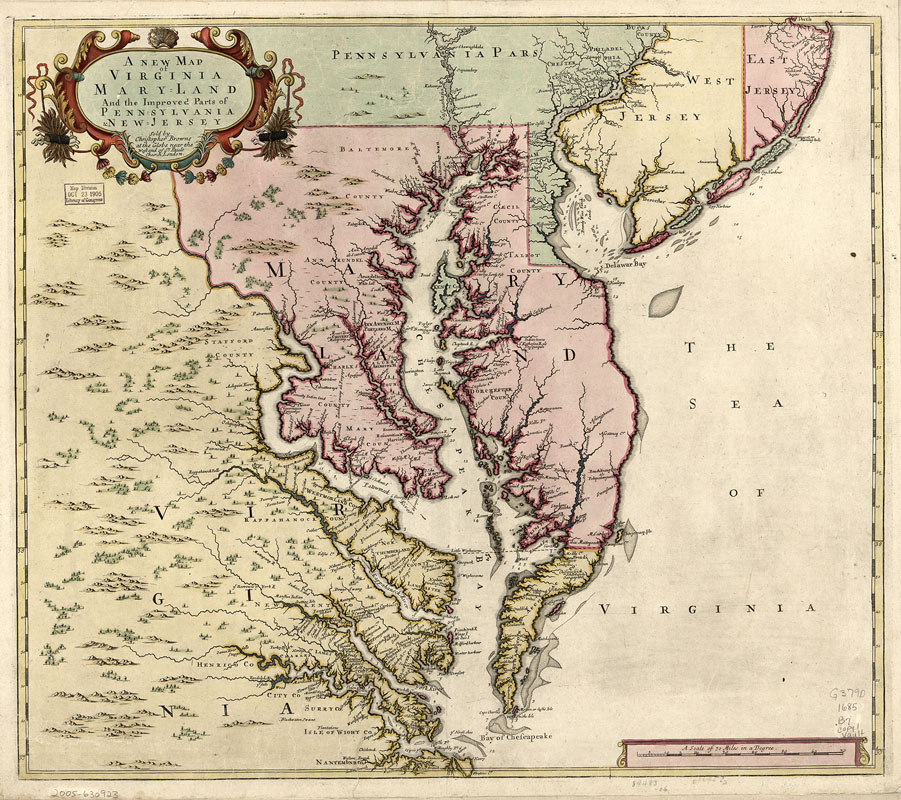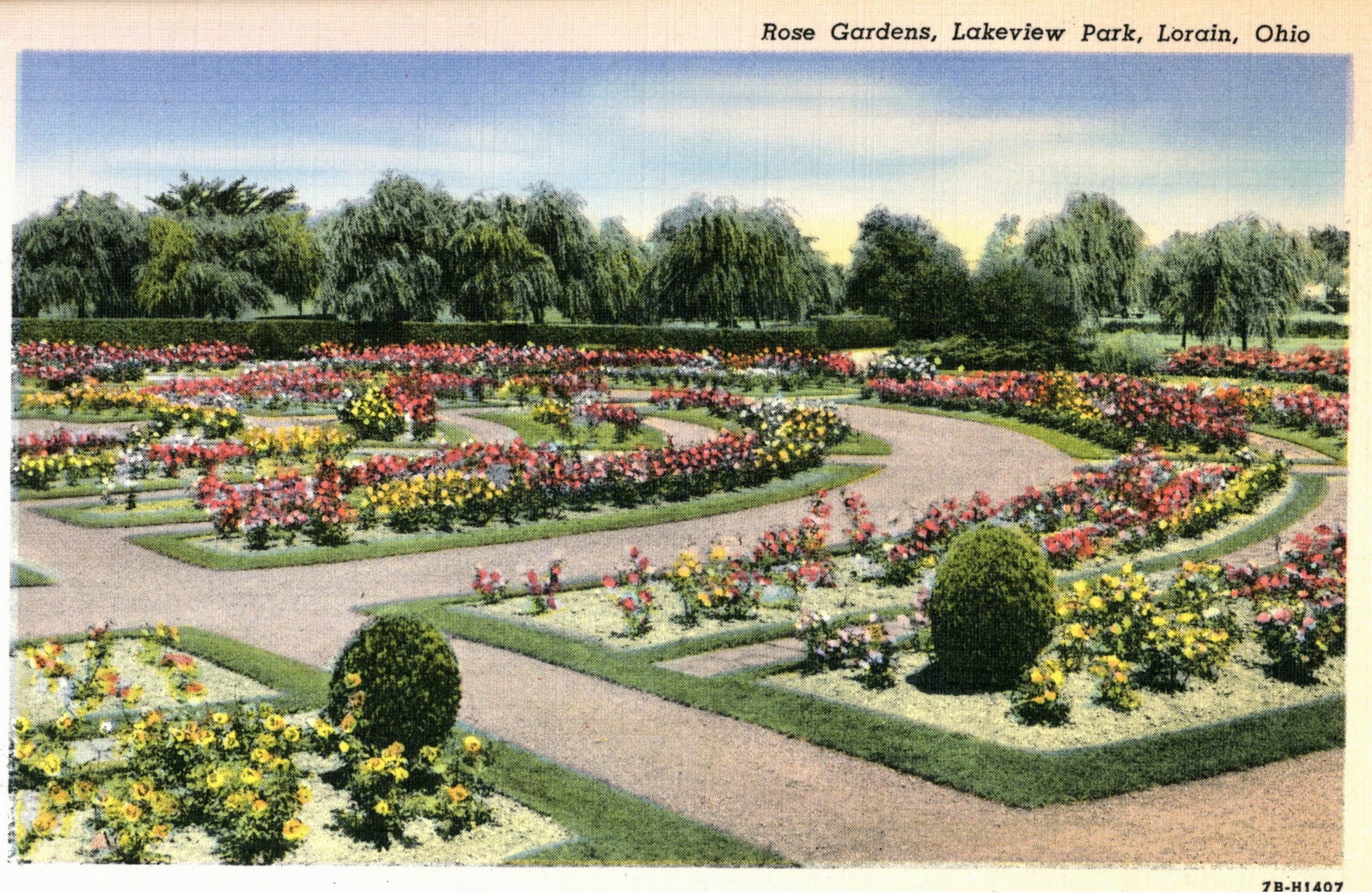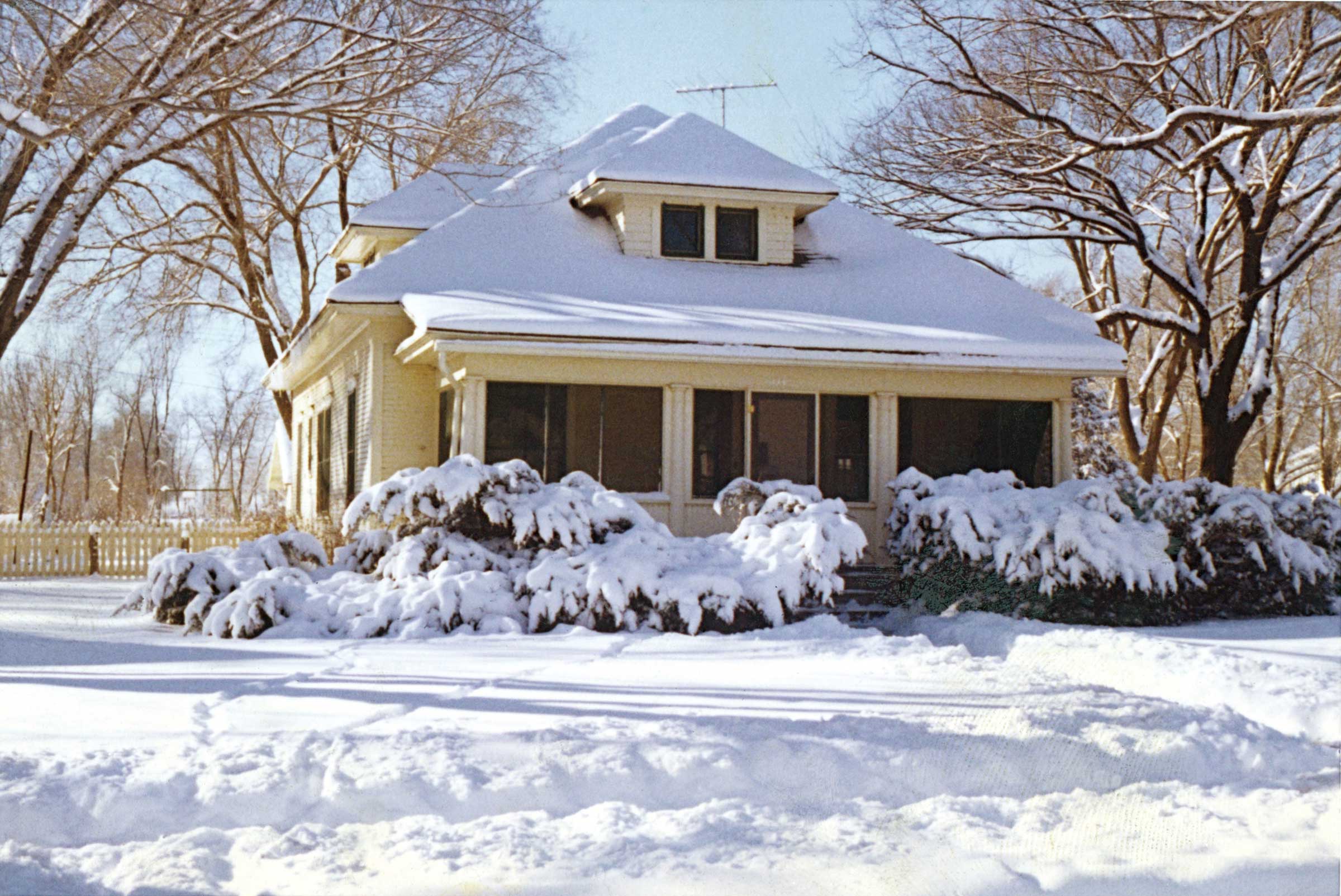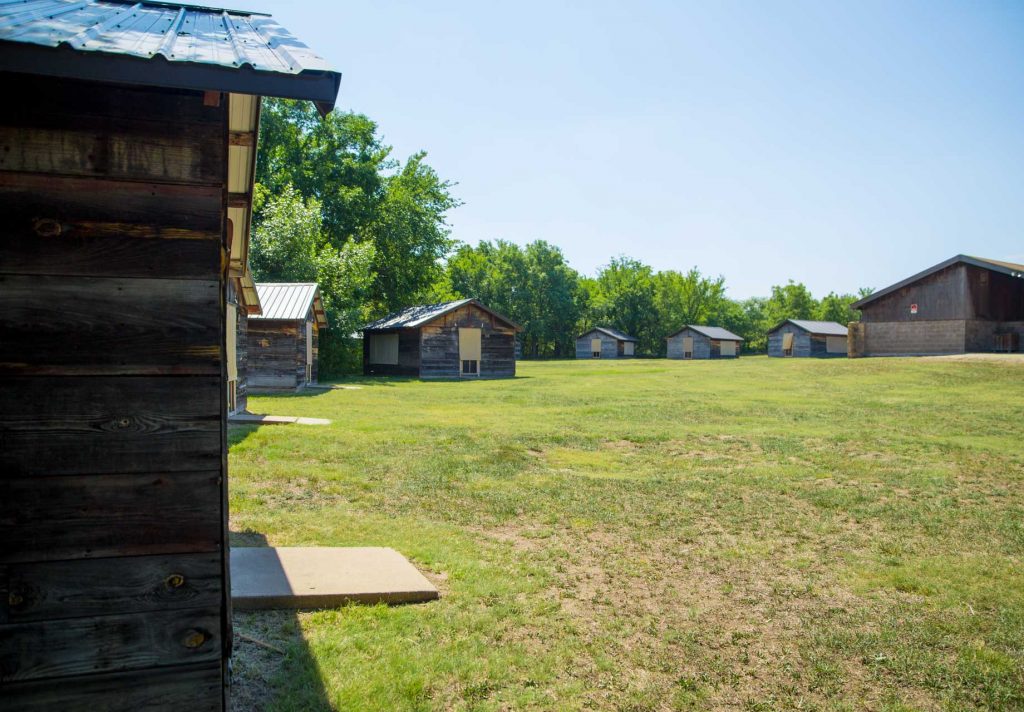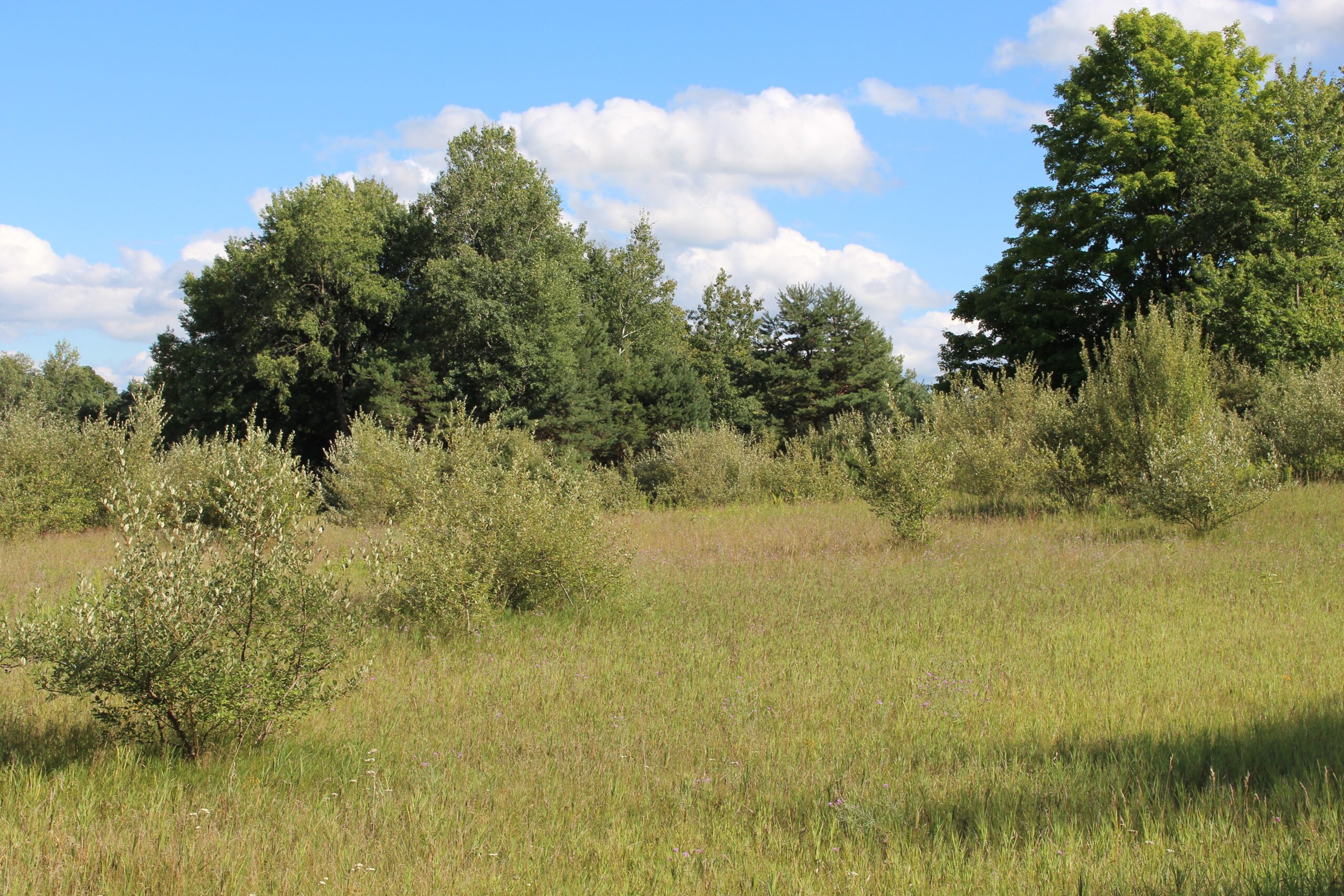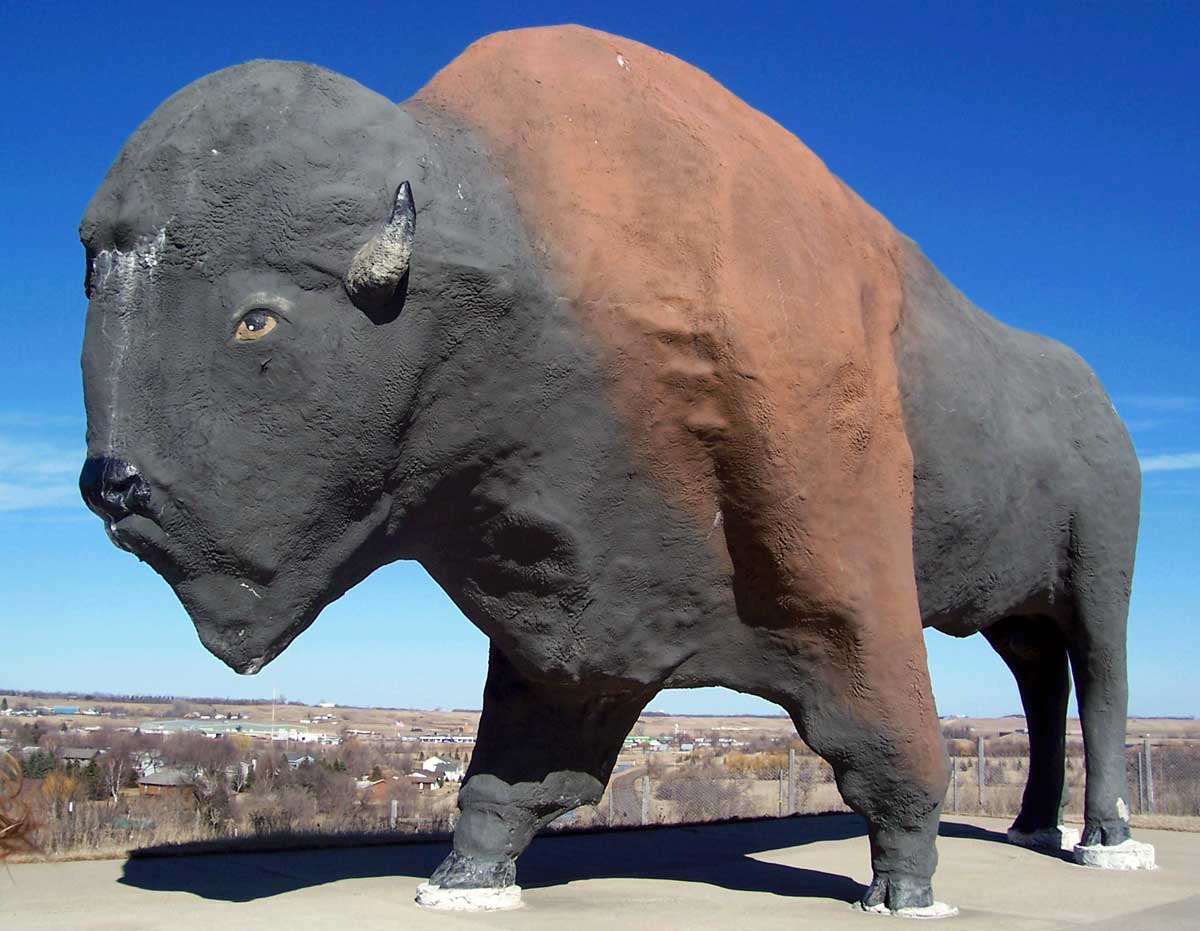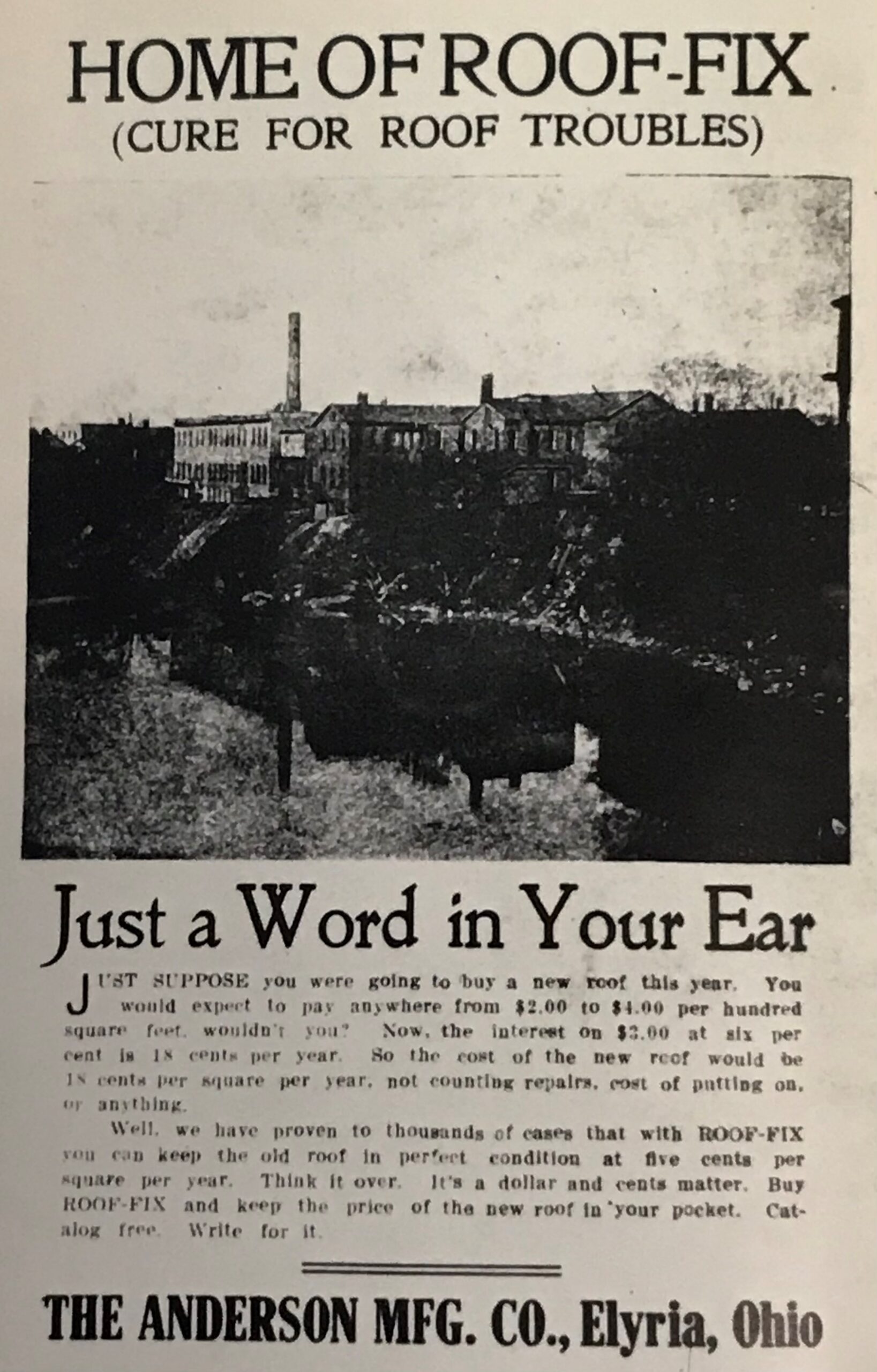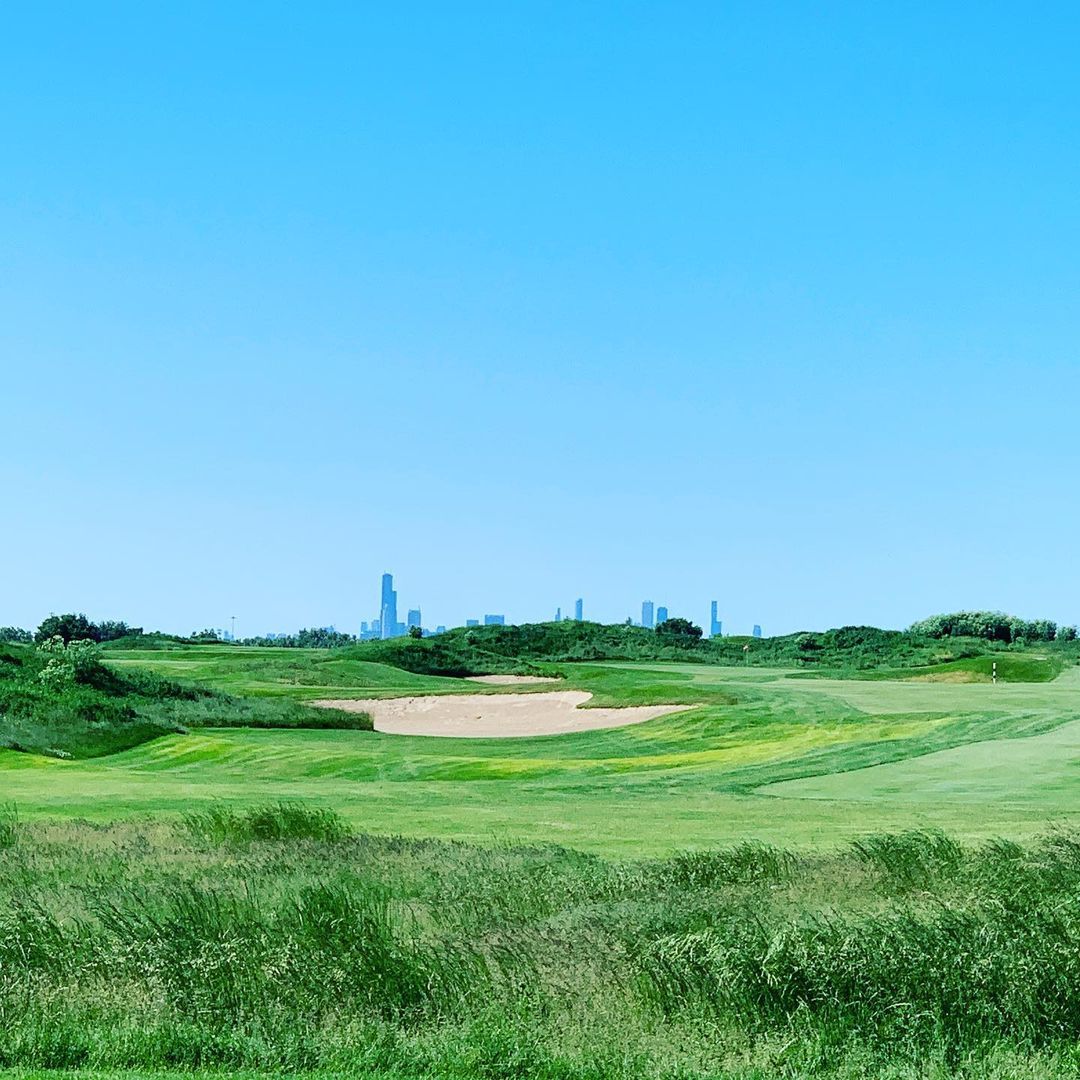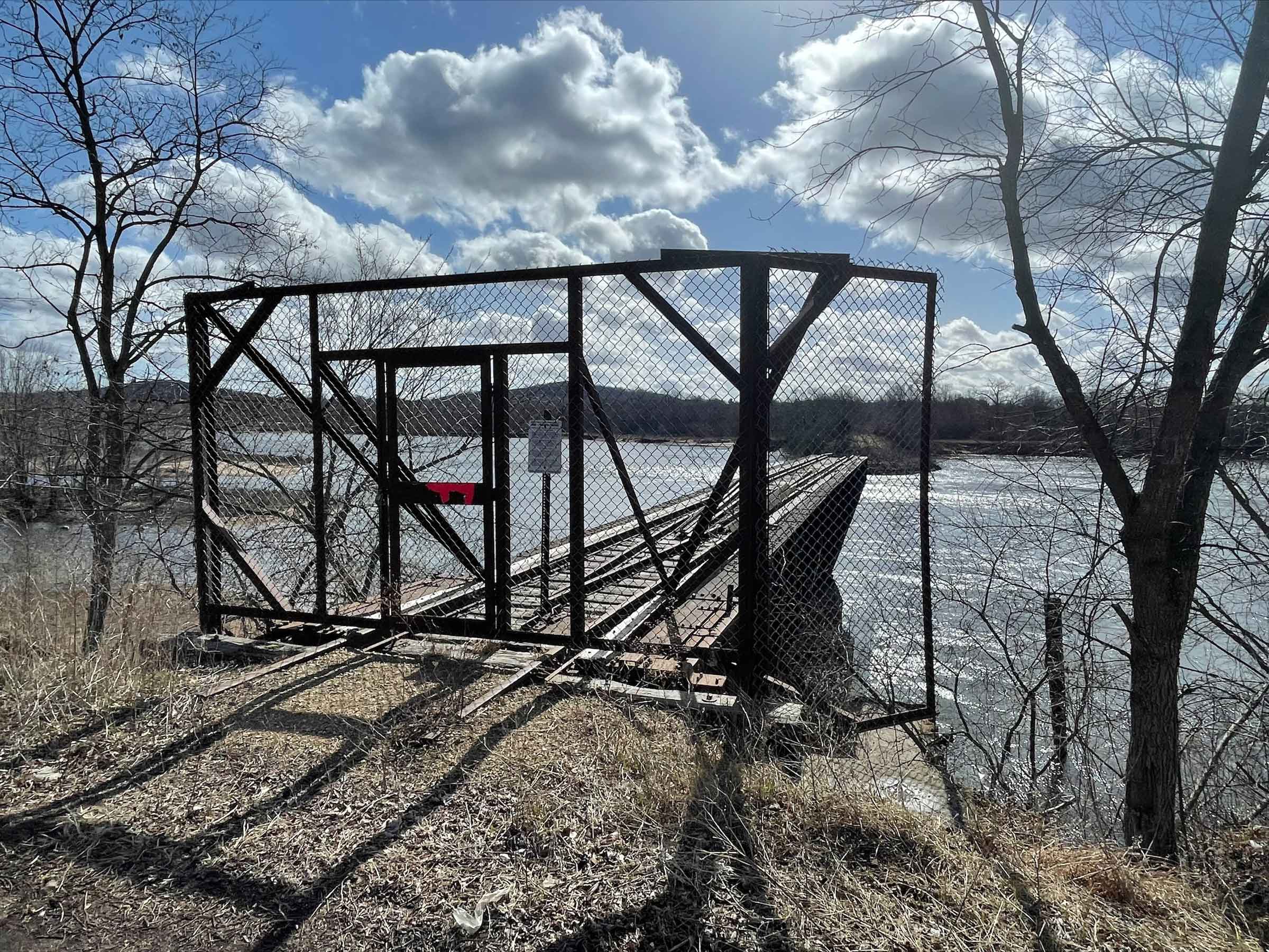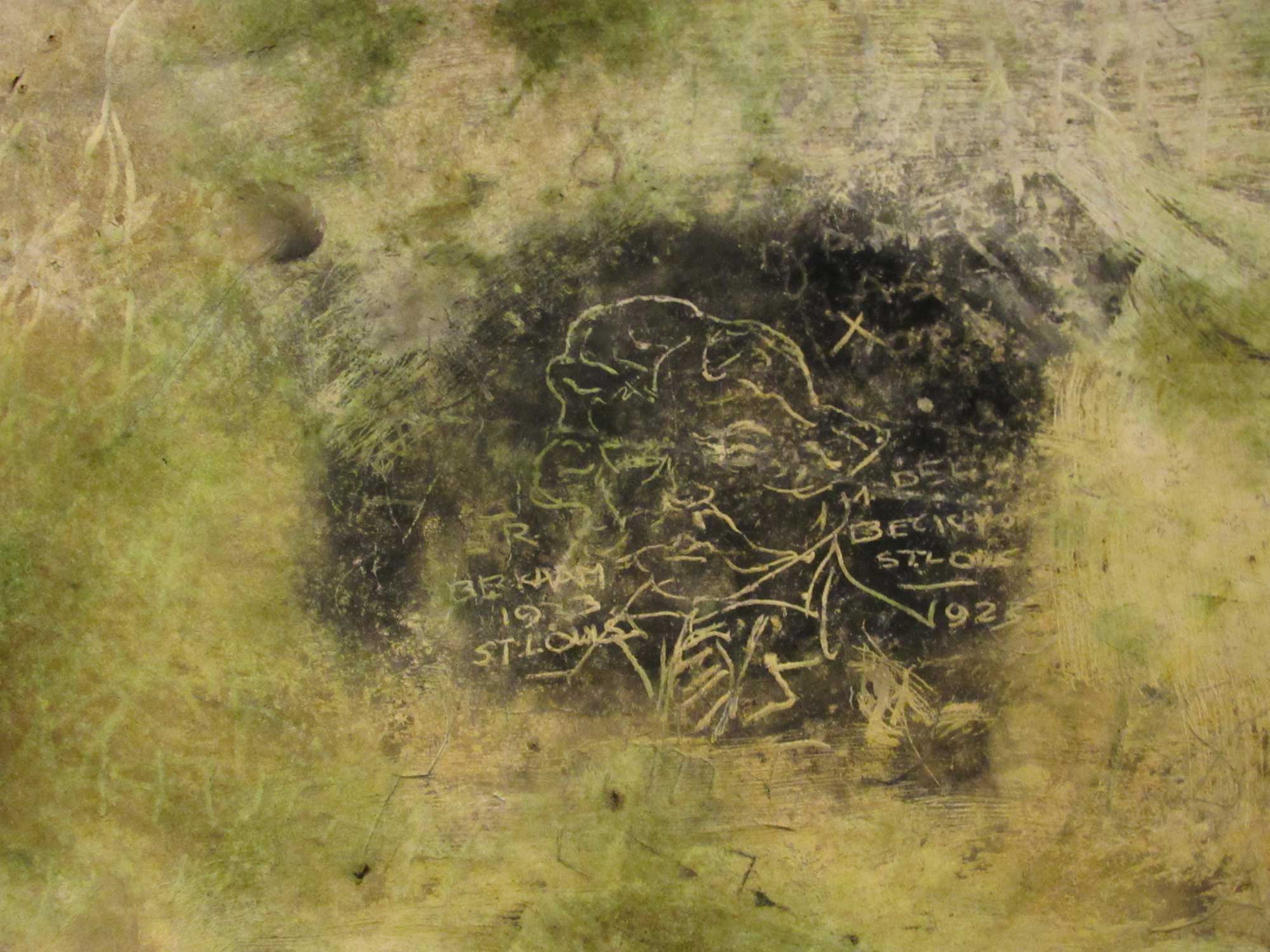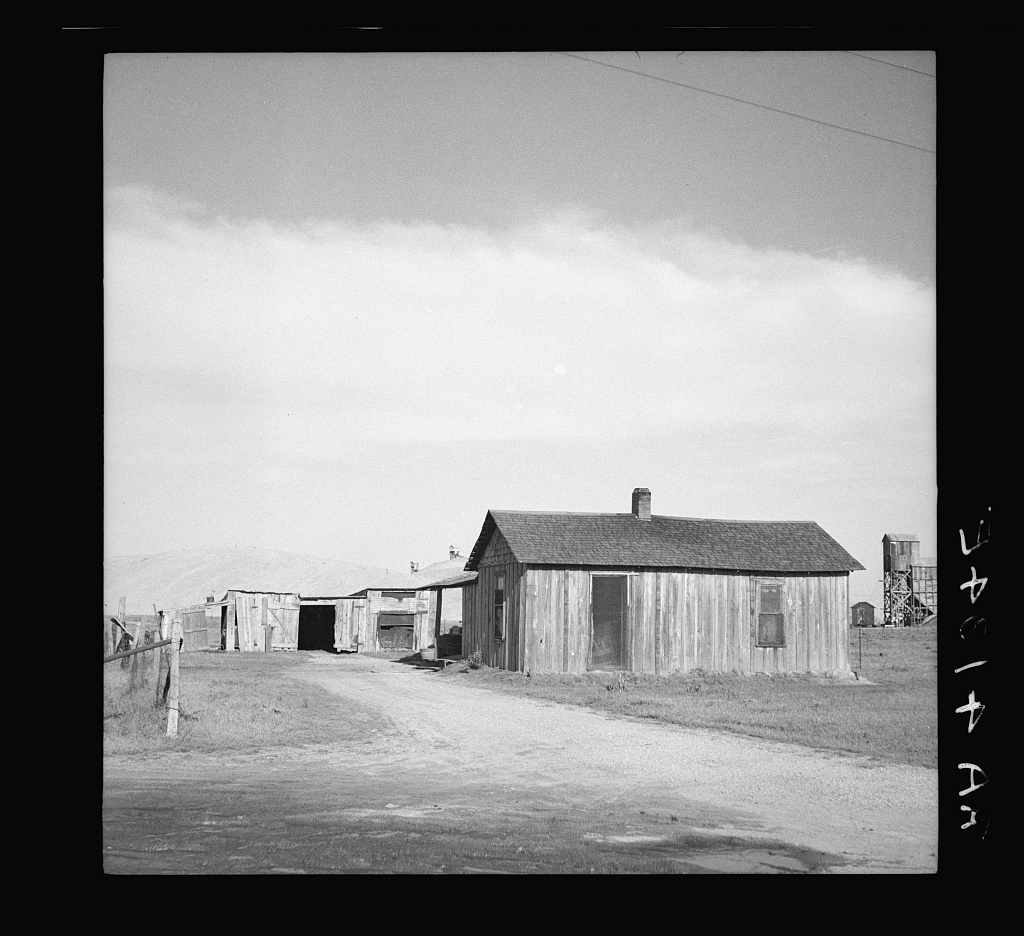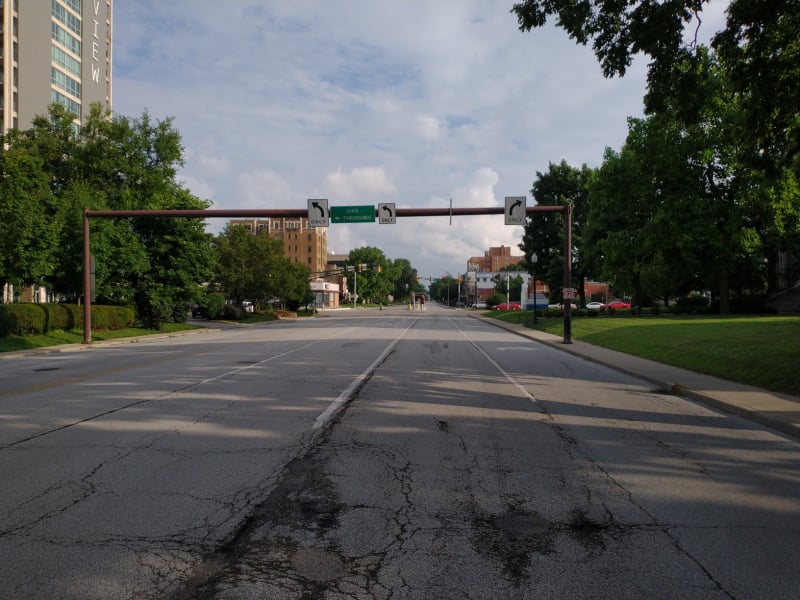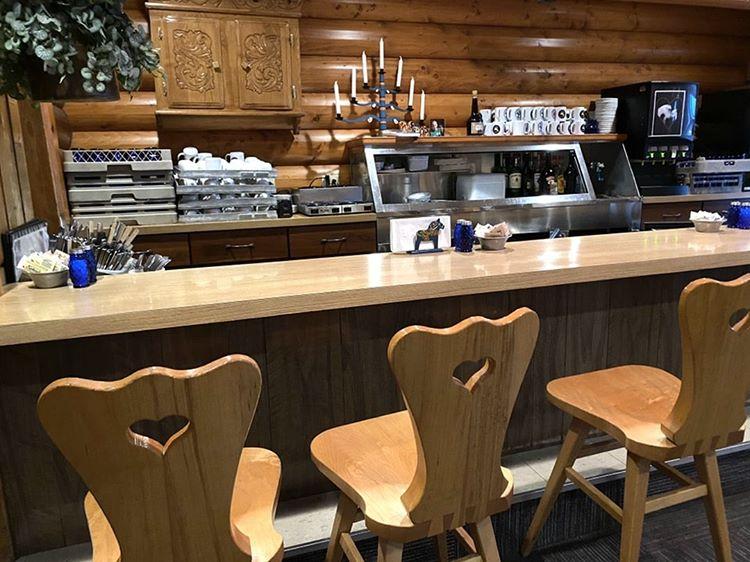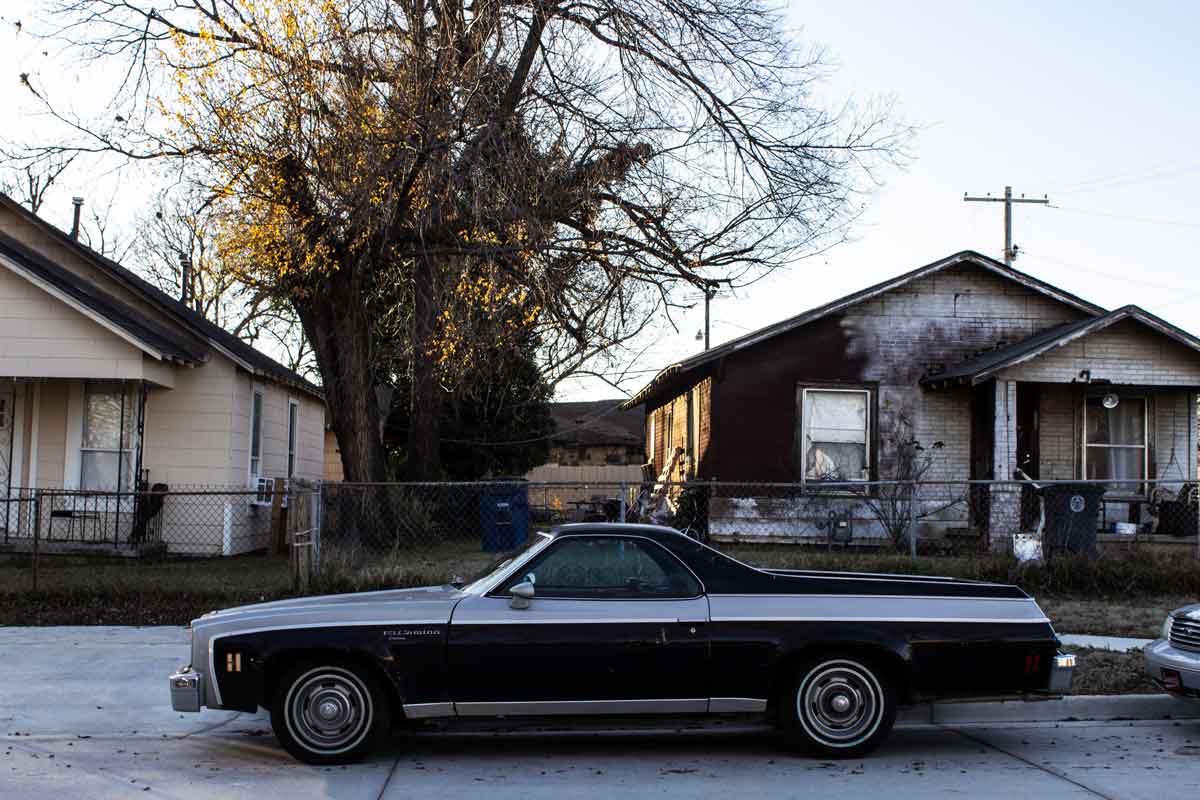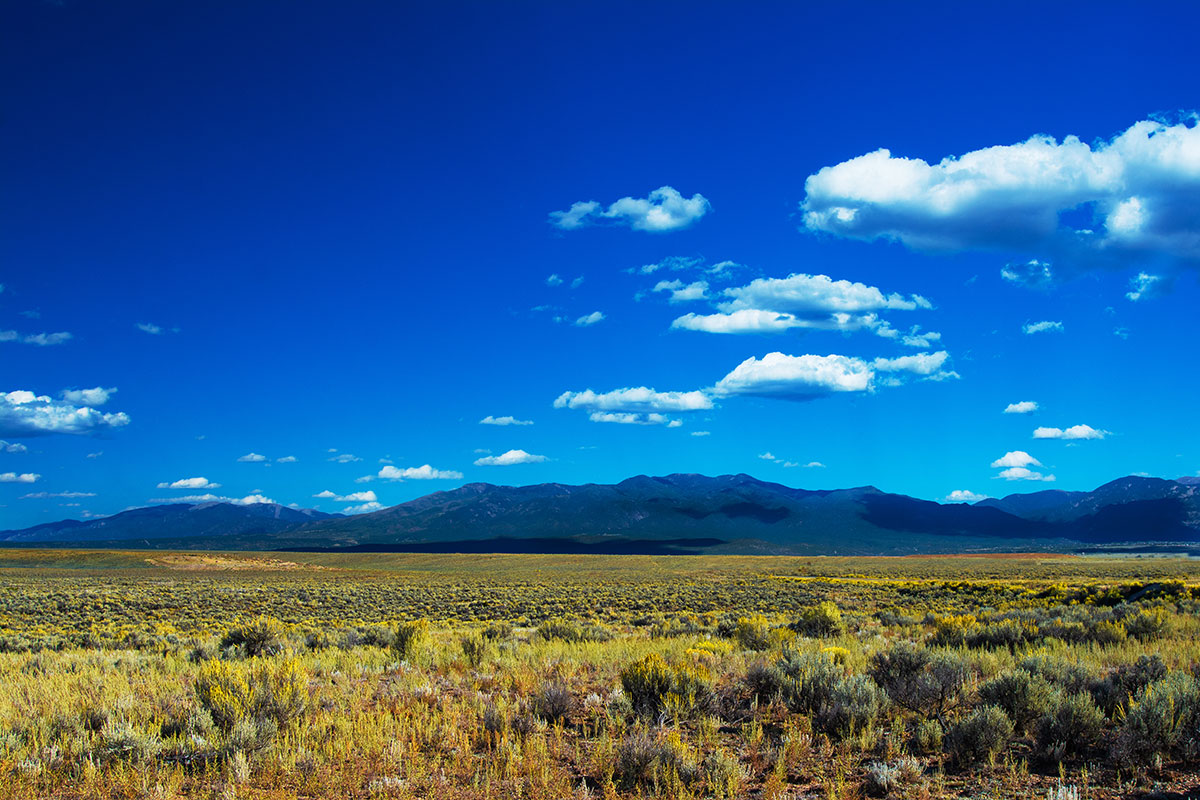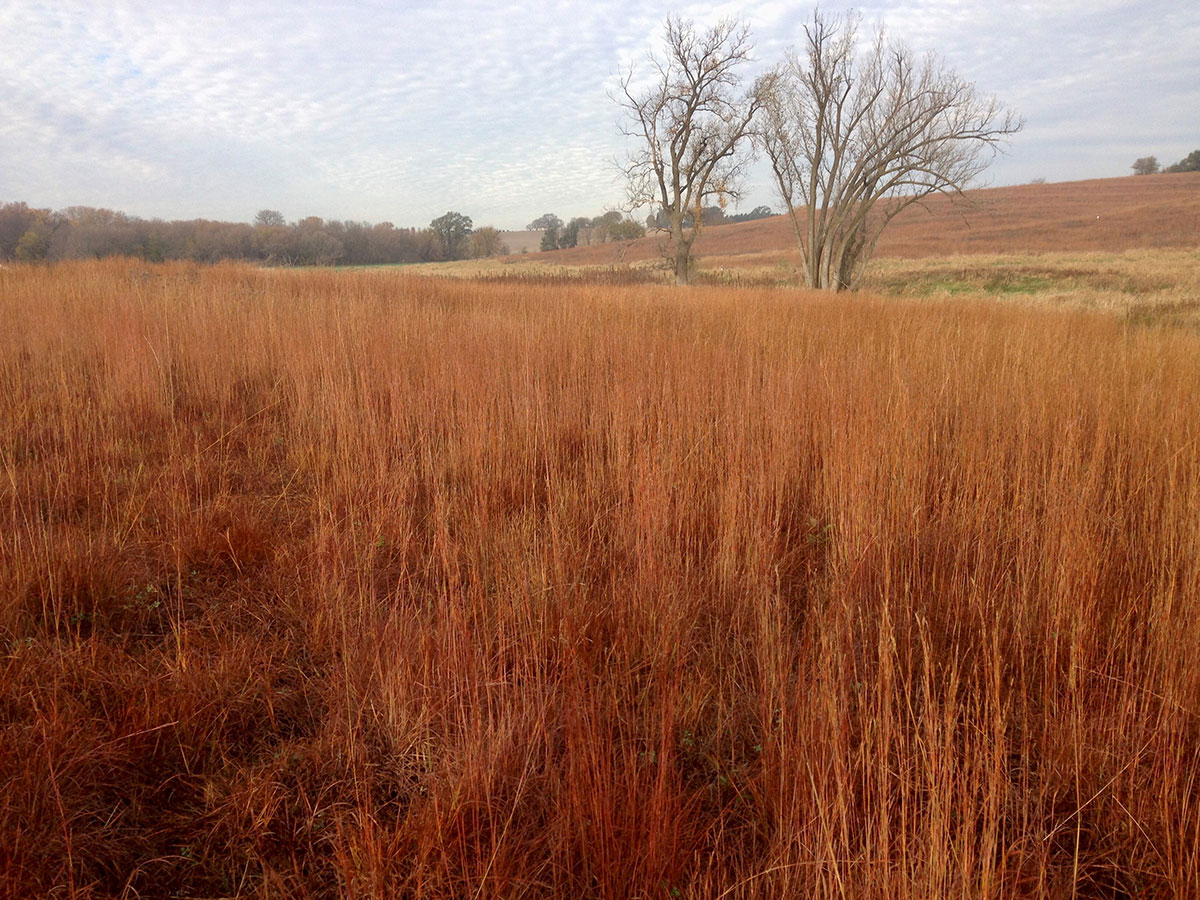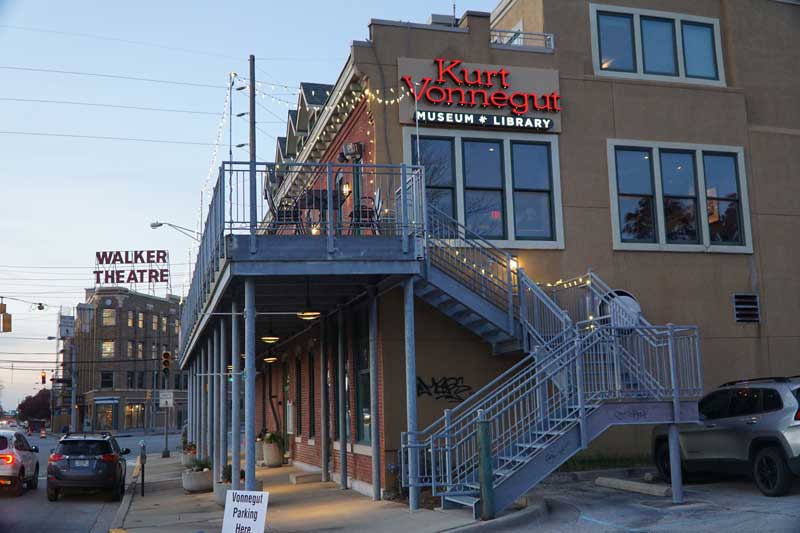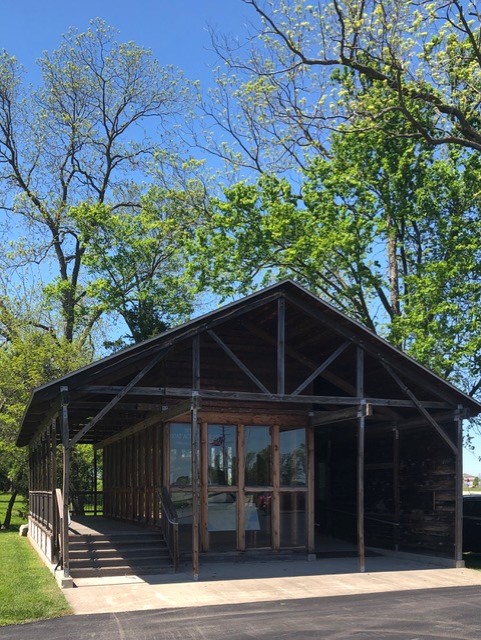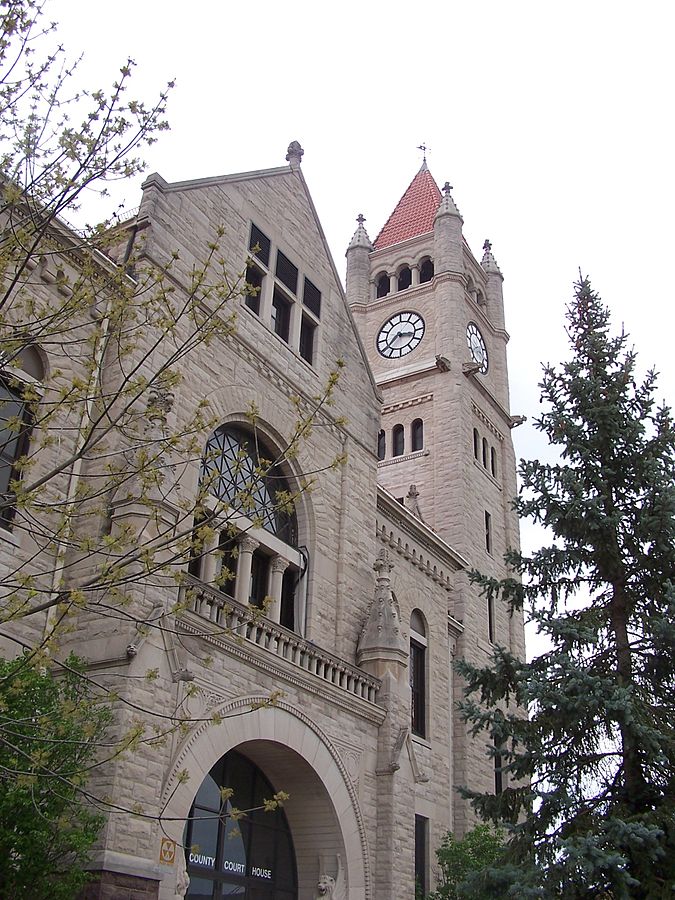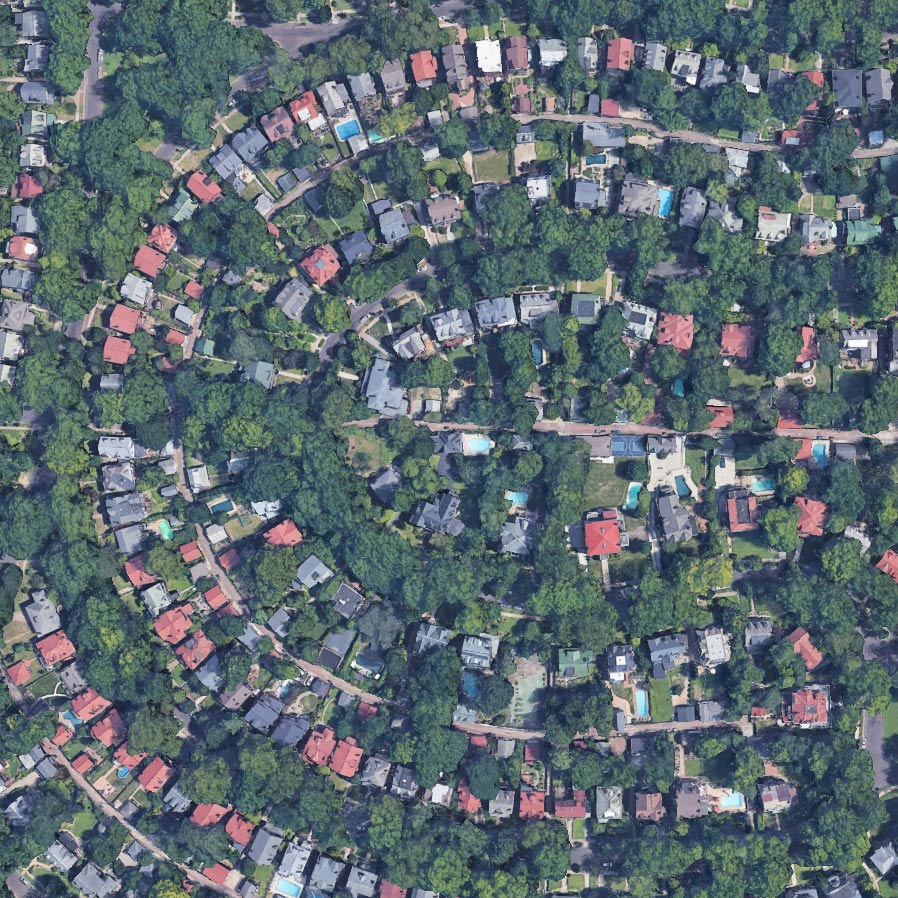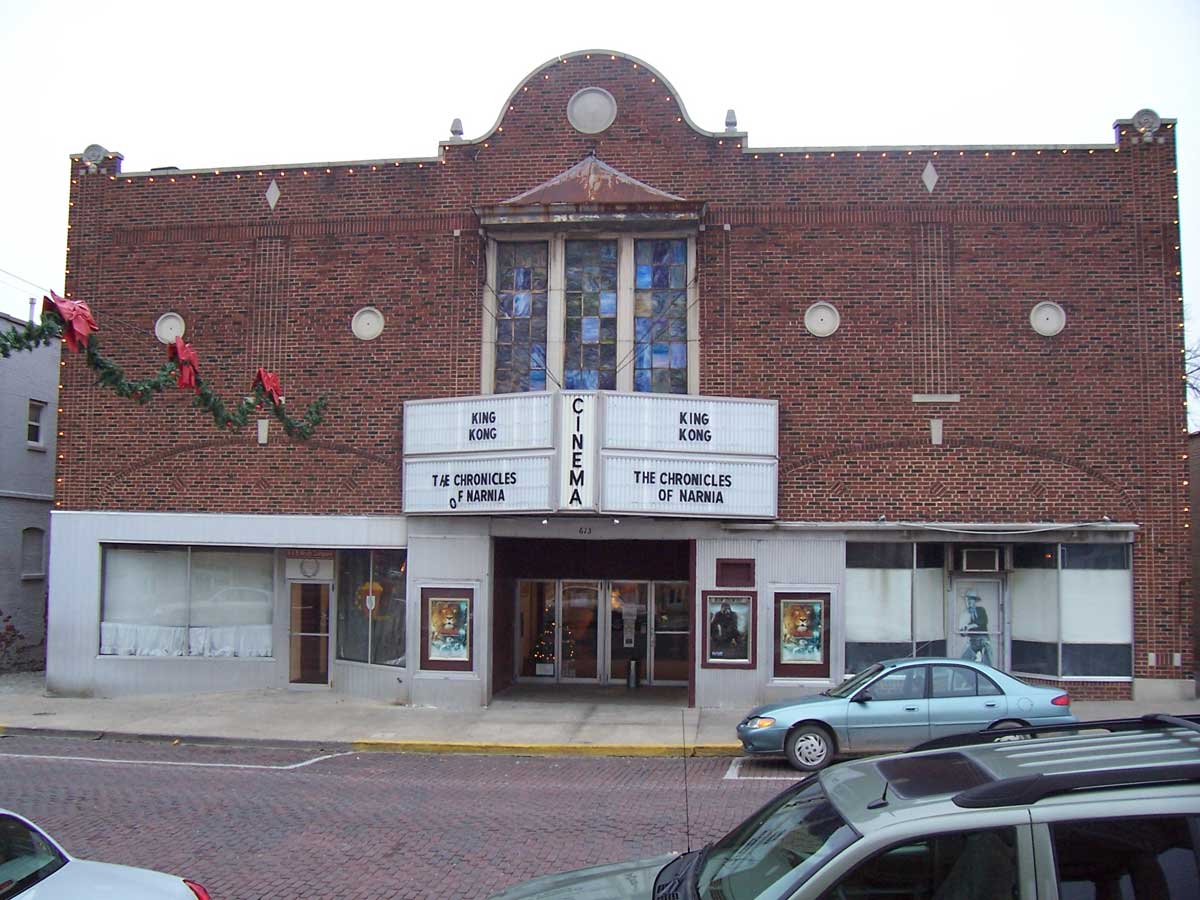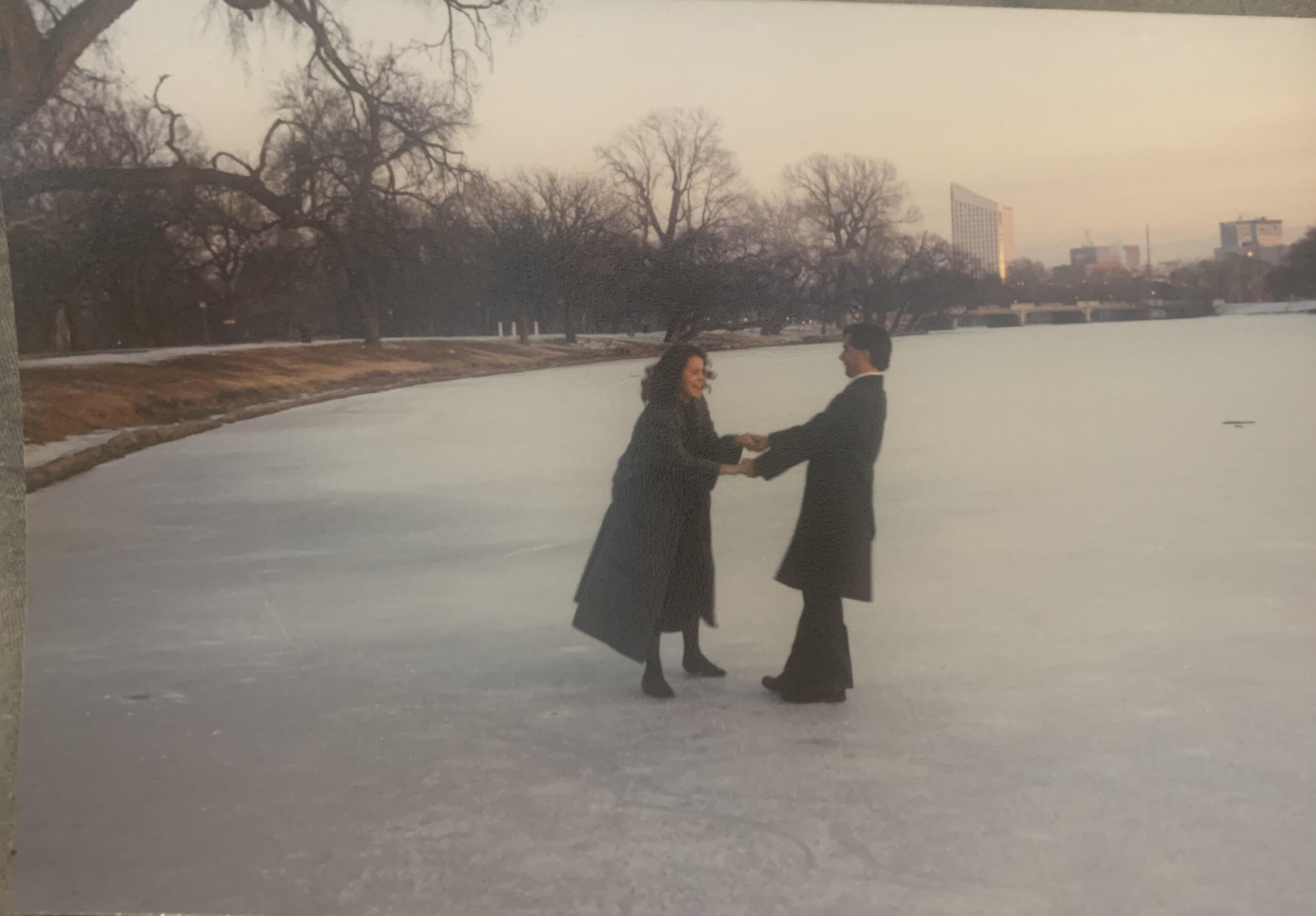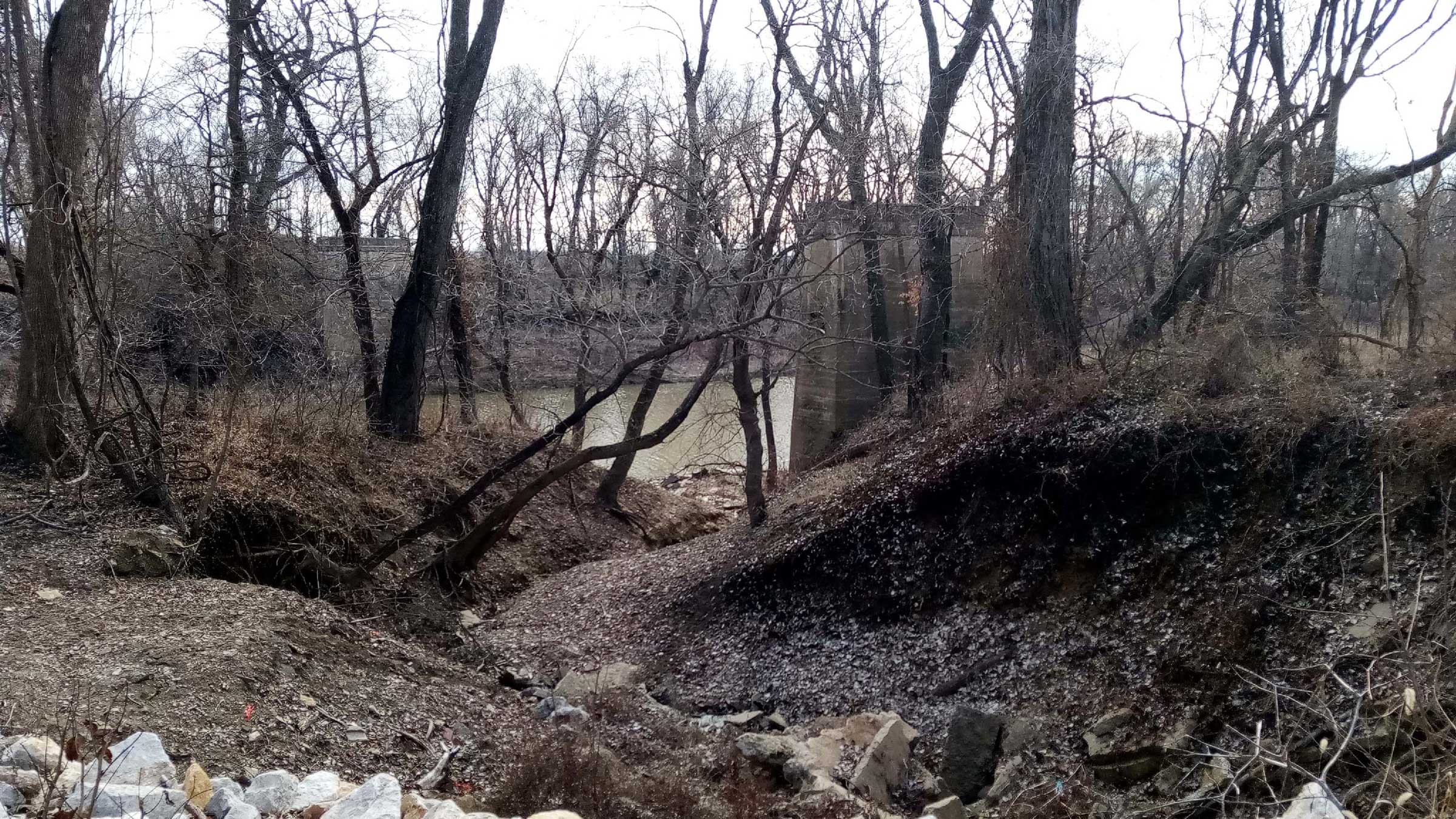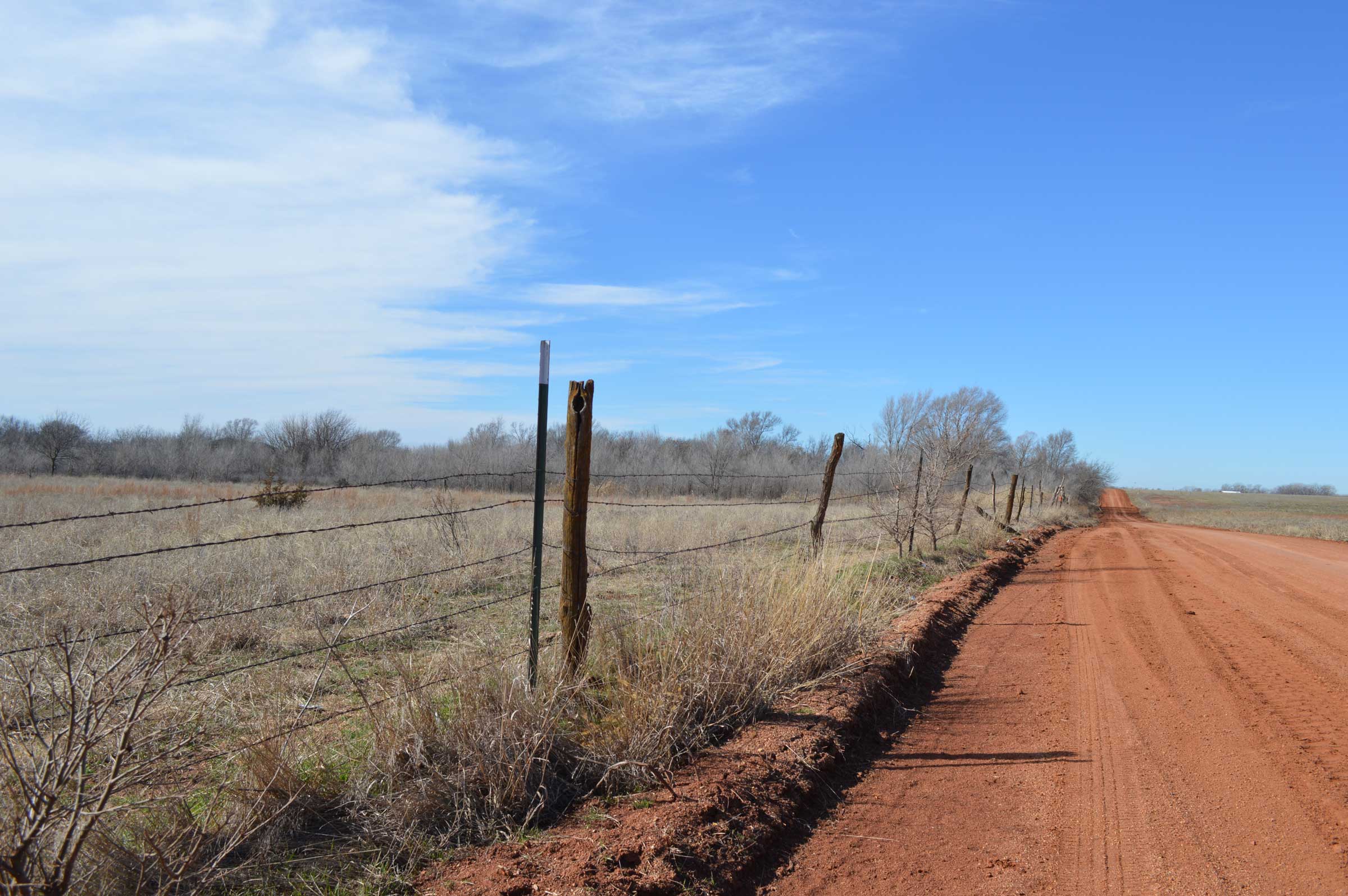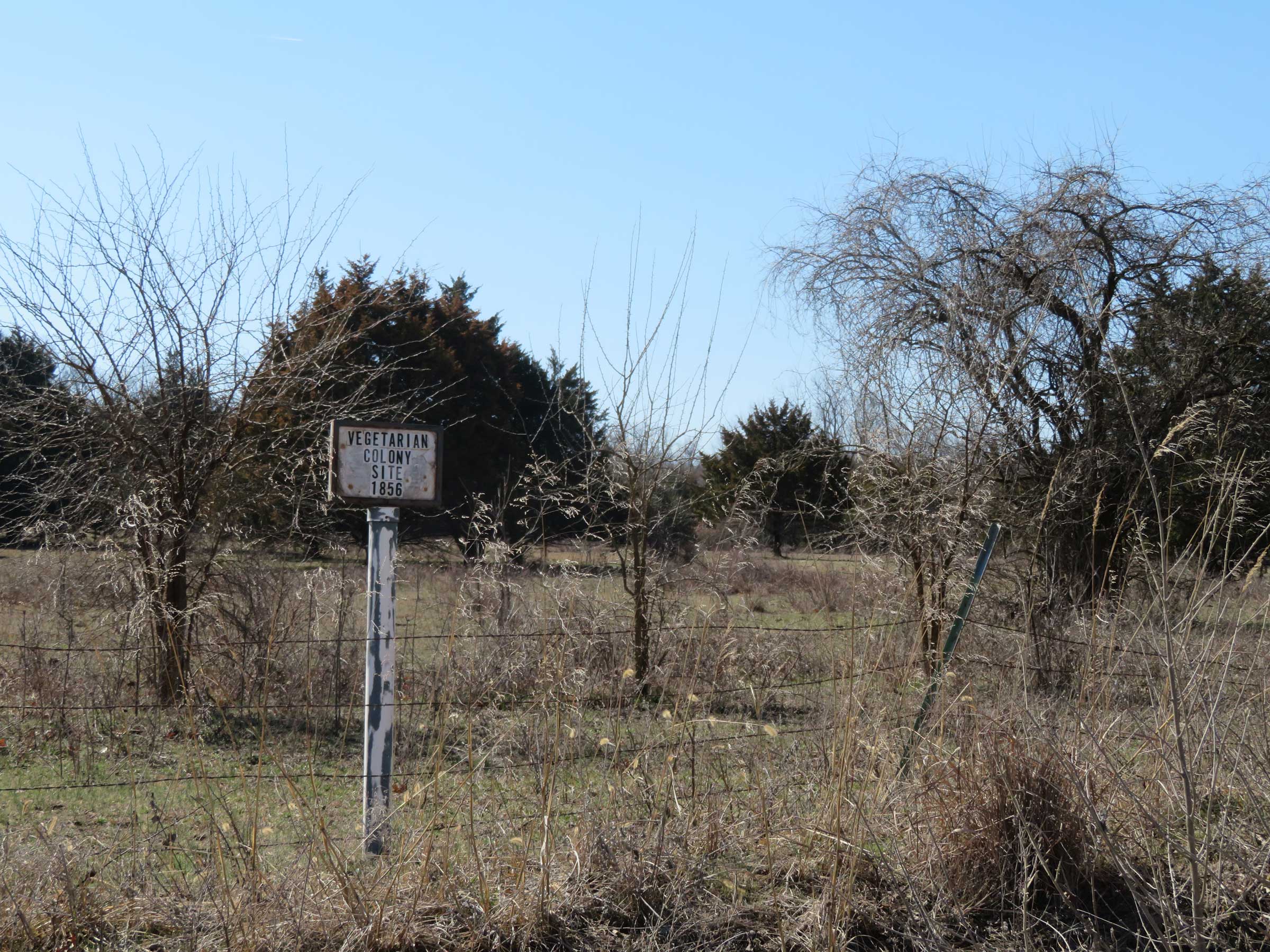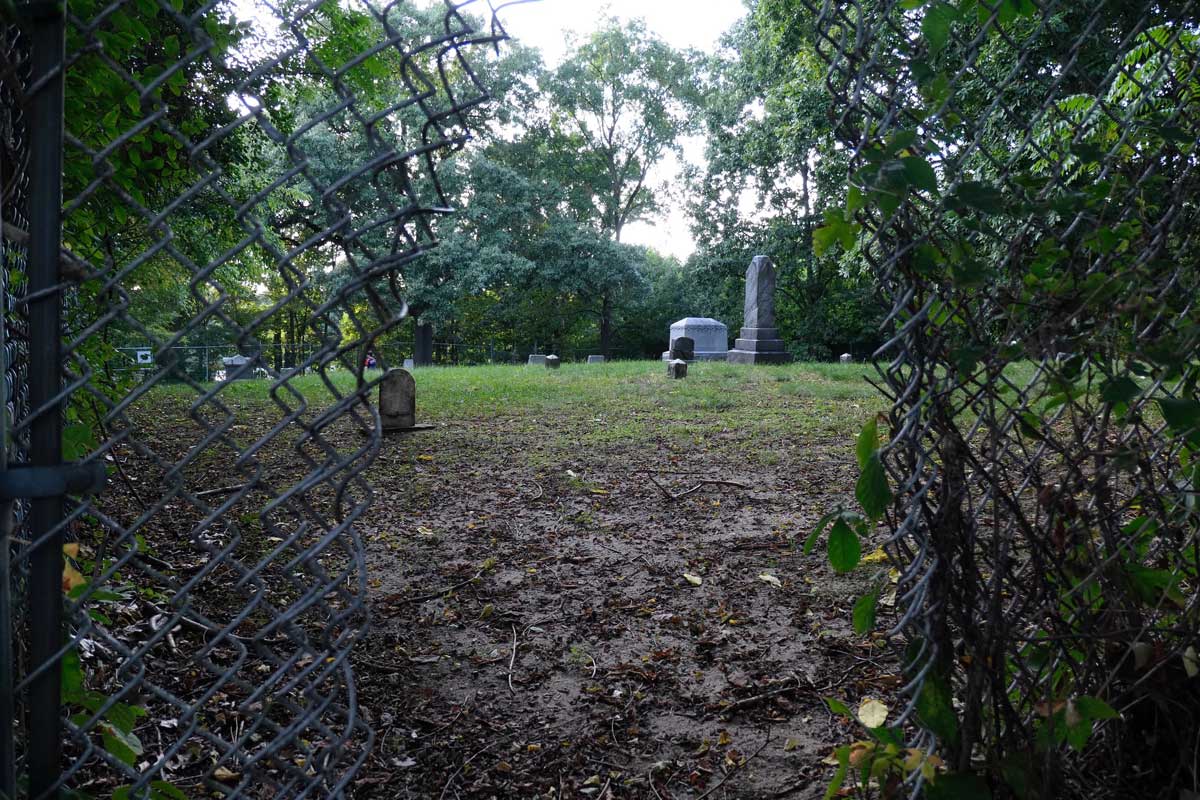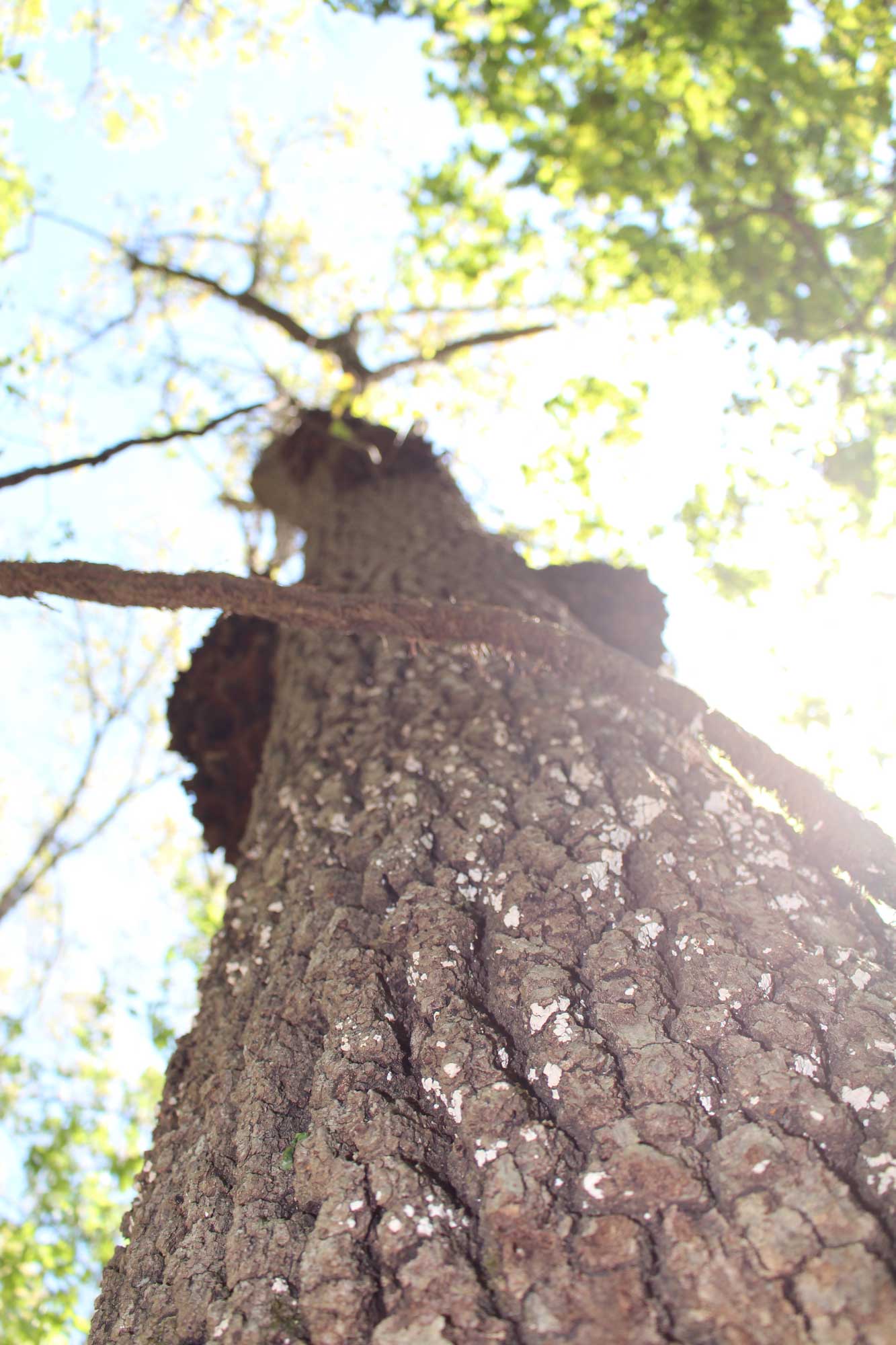Paul Vasey
Ambassador Bridge
Michigan–Ontario
By Ramya Swayamprakash
I grew up in India. I have now lived in the United States, and in Michigan, for almost a decade. But I cannot claim to be from Michigan or India — it is hard to call a place your home when your connection to it is defined by a temperamental piece of paper. Emotionally and geographically, I feel like a vagabond, without a place to root me. As much as I feel that lack of place, my entire adult life has been guided by rivers. I have followed them to their sources high in the Himalayas, chanced upon some of their most magical beginnings in Tibet, and written about their entrapment in peninsular India. I grew up listening to stories about these rivers. Rivers have been home, intellectually.
Yet, when it came to the river that I have written and thought about for the past decade, I did not know of it until I met it. The first time I flew over the Detroit River in 2013 was the first time I even heard of it. Growing up in India, I was familiar with New York and San Francisco. Much of the Midwest was a blob, with the Great Lakes at its center. At the time, Detroit was just beginning to be in the news because of its financial situation. When the captain announced we were flying over the Detroit River, I did a double take and wondered whether this was a chicken and egg situation — which came first, the river or the city. The answer as I was soon to find out, was inconsequential.
The larger story has always been how this river strait has become what author Paul Vasey calls “a fabric” of our lives, a part of “our vocabulary.” I was recommended Vasey’s 2013 memoir The River: A Memoir of Life in the Border Cities by one of my advisors, and I read it during the summer of 2017 when I was in Windsor, Ontario, finishing up archival research for my dissertation. In the shadow of its more famous neighbor, Windsor was an interesting vantage point to be researching from and reading about. I used The River as a sort of guide to walk the city and get to know it better. The Detroit River looms large in Vasey’s imagination in ways that I had not factored until I read the book and walked the city myself. The river was as much a way-finding device as it was the edge of theater — you could watch an entire city go by on the other side if you sat long enough. There was a rootedness to the river that I had not yet found on the other side of the river and border. I spent a wonderous afternoon speaking with retired ship captains at the Marsh Collection in Amherstburg, understanding the river and specifically the infrastructures that I would then spend half a decade writing about—and continue to gush about.
The river was everywhere, and never too far that summer in Windsor. The air was muggy and humid, and winds blew little or no smoke from Zug Island. It reminded me of summers long ago, in Bombay, a lifetime and half a world away. That summer, as I kayaked across from Walkerville to Peche Island, it was breathtaking. The summer sun lit up the water into a magical shade of blue, and the ruins of Hiram Walker’s mansion seemed to come alive. If you squinted enough, you’d experience some time travel. From the main shipping channel on the other side of the island, the familiar but jarring sound of a massive laker — a ship that plies the Great Lakes — might wake you up from your reverie, just in time to head back to the mainland, and across the border.
These memories are perhaps just my rose-tinted glasses, but as I remember it, the river seemed more open, more welcoming, on the Canadian side. A decade ago, it was also just easier to get to the Detroit River from the Canadian bank and sit by it, watching it, just as Vasey did, “rolling past with ducks and gulls on its back, the ocean on its mind.” It was a centering experience. As trucks crawled by on Ambassador Bridge, standing under it at Assumption Park, I would gaze at the Michigan Central Station.
Walking under Ambassador Bridge along the riverfront trail, near some maintenance workers, I spotted a laker. This park, where Vasey talks about the history of Jesuits’ landing along the southern bank of the river. On that summer day, as I looked onto Assumption Church and the bridge, Vasey’s descriptions of the park swam in my head. It was the however the people of Windsor whose descriptions really occupied my mind. Vasey paints Windsor with the love of an insider-outsider, a feeling I understand deeply.

My biased view of the river may have been filtered by the political border, which while silent and unproblematic for most North Americans, remains an anxiety-inducing experience for immigrants and those individuals with “weak” passports like mine. Taking a day trip to Windsor was a thrill, not least because I was crossing into another country with ease. I was even welcomed with a smile! Crossing back into the U.S. was a lot scarier. For those of us with weak passports, borders are real, and as much as I enjoyed The River, I found myself jealous of the author’s obliviousness to the barrier. I wanted to feel that obliviousness for a minute.
I do not quite know how to explain my relationship with this river. It is unremarkable on the surface but every time I am near, it feels like home. While I may never be oblivious to the border, the river has never judged me for the misfortunes of geography. Standing on its banks, geological time rolling by while I try and write about humans, I feel humbled, mesmerized by everything this body of water — which flushes every twenty hours or so — has seen. I have spent a decade trying to understand and tell these stories. These tales and their river have grounded and sustained me. As a person, I am very much a work in progress, but this river and everything it does are the closest thing I have to a “home,” at least one rooted in place.
Taking my toddler to meet the river last spring was a special homecoming, my worlds colliding in the best possible way. Yet, when my toddler asked to go to the Canadian bank where the parks looked cooler, I had to say no. My child holds a stronger passport than I do. The border that was immaterial to them was very much visible to me, with a weak passport in my back pocket. If we crossed over, my toddler could return at the drop of a hat, but I could not. One does not need a wall to see the border divide everywhere — you just need to carry a weak passport.
As I write this, sometimes my toddler wistfully asked for their passport to cross the border “home” to go shop at Target, since the Great White North lacks that convenience. For the first time in their life, the border has become visible. As a parent, I feel guilty about taking away their obliviousness. As a scholar, I hope this will enable more careful attention to and, someday, abolition of borders, at least in our minds. Either way, we will wait, gazing at the sun-kissed waters of the Great Lakes, thinking about making homes.
Ramya Swayamprakash is an Assistant Professor at Grand Valley State University in Allendale, Michigan. A transplant to the Midwest, Ramya researches and writes about rivers, infrastructure, and borders. Her work has appeared in the Michigan Historical Review and Water History, among others. She co-hosts Heartland History, the podcast of the Midwestern Historical Association.
For further reading on passportism, the discrimination against people holding passports from certain countries and its uncritical acceptance by citizens of wealthier nations, see Shahnaz Habib, Airplane Mode: An Irreverent History of Travel (2023).

